In May 2025, Nevada Expeditions and I embarked on an exploration of the ghost towns in Lincoln County, Nevada. Below are the sites we visited. They range from amazing history to the quirky. We had sunny days, rain and even snow! We visited nearly 40 ghost towns and historical sites in Lincoln County, as well as a few in bordering counties and Utah.
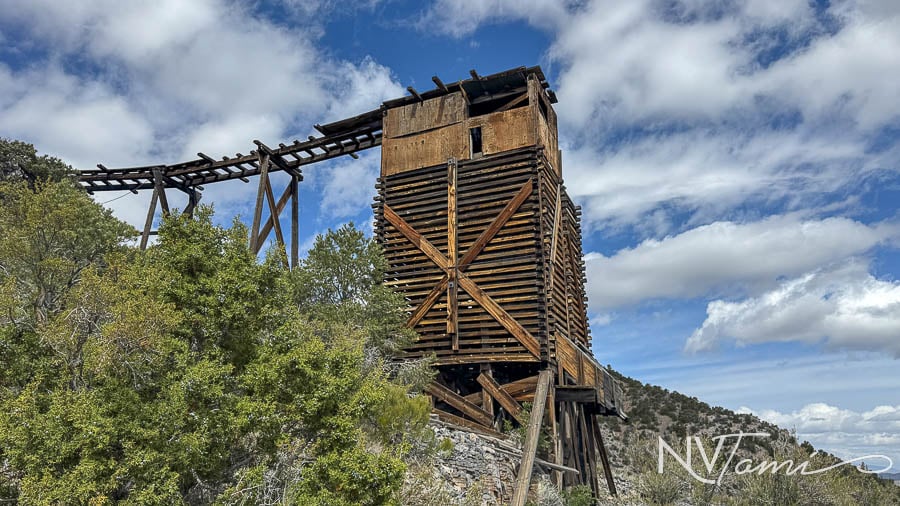
Tami’s travels: More information to come
RyanHenge

RyanHenge is a solar calendar and sundial. Basically, a Nevada Stonehenge. The calendar is designed to last 1,000 years. Ryan Williams, head of the landfill, followed the movements of the stars on the same day each month. Light flashes through the flagpole at high noon, converting it to a sundial.

The calendar and another sundial were fascinating. I could see Hubby building something like this on the ranch. I wasn’t expecting the gorgeous grounds, train cars, and animals, including llamas and camels.

It was strange being in the calendar when the peacocks went off. Their screams echoed off the concrete, making me feel like I was in a horror movie with children screaming from every direction.

Meadow Valley Wash
Last year, I explored the western end of the wash at the amazing Huntsman Cabin, home of the Nevada legend, Lady of the Lantern. We didn’t have time to explore the rest of the wash so it was a top priority this year.

Set against dramatic petroglyph-covered cliffs is the 133-year-old Kane Springs Ranch and the Huntsman Cabin. It is a popular destination for explorers who visit the abandoned rock cabin and unique petroglyphs depicting men in cowboy hats riding horses and wagons.

Who were the people who once called this remote cabin home? How did Emeline Huntsman become the legendary “Lady of the Lantern?” Learn more.
Rainbow Cayon
The beginning of our trip was Rainbow Canyon Scenic Drive, Hwy 317, which parallels the mainline of the United Pacific Railroad. Trains still run several times an hour. Many of our stops were small stations along the railway line.
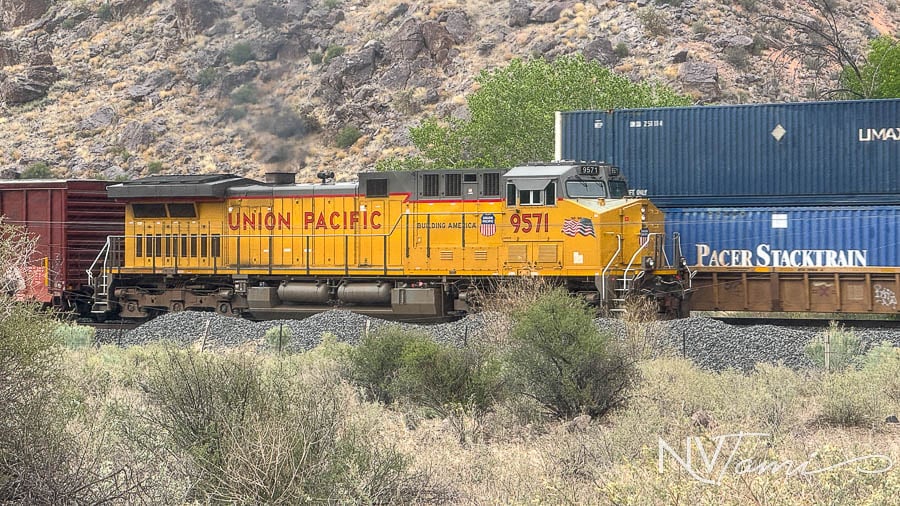
The line started in 1904 as part of the San Pedro, Los Angeles, and Salt Lake Railroad. The Union Pacific later assumed the line.
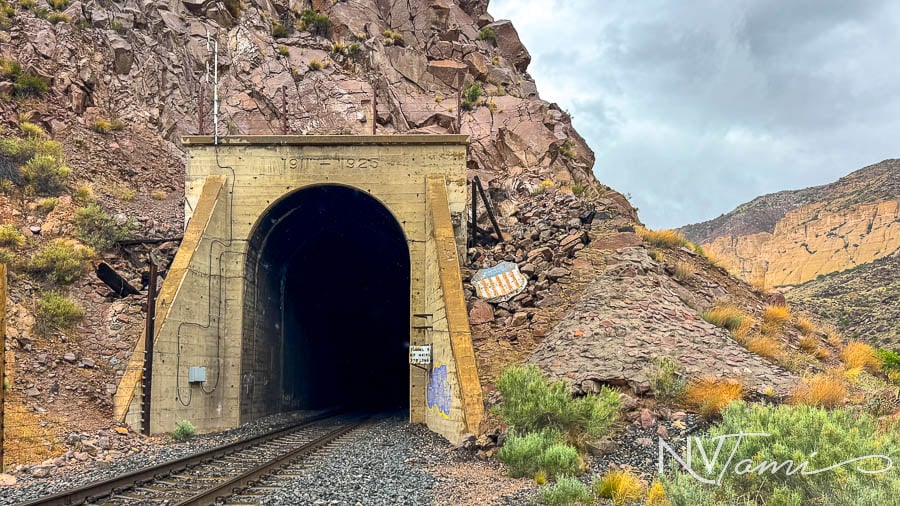
Carp
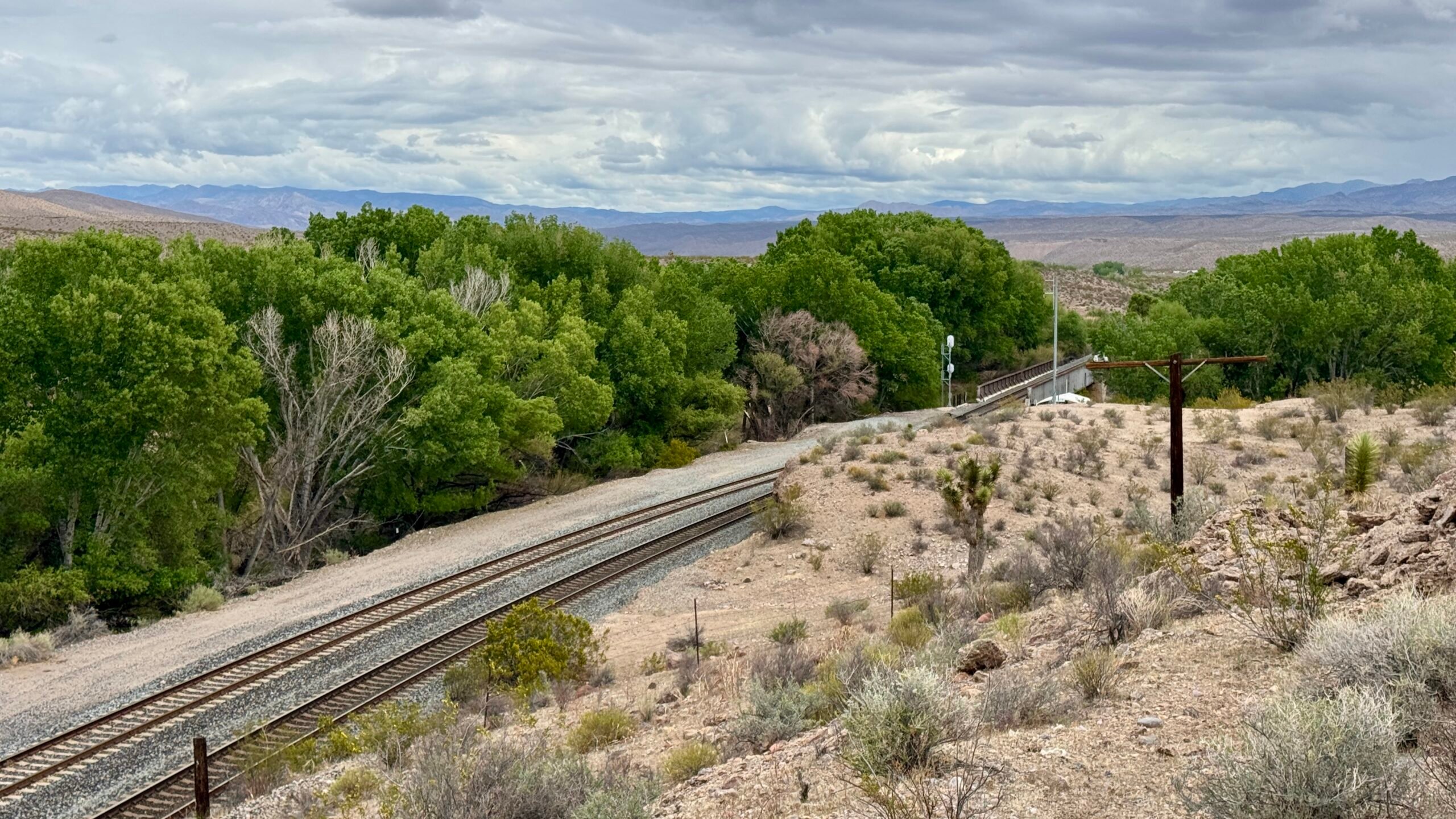
Carp was a station for the Union Pacific Railroad. A post office opened under the name Cliffdale in 1918 but was rescinded. It reopened in 1921 but changed its name to Carp in 1925 in honor of a railroad agent. The post office served the local ranches until 1974.

Leith
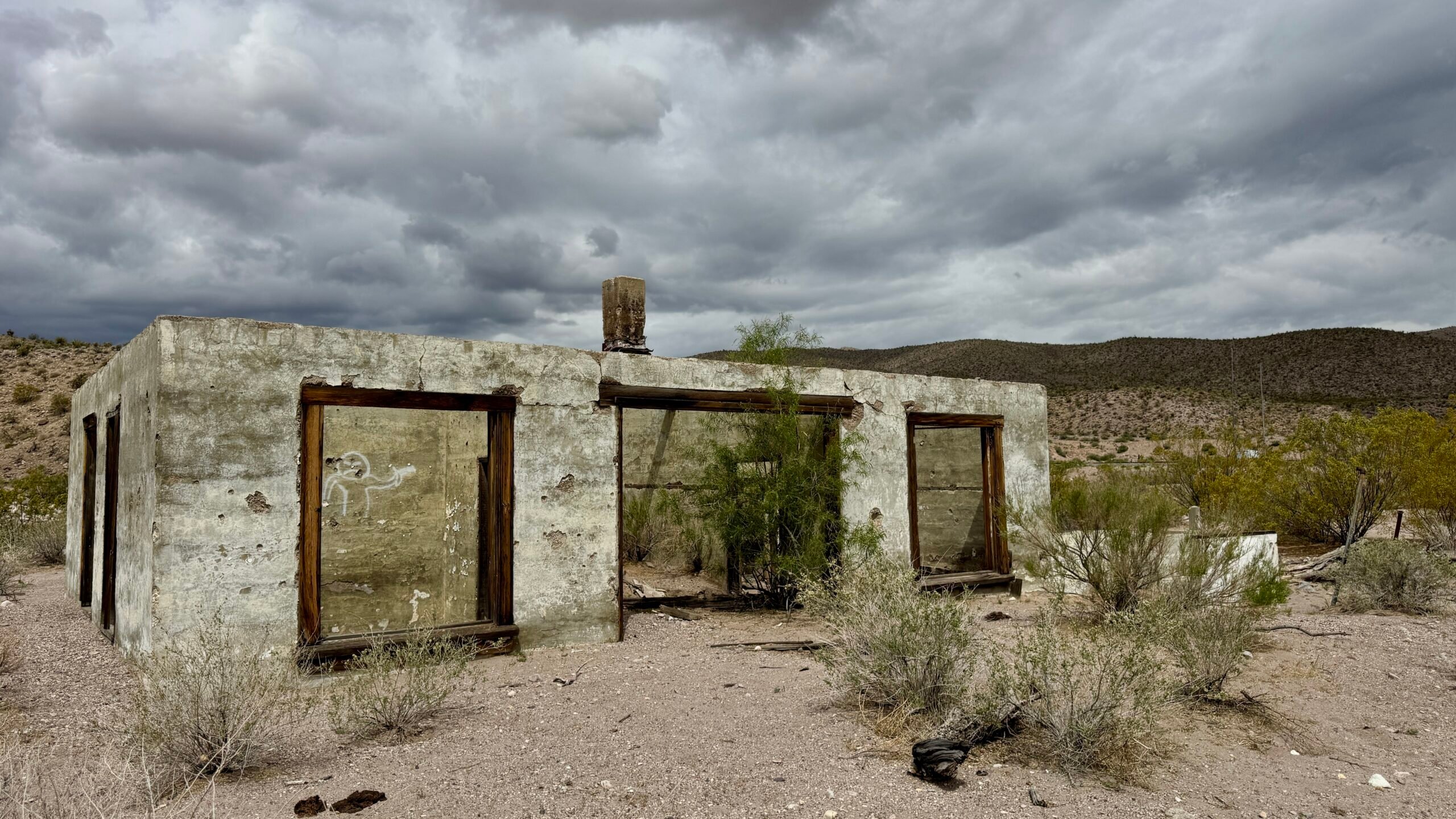
Leith was a railroad siding for the Union Pacific Railroad.
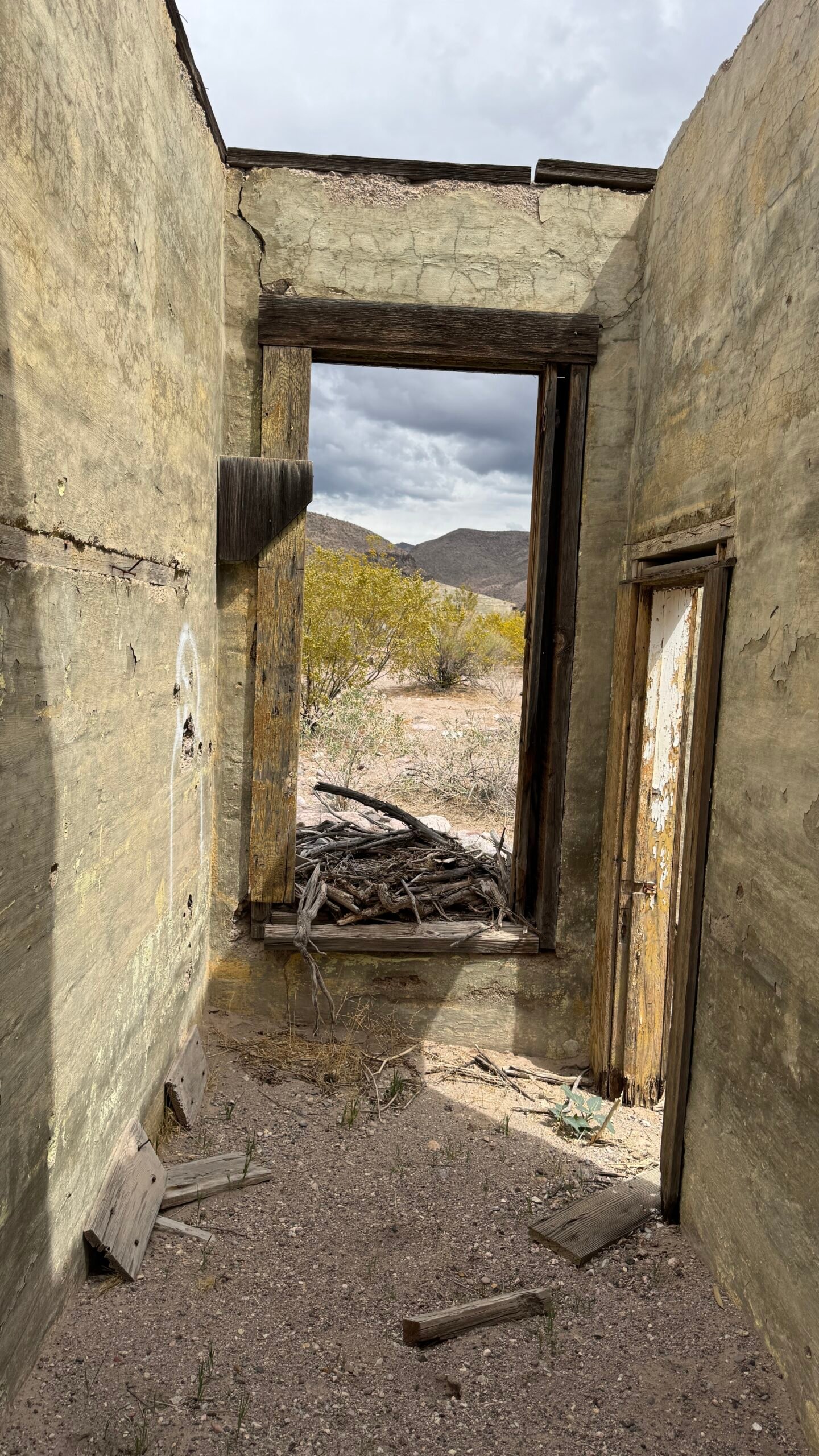

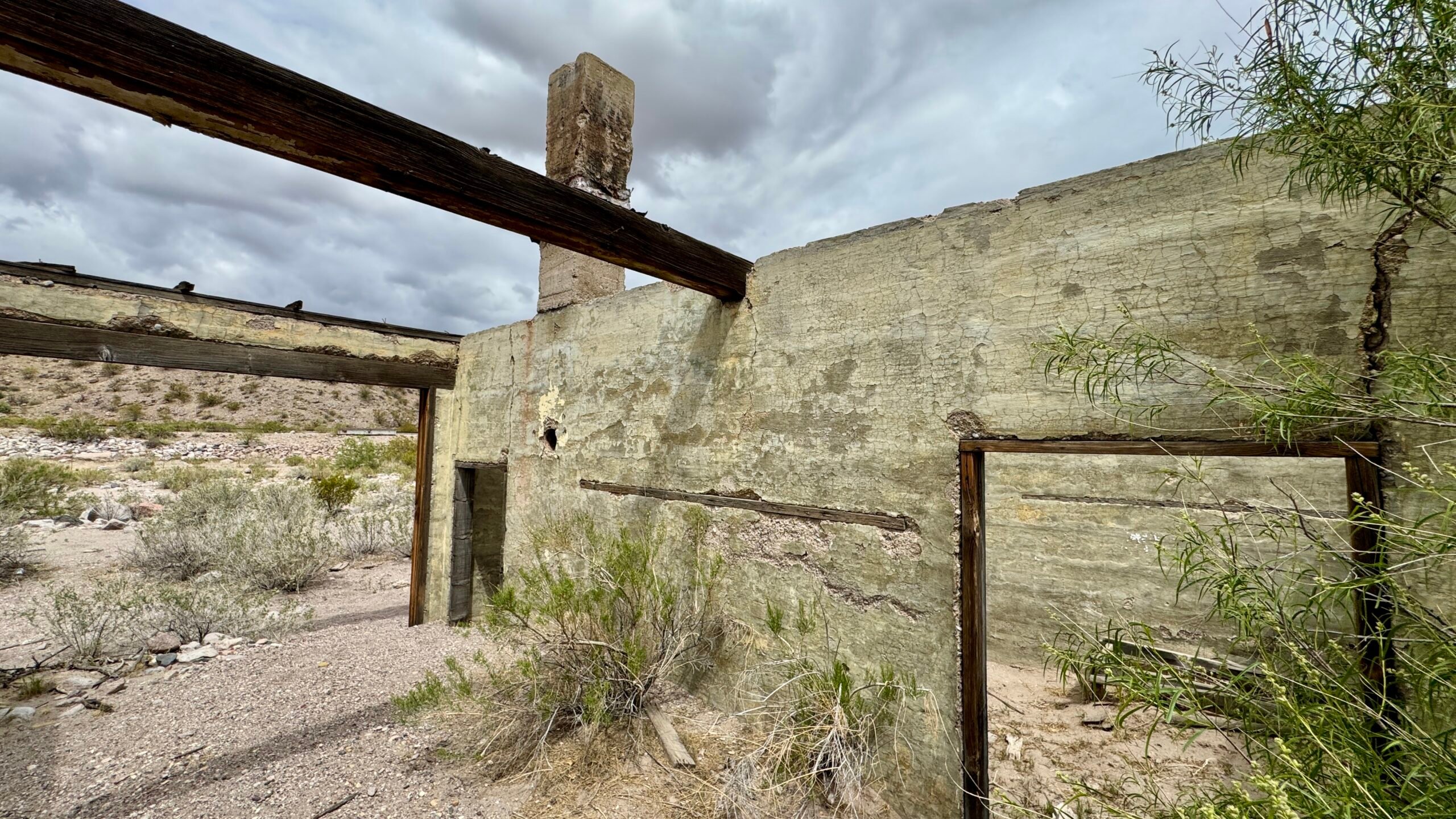
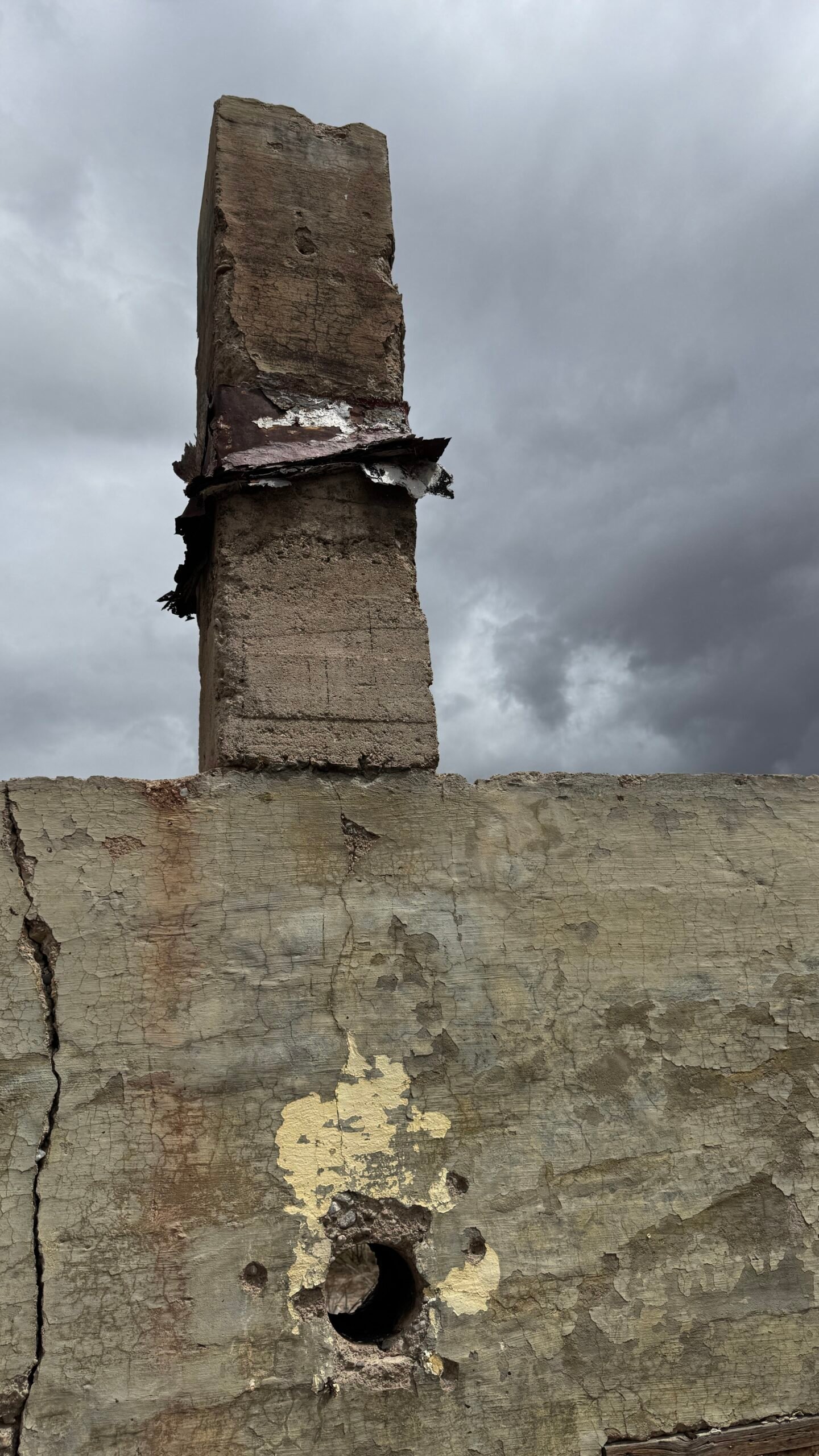
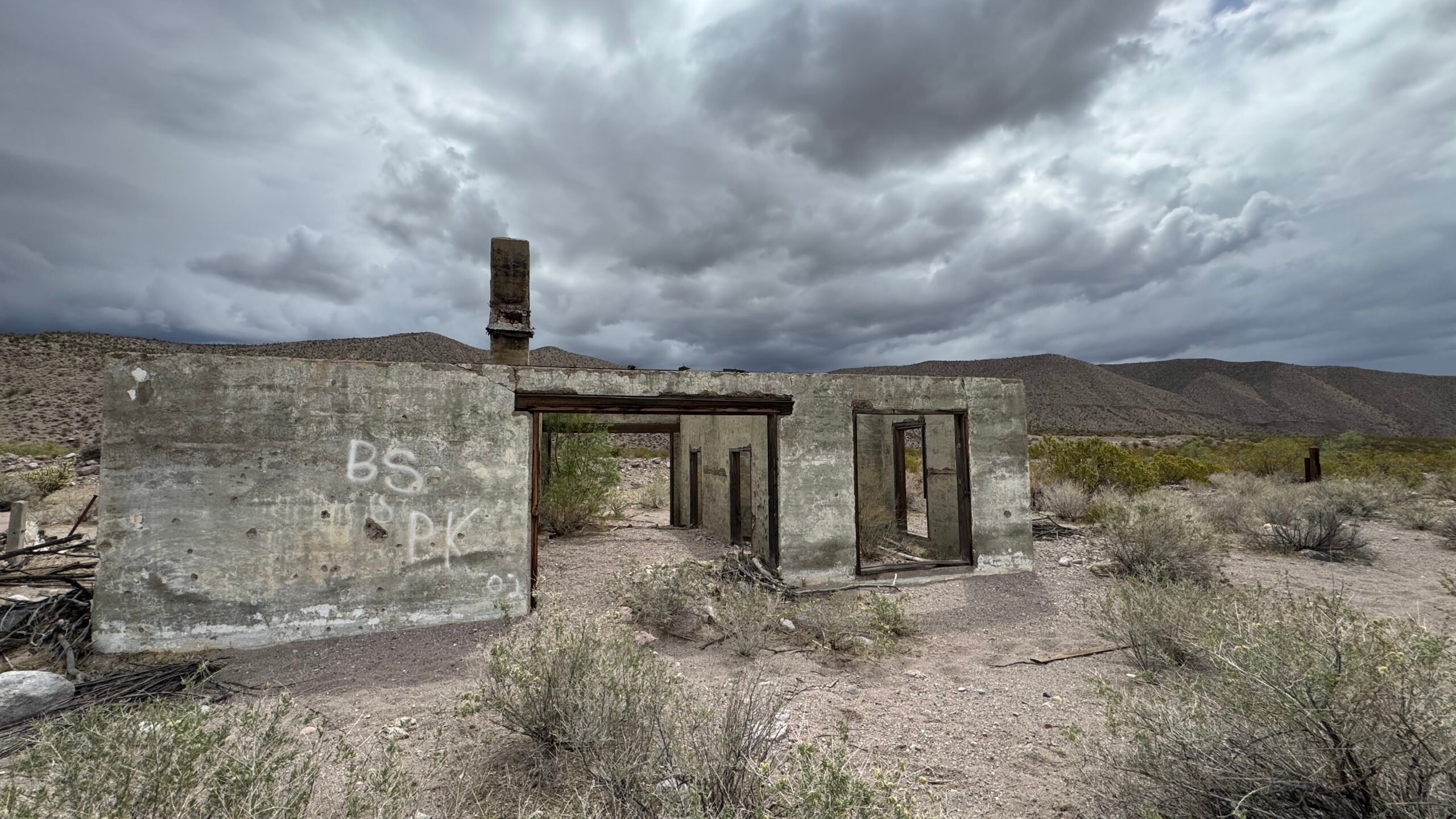
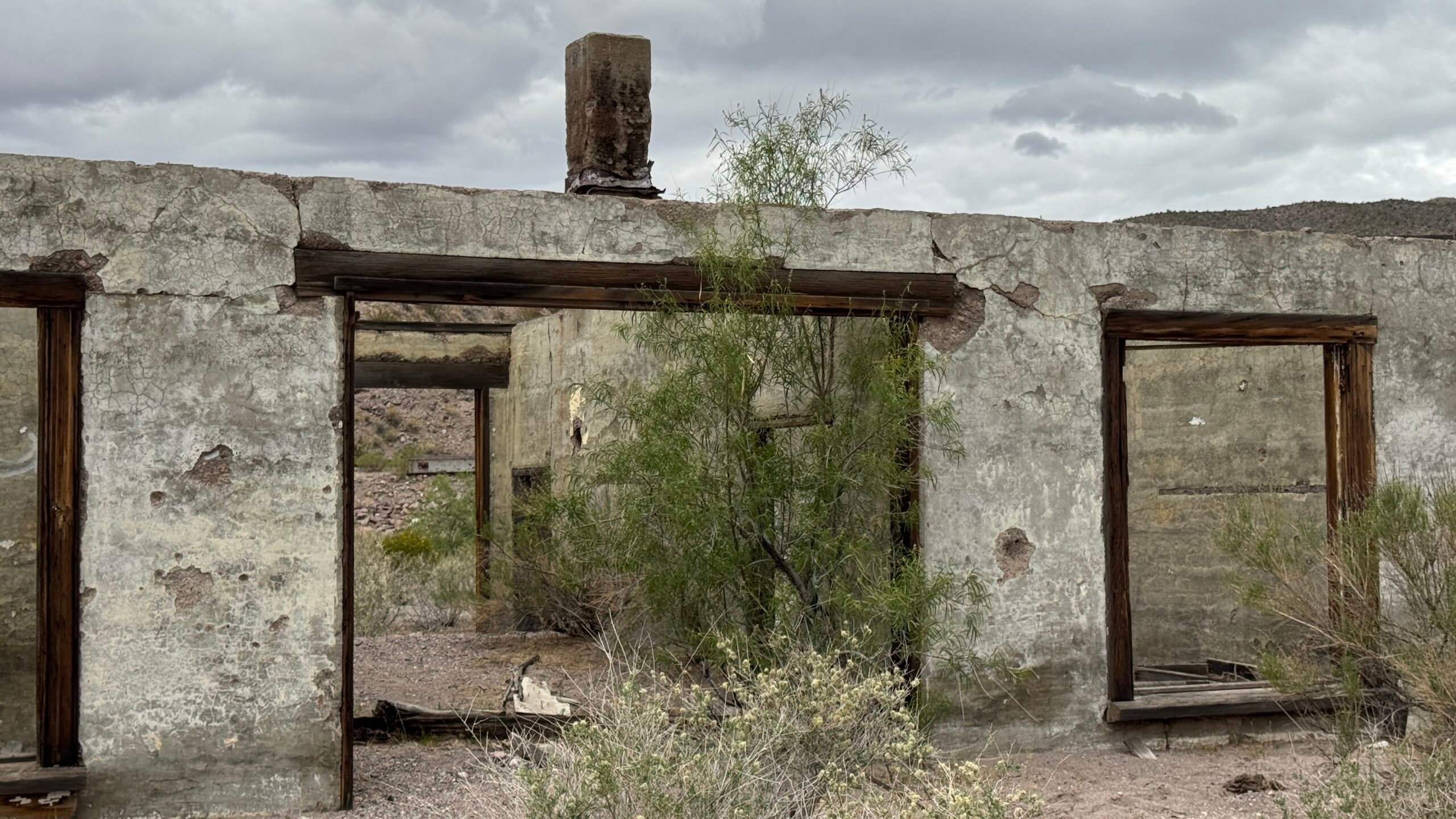
Walking around the abandoned house at Leith, I noticed the human-shaped graffiti. It took me a minute to realize someone had turned it into a shoot-house. Please don’t do this. Historical sites are protected under state and federal law. As much as I love shooting, do it responsibly.
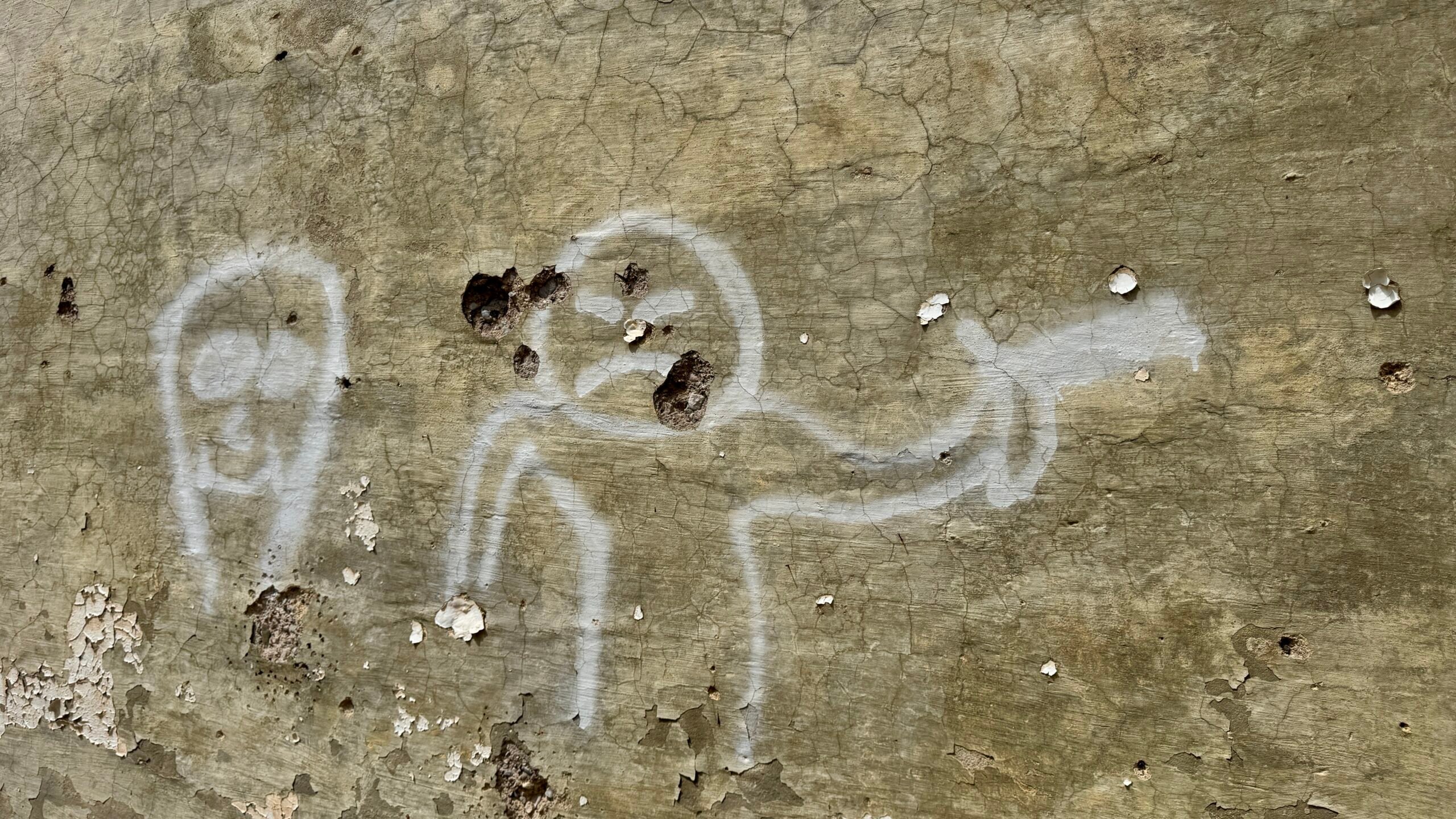
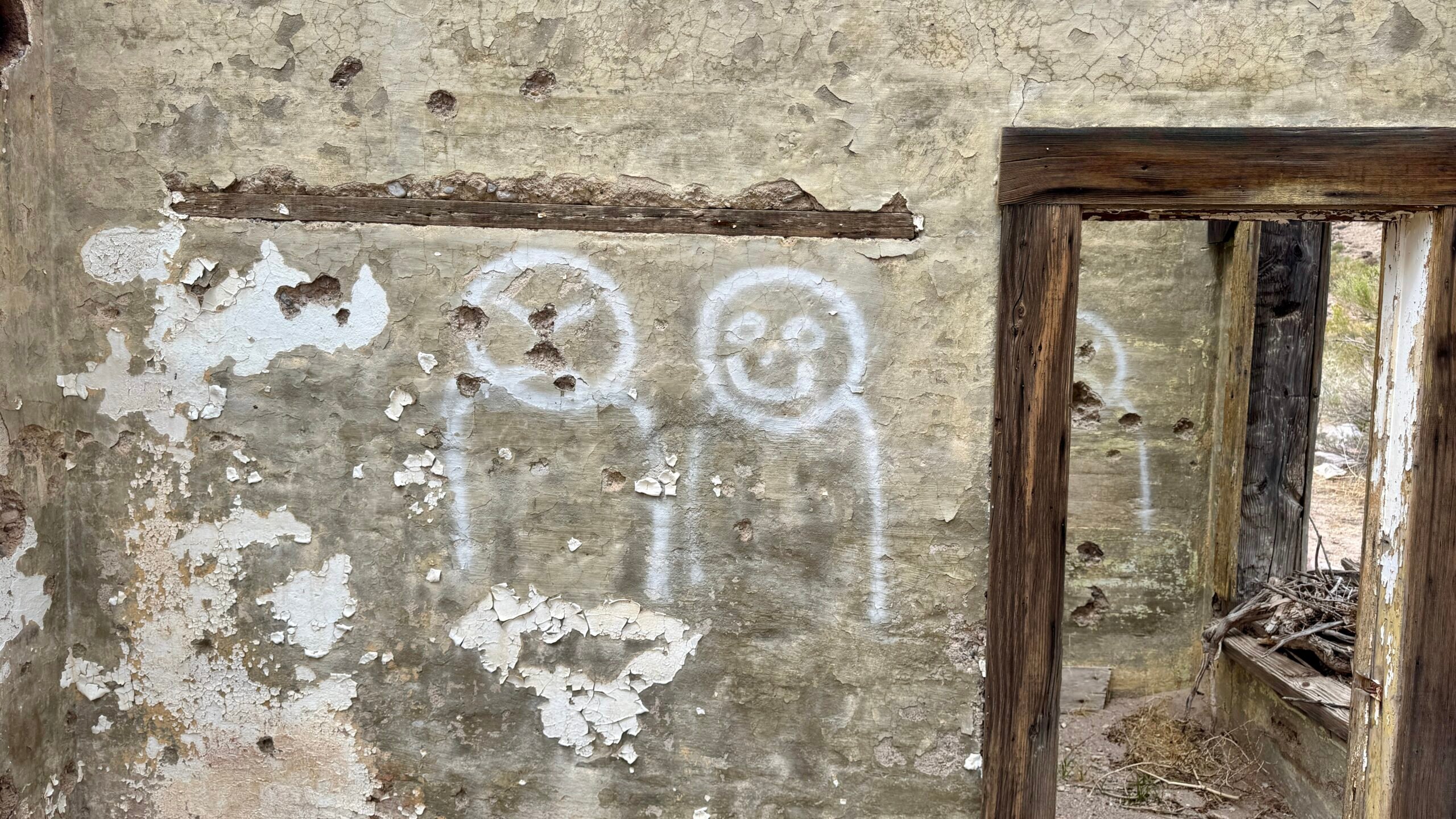
Kiernan
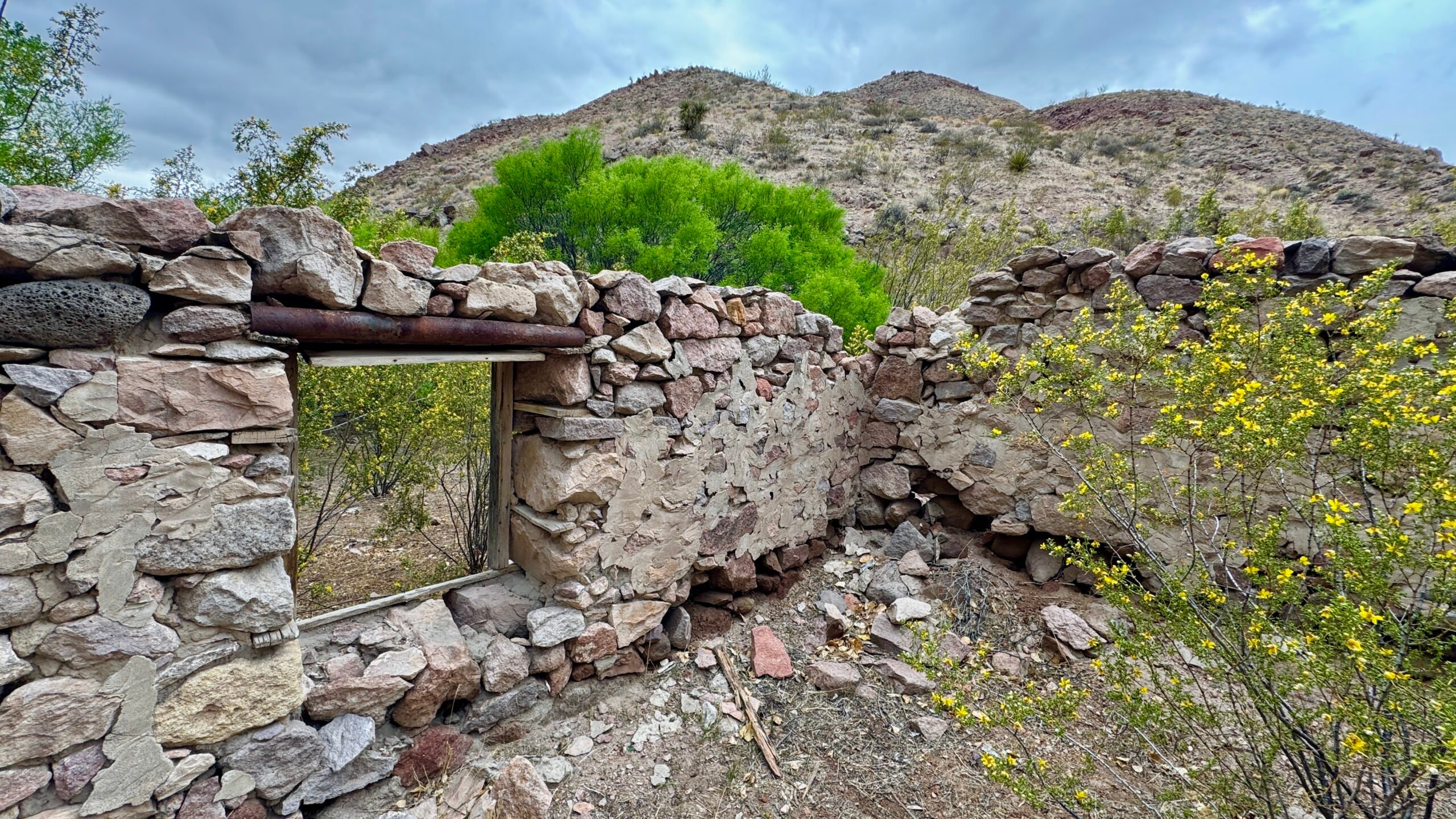
The Kiernan family had a ranch in Rainbow Canyon. John Kiernan was born in 1845 in New York. He married Phillippa Andrea Anderson on January 6, 1872, in Bullionville. Phillippa was a Mormon pioneer who moved to Utah in 1866 with her mother and sister to join her father and brother, who had emigrated two years prior. The family moved to Bullionville before 1870. The couple had five children. Tragically, they lost two children in the diphtheria outbreak in 1892. John died at the ranch in 1904.

Kiernan had a post office from 1891 to 1904 and 1908 to 1912, when service transferred to Caliente.
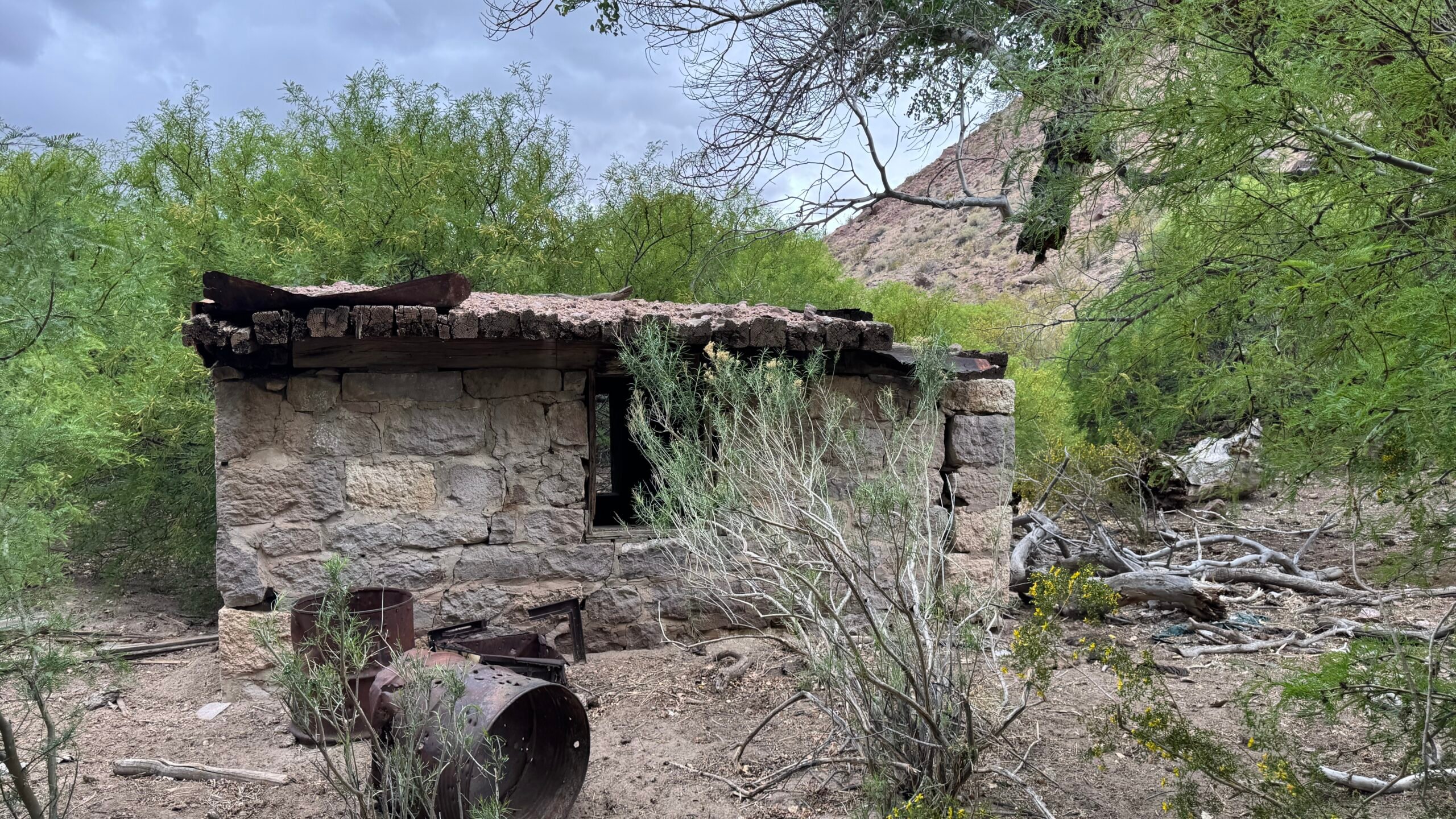
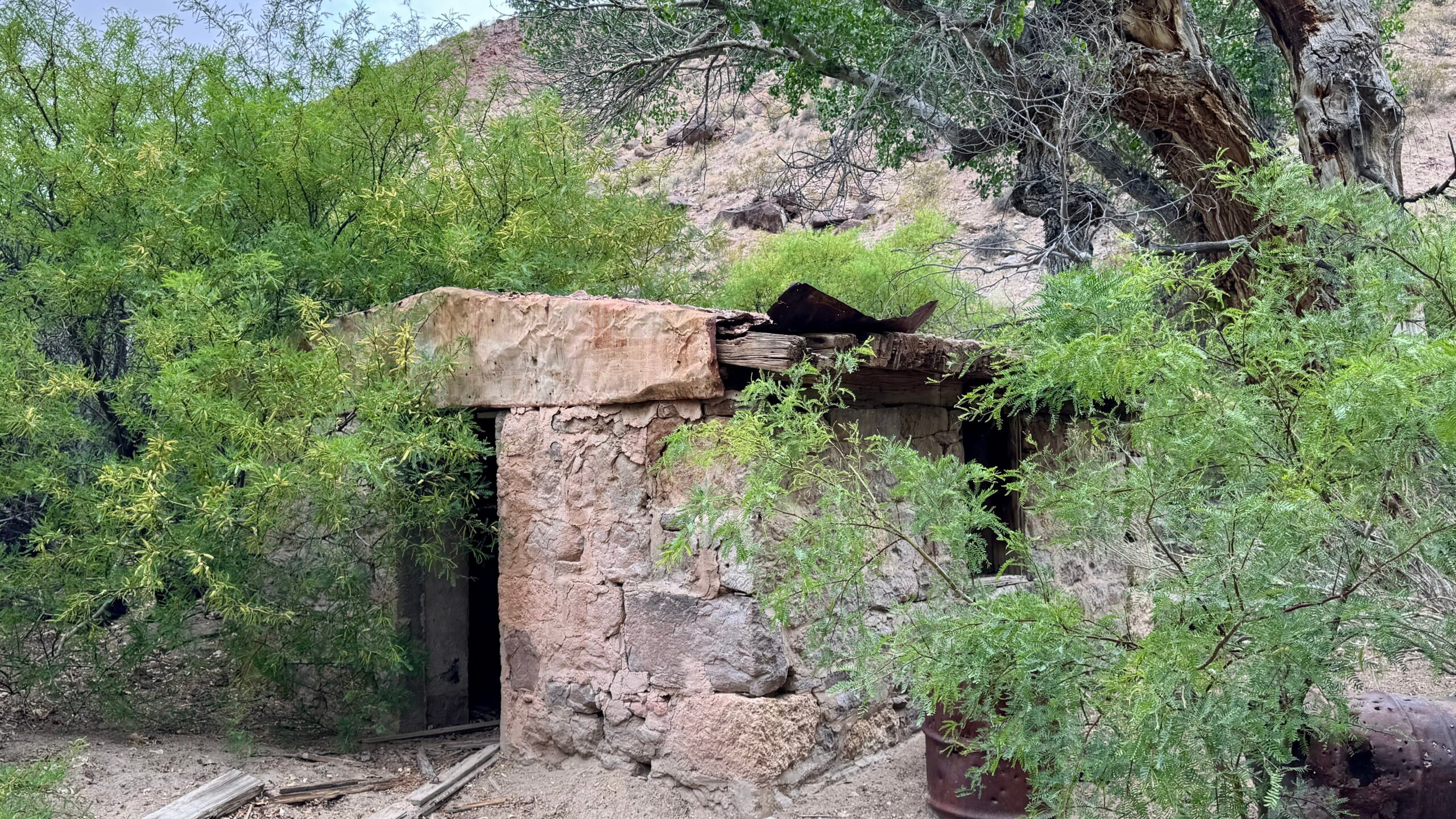
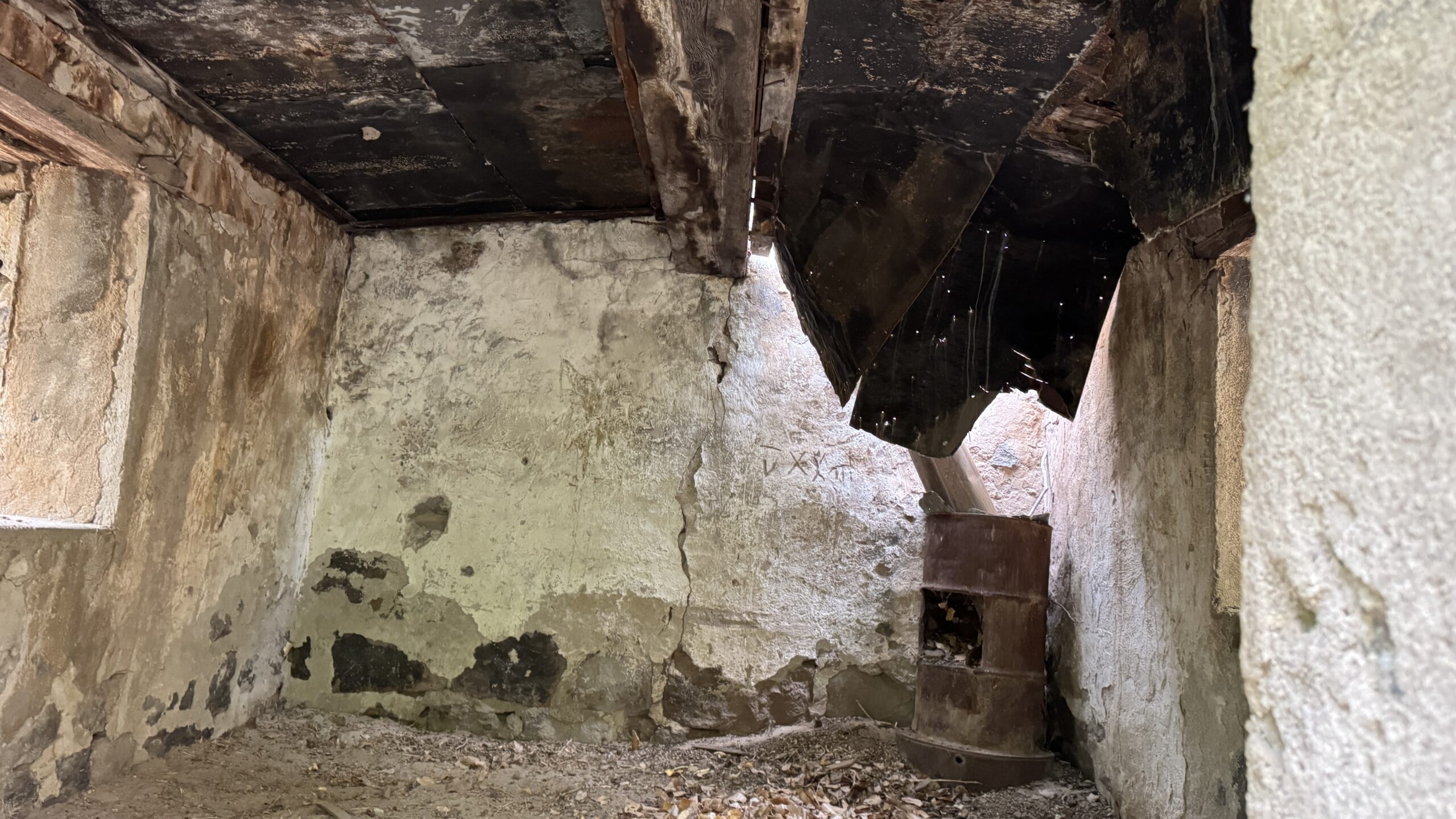
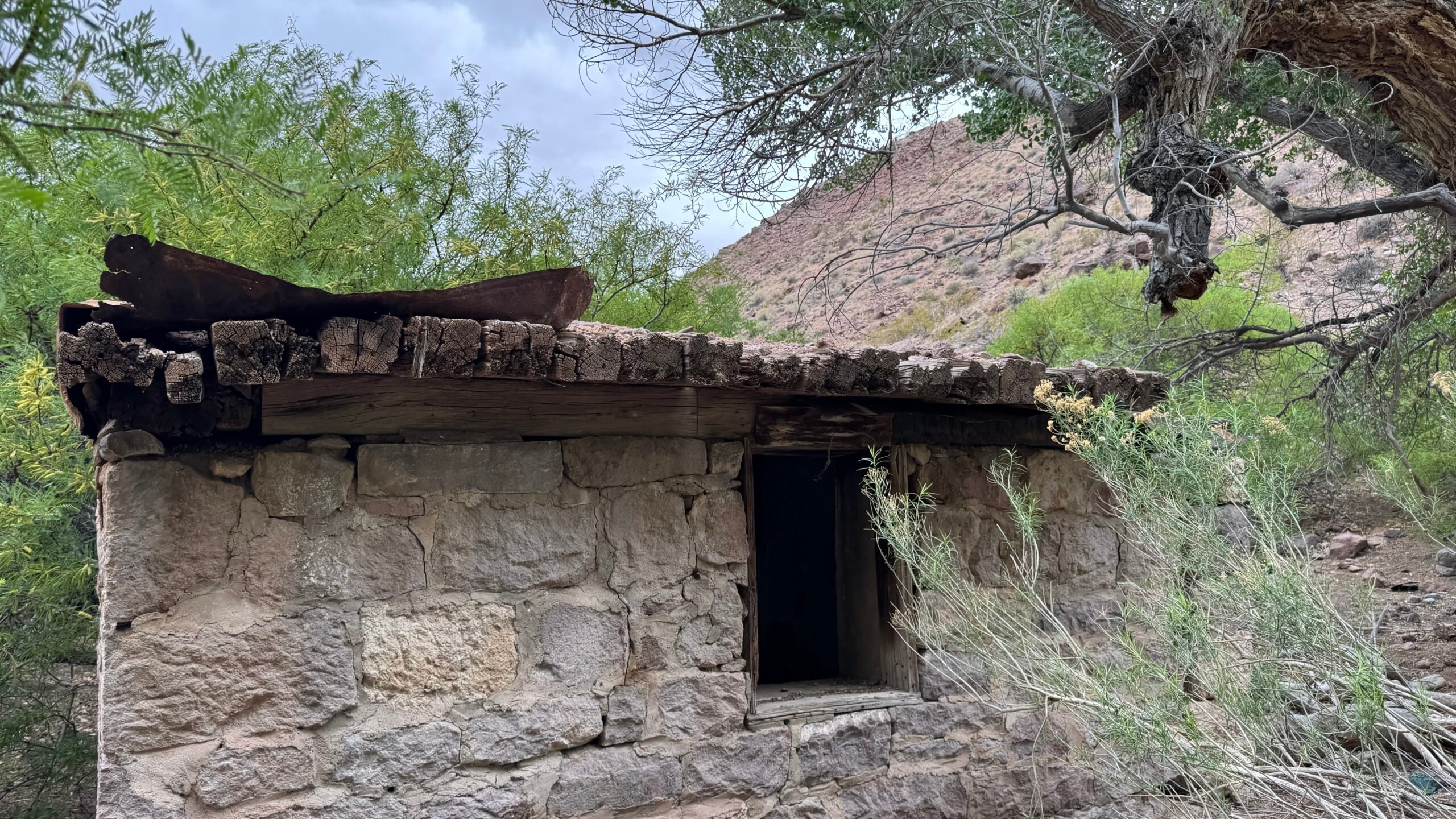
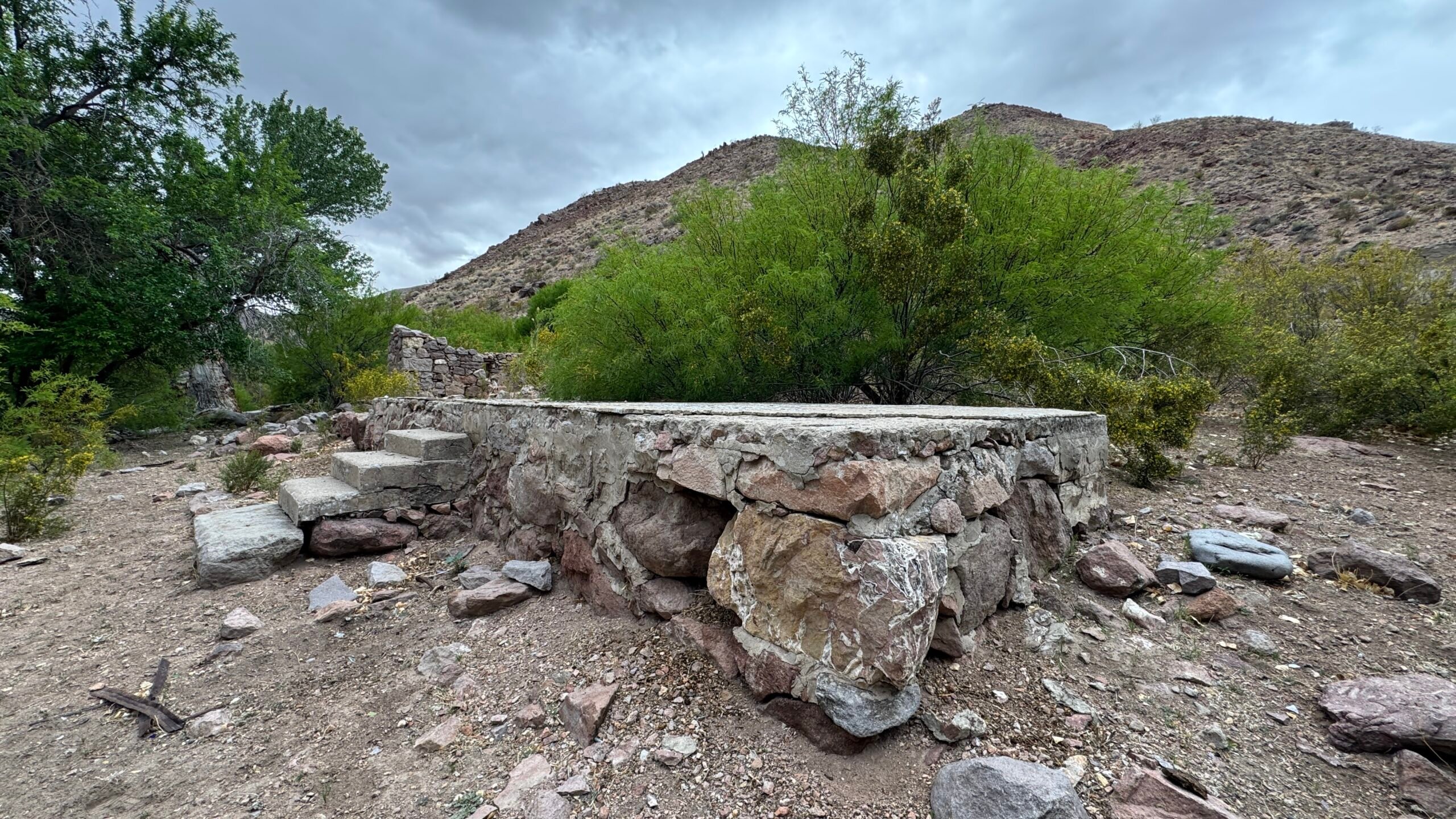
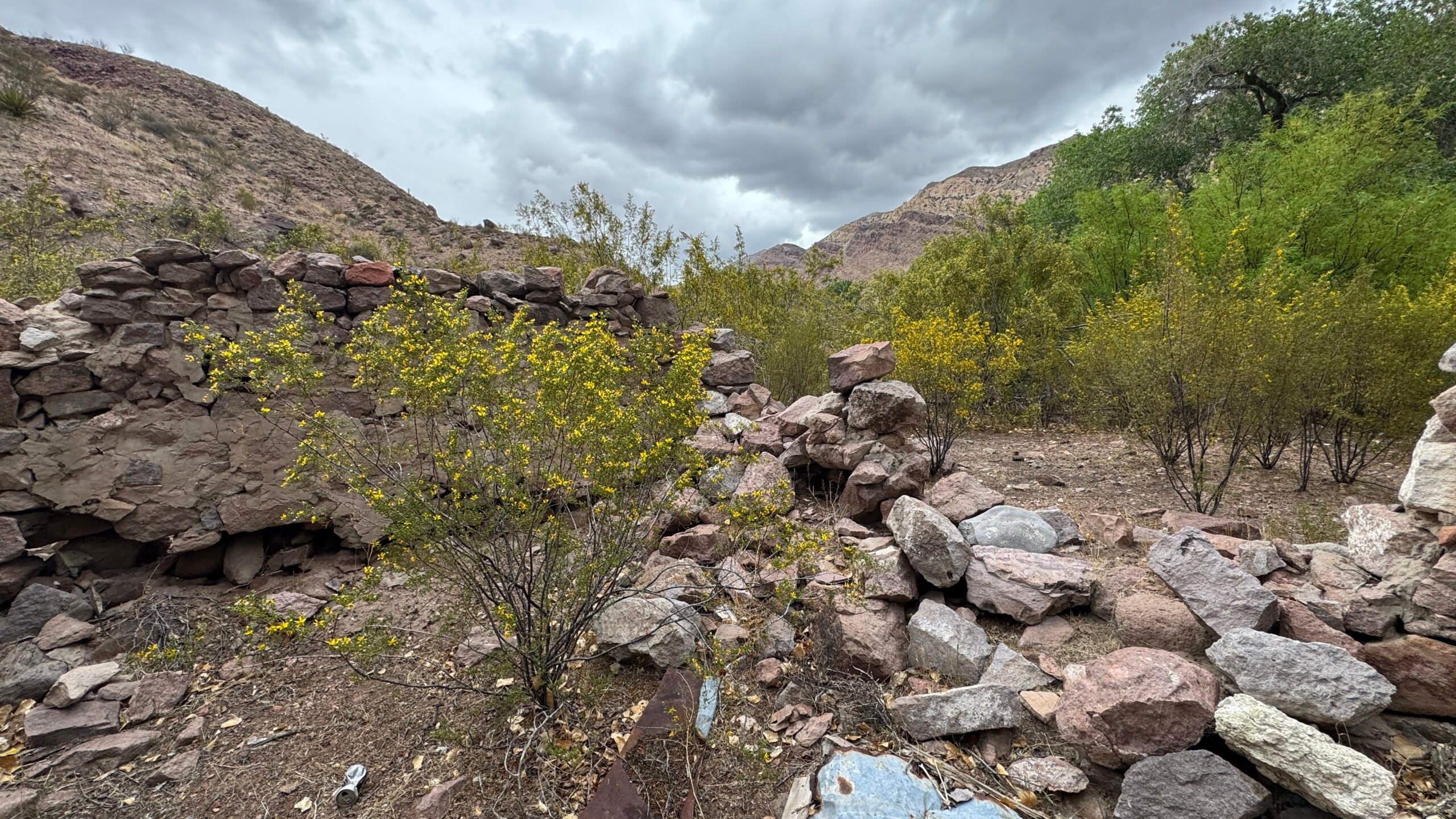
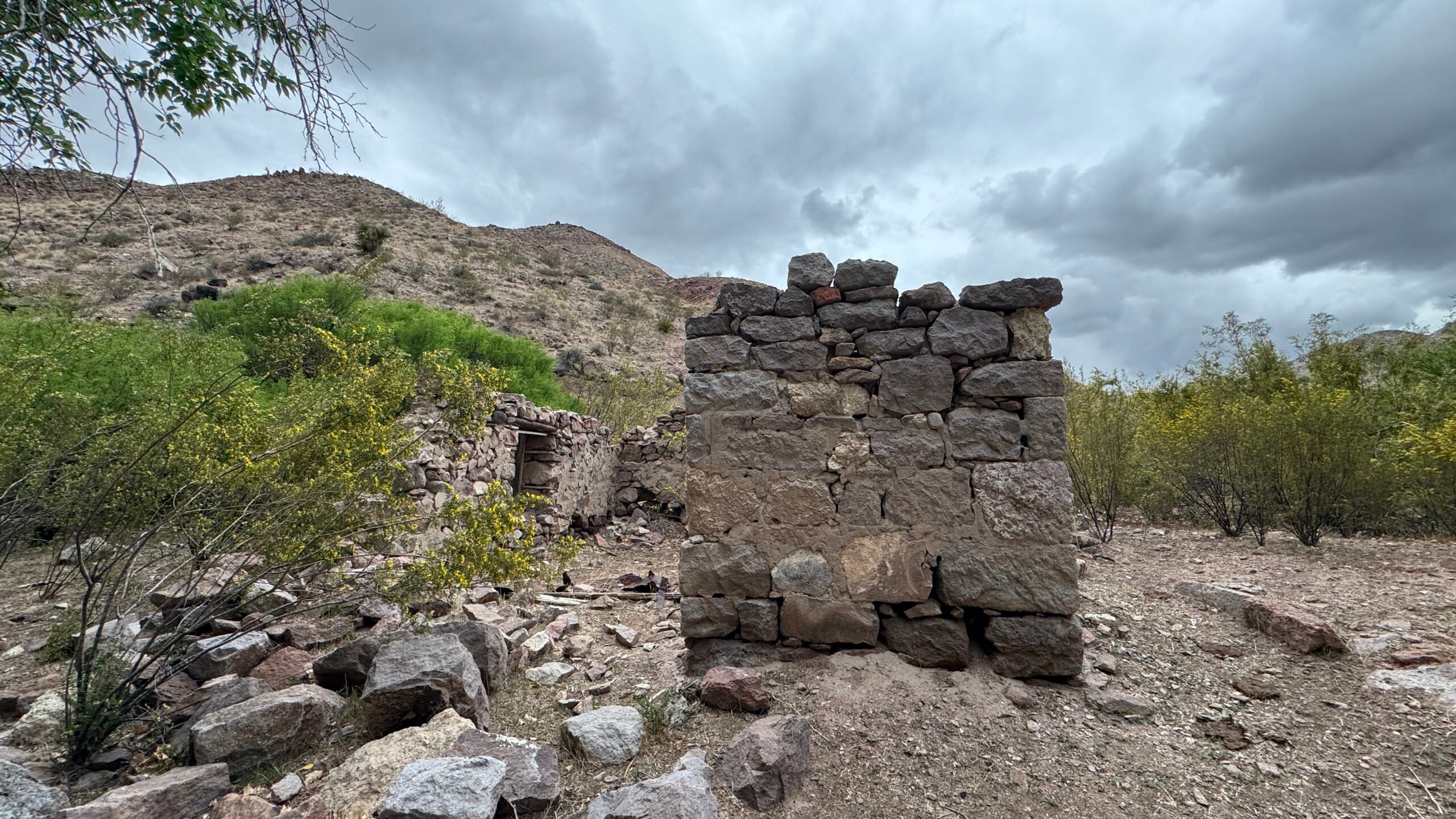
Elgin
Elgin started in 1882, but a post office didn’t open until 1913. The closest school was Panaca, too far for the children living in Rainbow Canyon. In 1921-2, the community built a school at Elgin. Two years later, they added teacher housing.
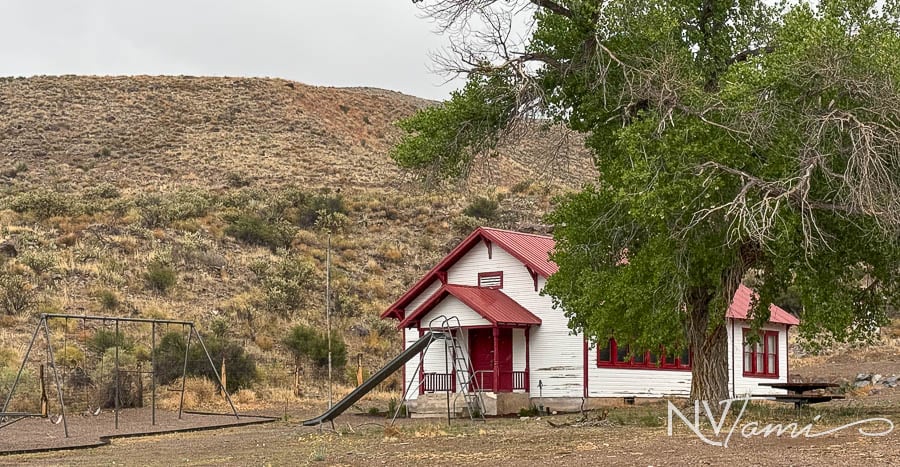
The post office closed in 1966, and the school the following year. Nevada Division of State Parks took over the school in 2005.
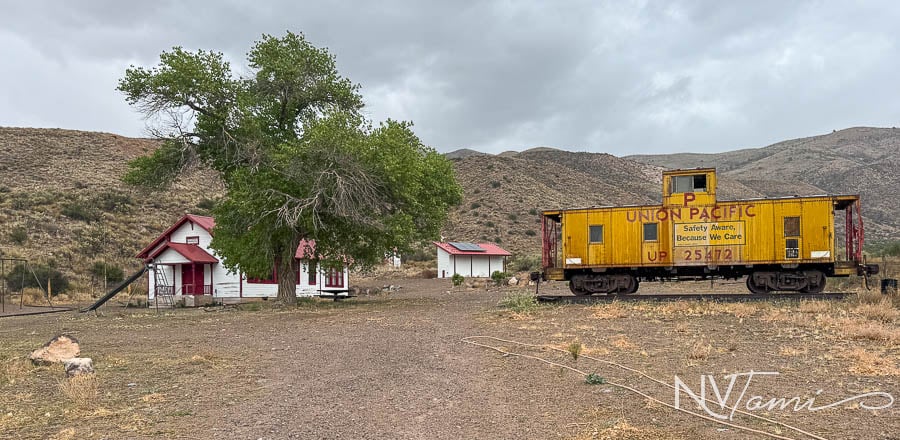
Rainbow Canyon petroglyphs
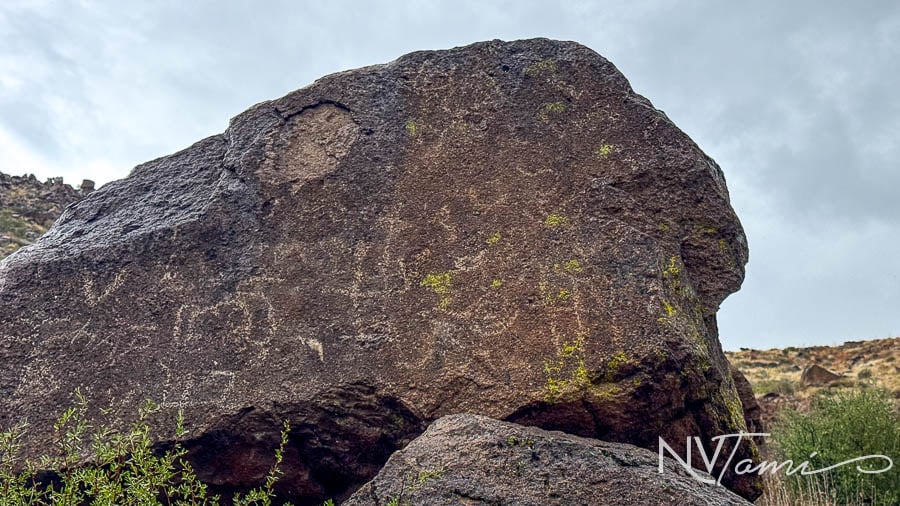
The Southern Paiute made a temporary home in Rainbow Canyon. Petroglyphs and pictographs mark their time in the canyon.
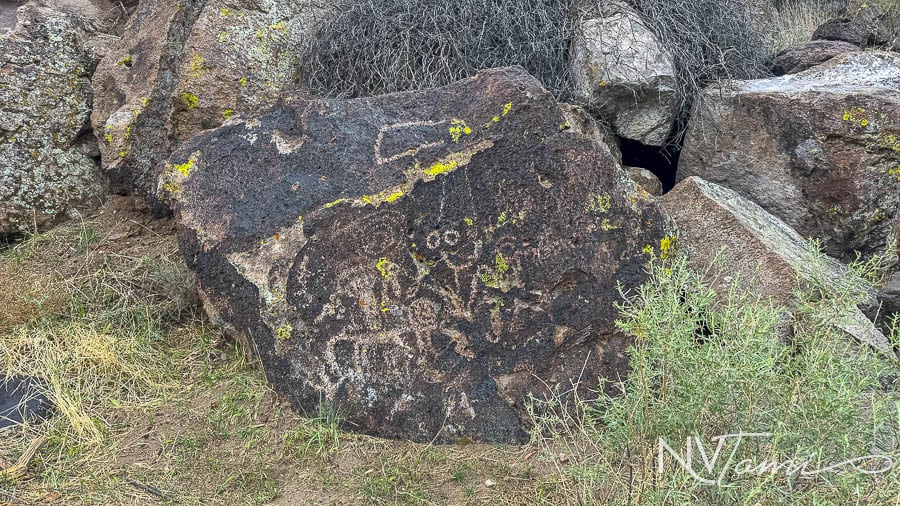
Rainbow Canyon stone cabin
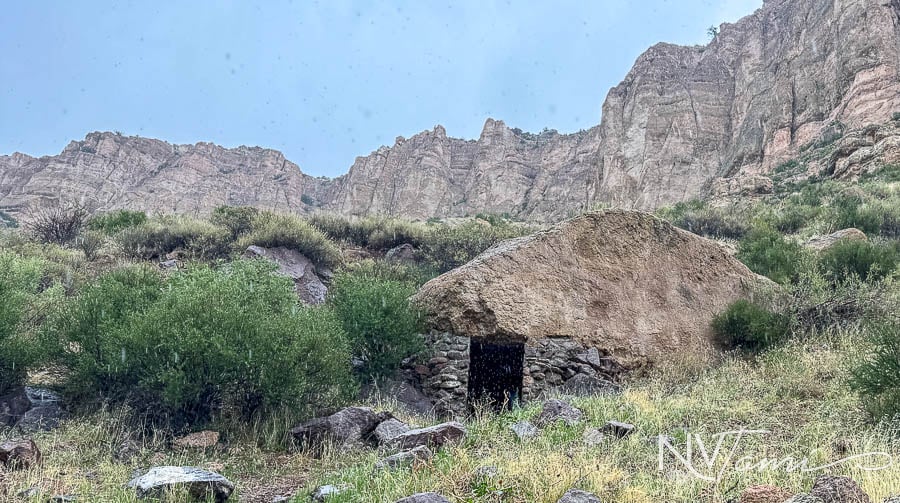
This cabin in Rainbow Canyon was built under a large boulder.
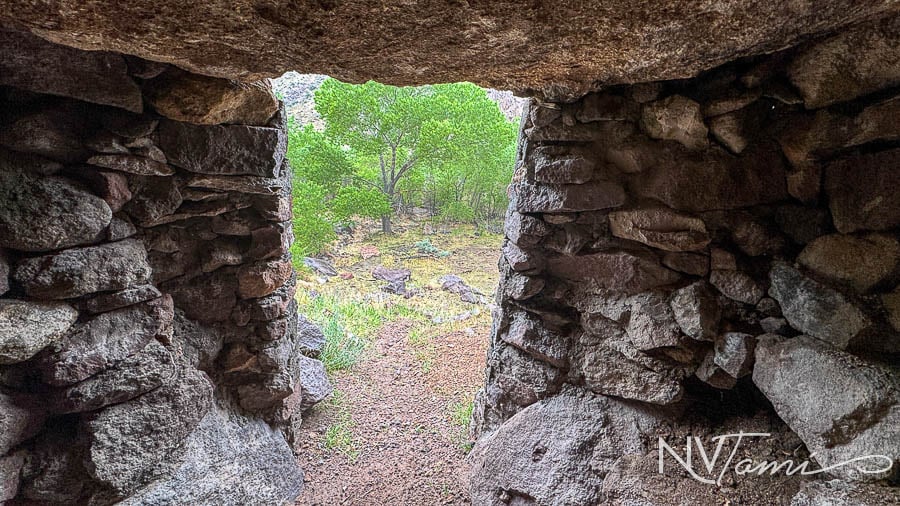
Barclay/Clover Valley
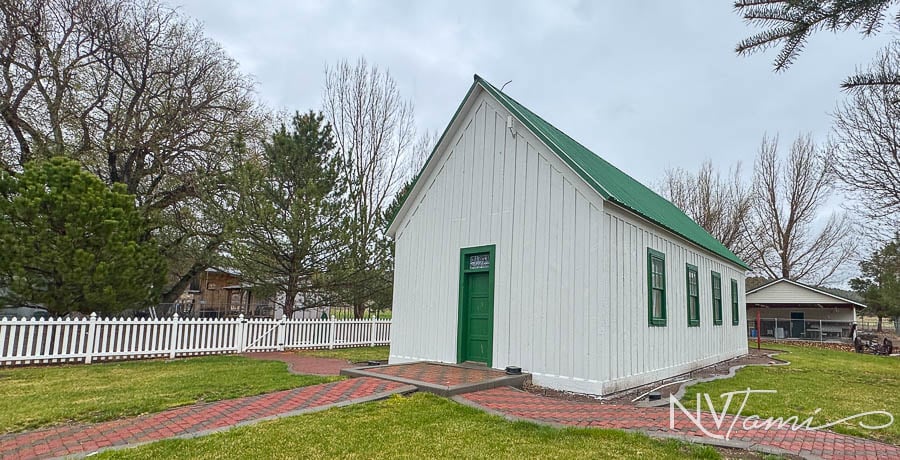
Barclay started as a Mormon settlement in the 1860s. The Clover Valley post office opened in 1871, located in Washington County, Utah. The church and school were built in 1898. A year later, the post office name changed to Barclay.
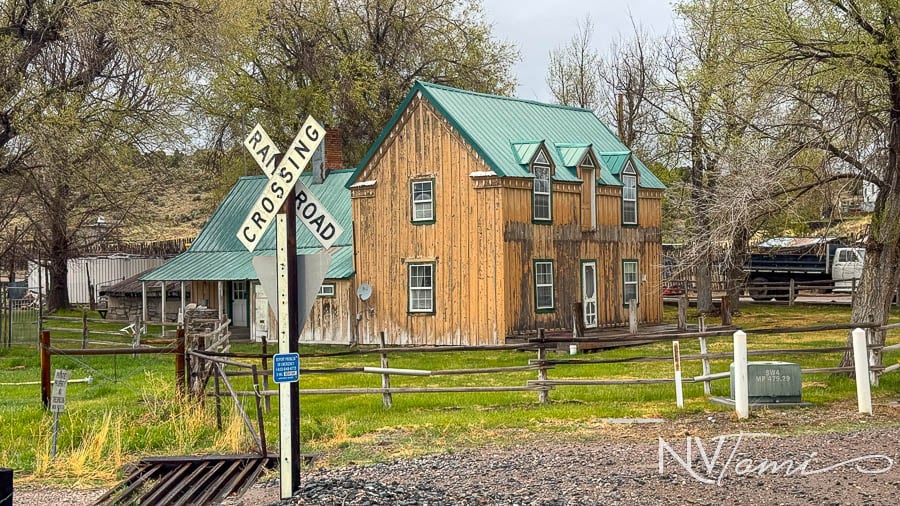
The post office was open until 1910 and the school functioned until 1951.
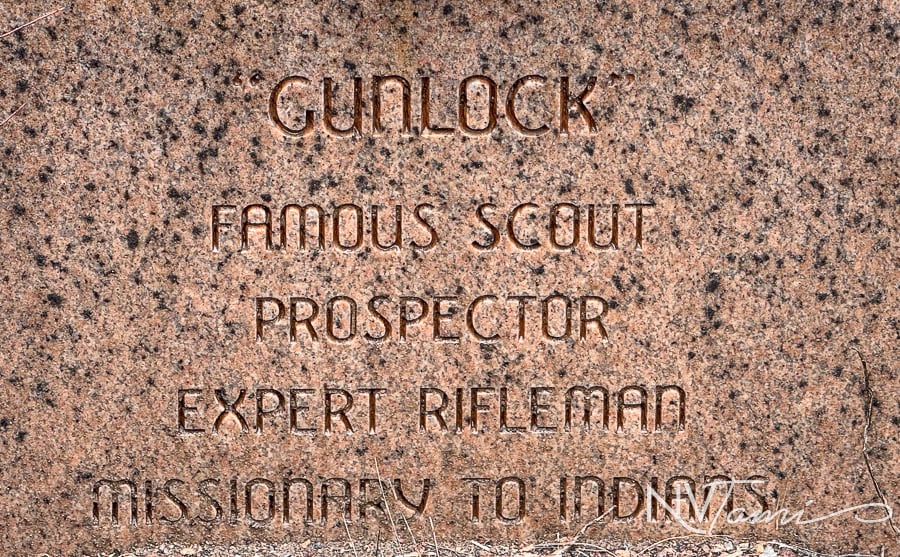
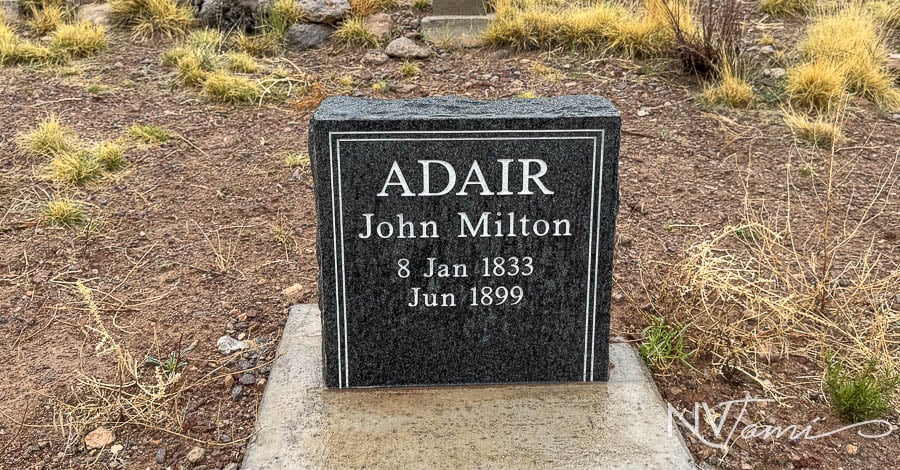
Joseco
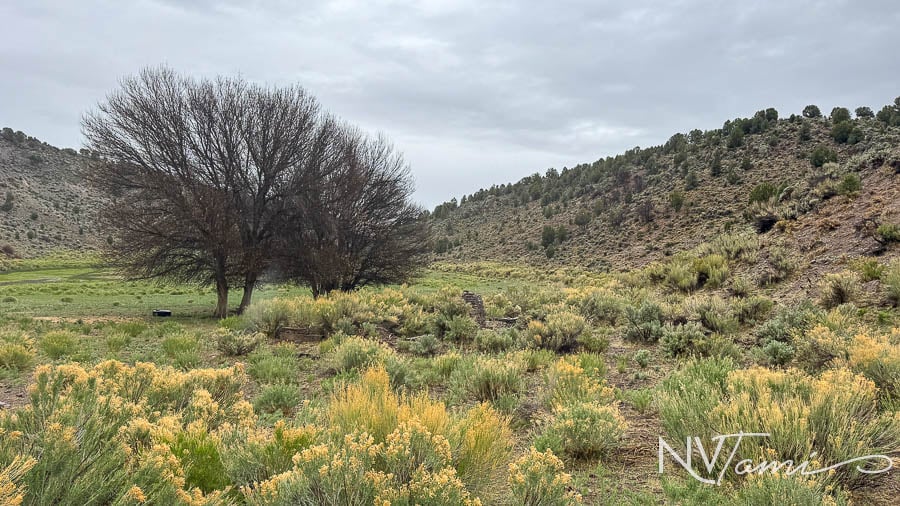
Joseco was named after Joseph, a leader of the Mormon Church. A post office was open from 1916 to 1943. Sadly, the last structure was destroyed fairly recently, leaving only stone ruins.
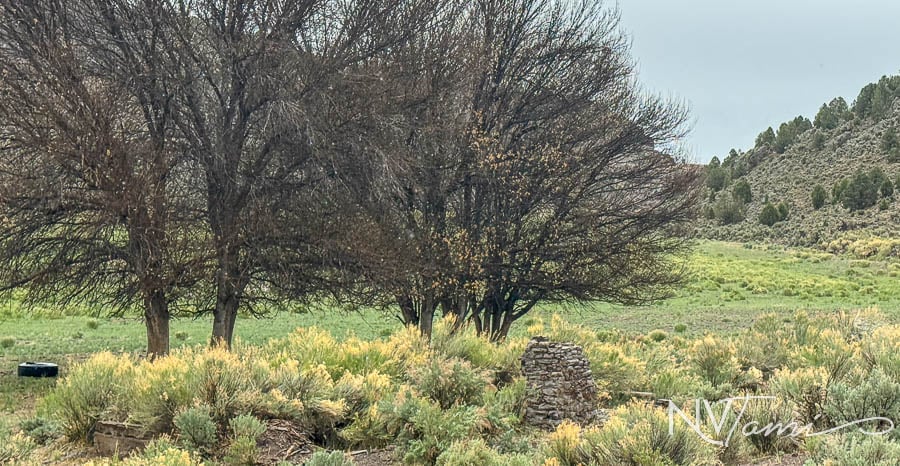
Panaca
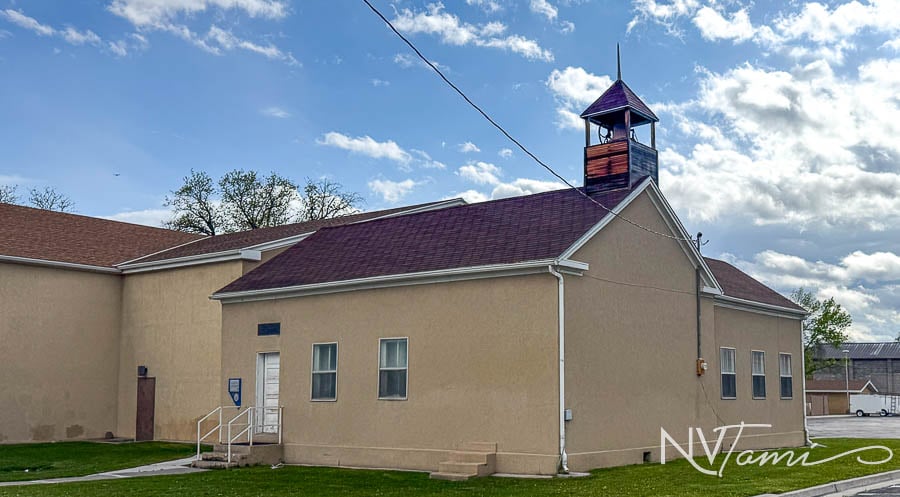
In 1864, Mormons settled this area for ranching, where the headwaters of the Muddy River created an oasis in the desert. Panaca is still rooted in the Mormon religion; it is the only dry community in the state, allowing no alcohol sales. It is one of only two communities in Nevada where gambling is prohibited.
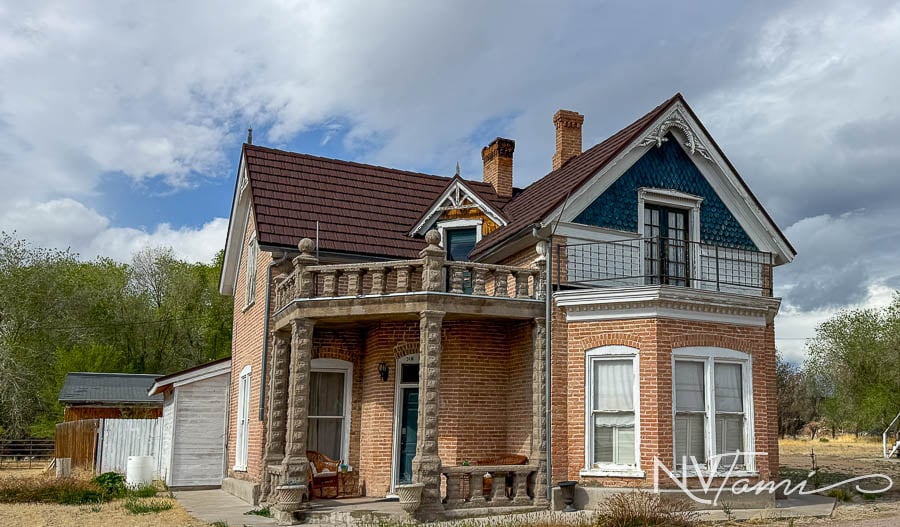
Panace has the honor of being the oldest settled town in southern Nevada. Many buildings date to the late 1800s.
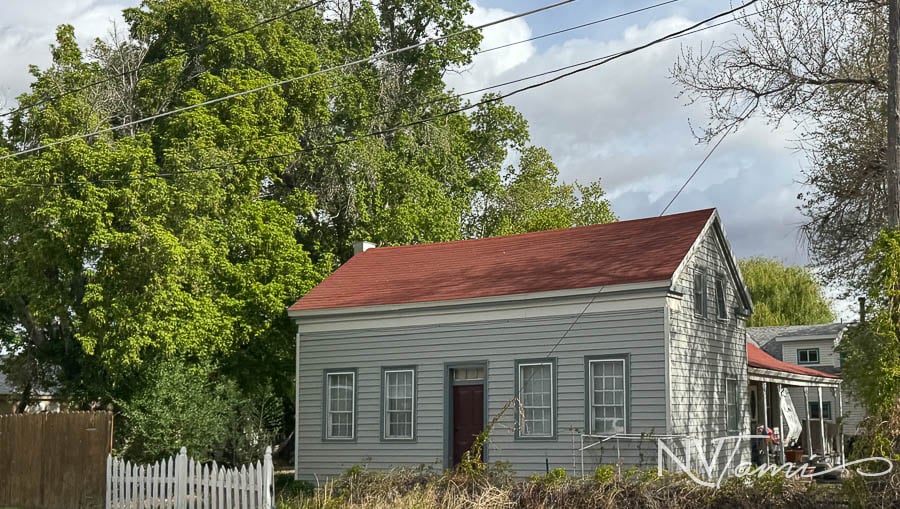
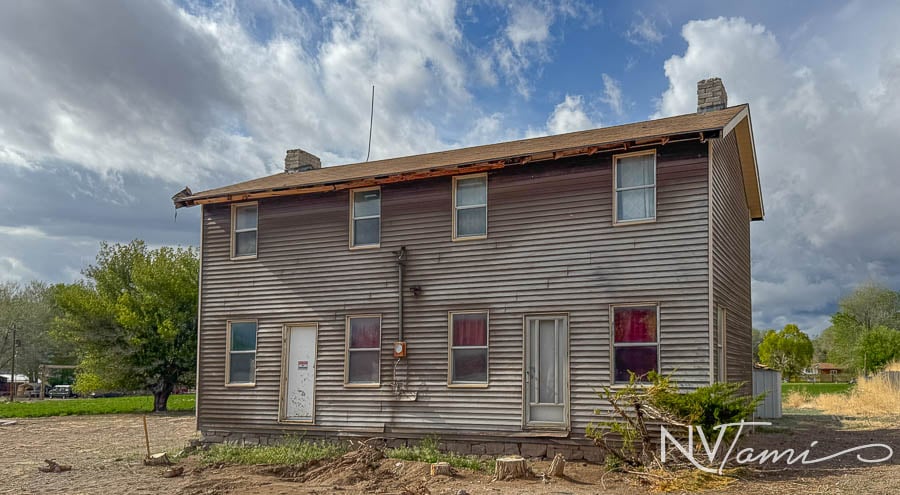
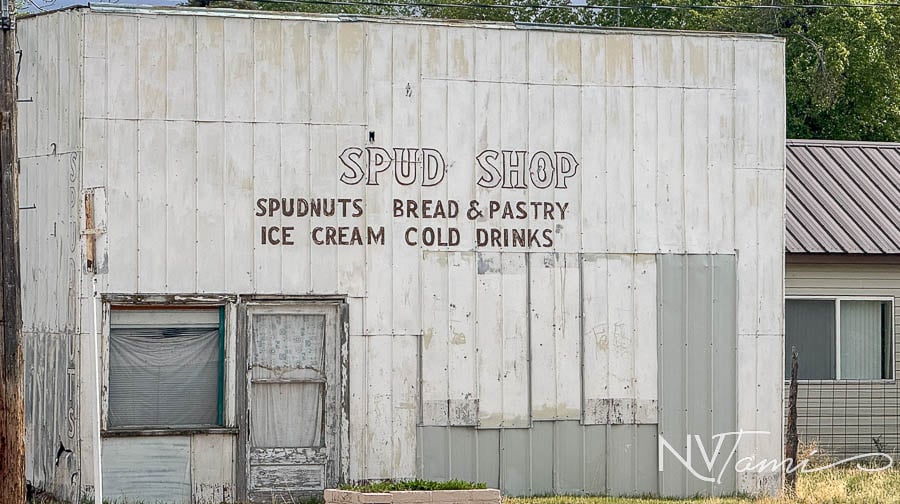
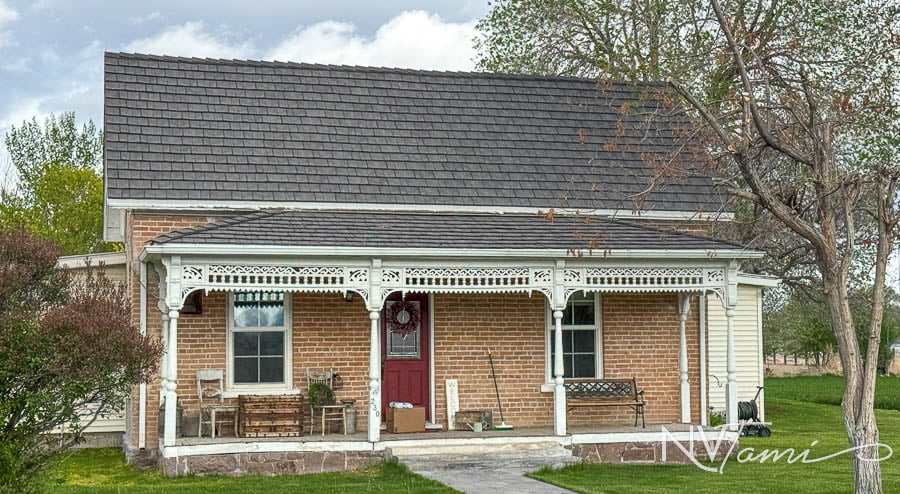
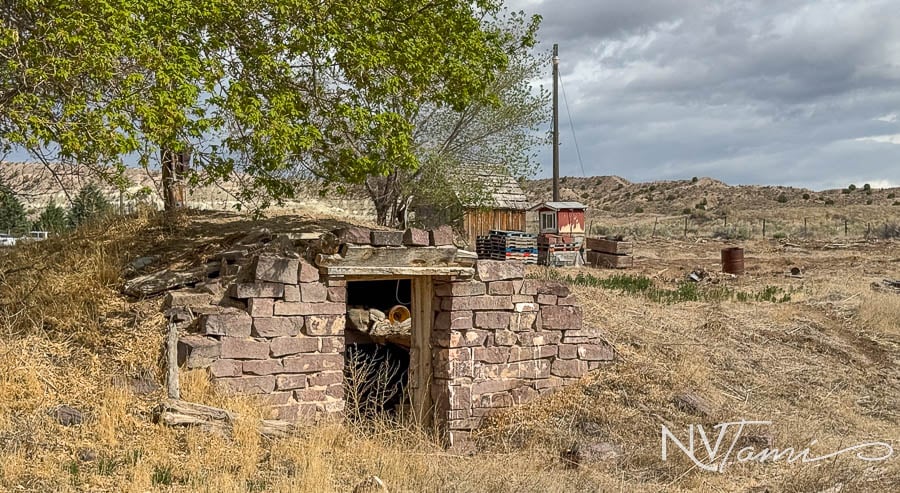
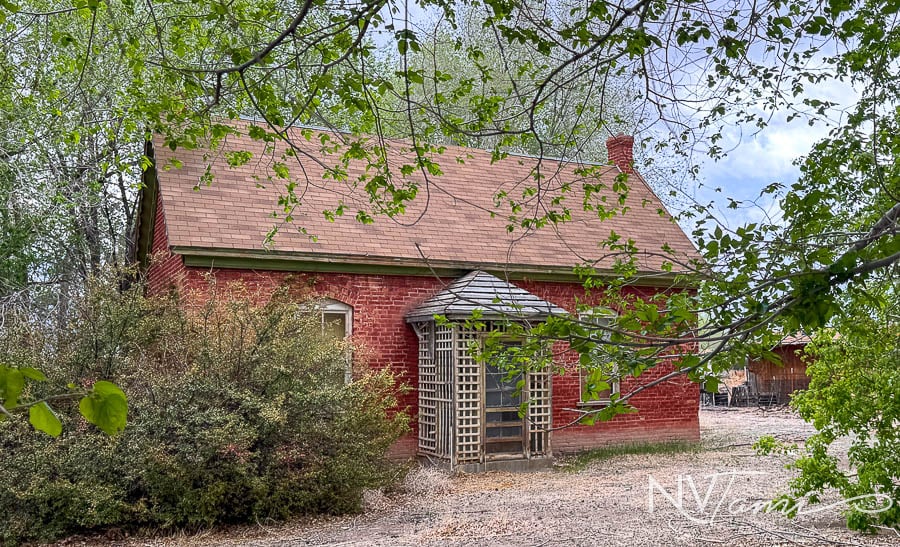

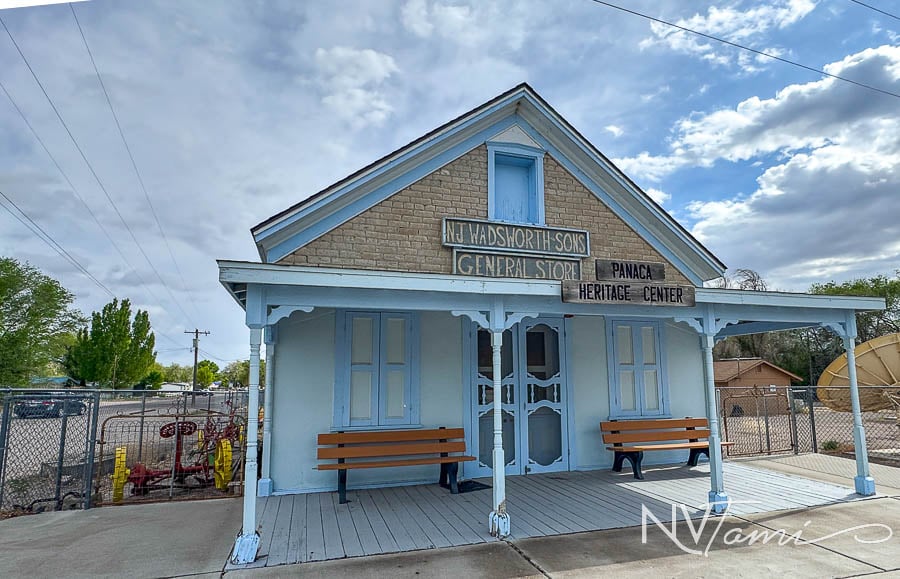
Sheriff George Rogers’ grave
The mystery of Sheriff George Rogers’ grave. End of Watch March 1, 1866.

Sheriff Rogers was heading to Mountain Meadows regarding stolen items when he was attacked and killed by a group of Shoshone Indians. A posse searched for the Sheriff’s murderers, shooting three and hanging the other two.

Rogers served only three months as Sheriff.

He was buried in Panaca. It is a mystery why his grave, along with 2 others, is about half a mile from the town cemetery, established well before Rogers’ murder. If you have any information, I would love to document his history and service.
Teapot arch
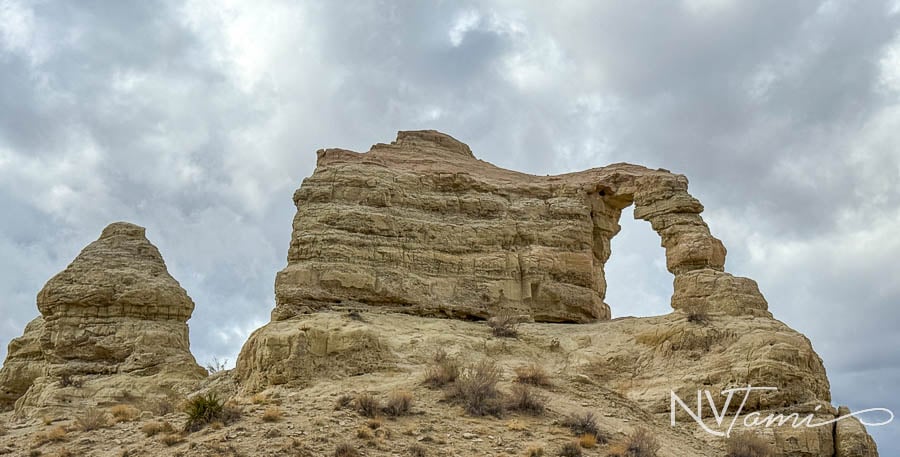
It’s not a historical site, but the beautiful arch overlooks Panaca.
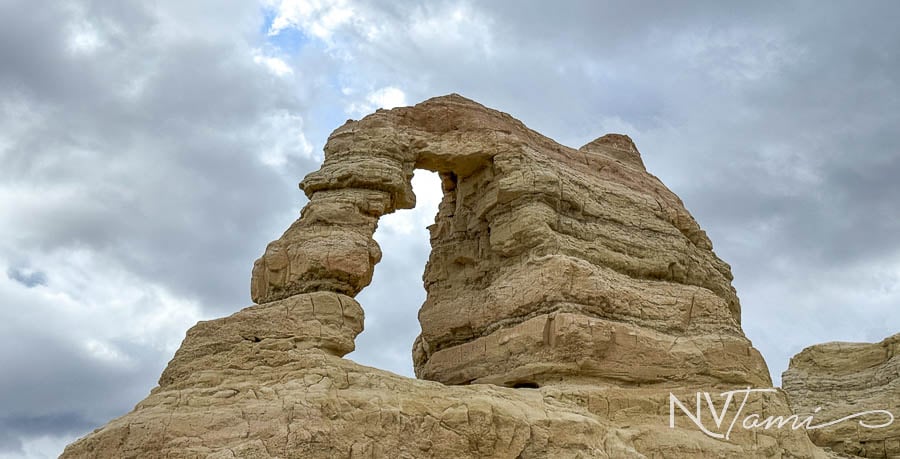
Caselton
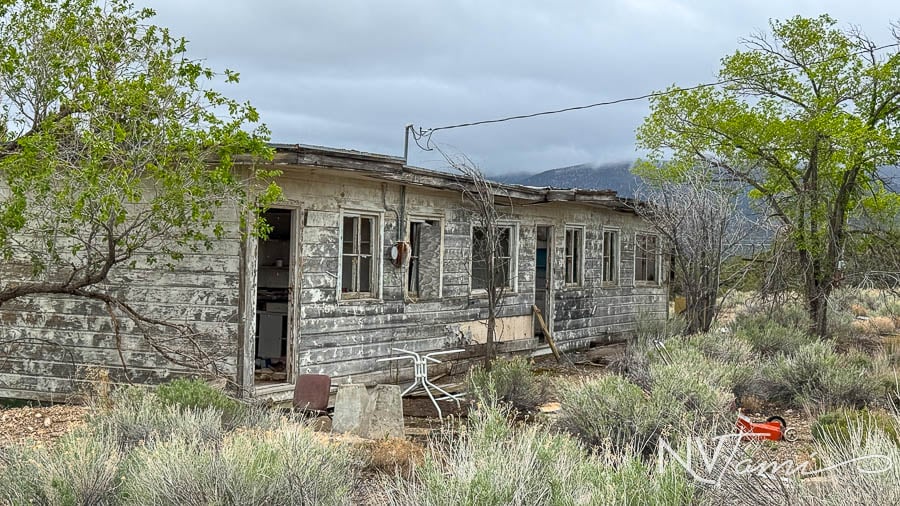
Castleton is a company town, started in 1929, named after J.A. Caselton of the National Lead Company. The 800-foot Castleton Shaft connected the company’s workings above Pioche to the mill at Castleton. In 1937, electricity arrived from the Boulder Dam, and a modern mill was underway. The Union Pacific Railroad purchased the Prince Consolidated Railroad, which ran in the valley below.
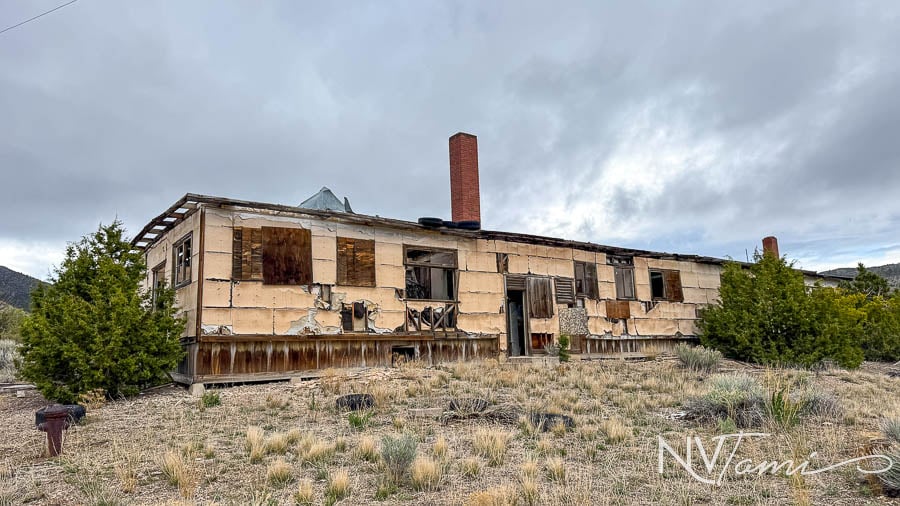
The mill operated until 1957. Between 1964 and 1978, ore was periodically processed from the Pan American Mine.
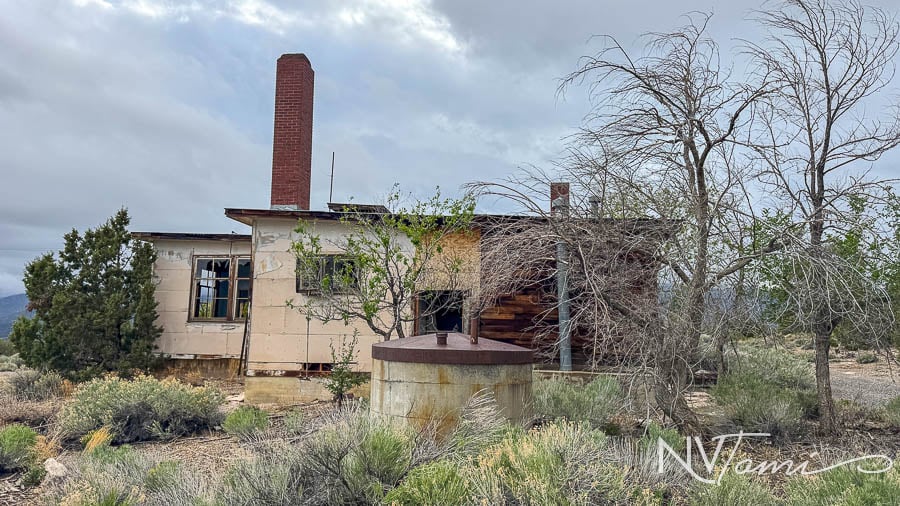
Royal City/Jackrabbit
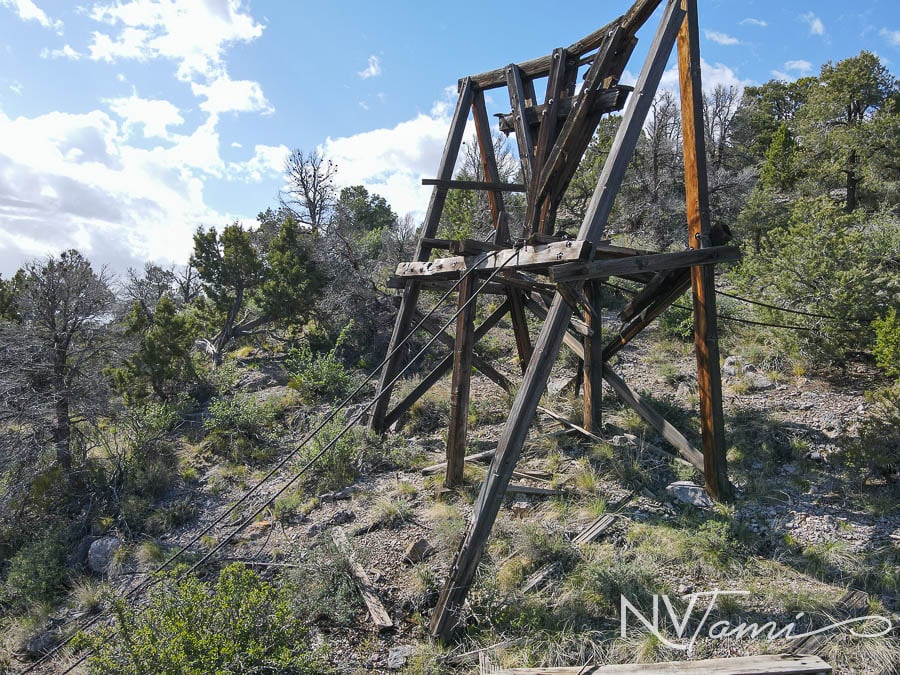
In 1876, prospectors discovered silver in the Bristol Range. The town of Royal City grew to include stores, boarding houses, a restaurant, and, of course, a saloon. A post office opened in 1878.
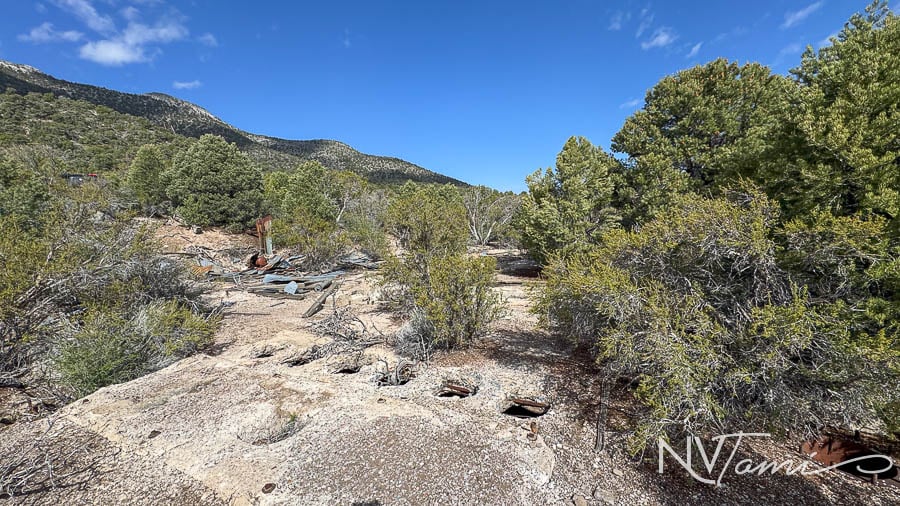
Production quickly declined but revived in 1891 when the town changed its name to Jackrabbit. A 15-mile narrow-gauge railway connected the mines at Jackrabbit to the Godbe Mill in Pioche. Sporadic mining occurred until 1914.
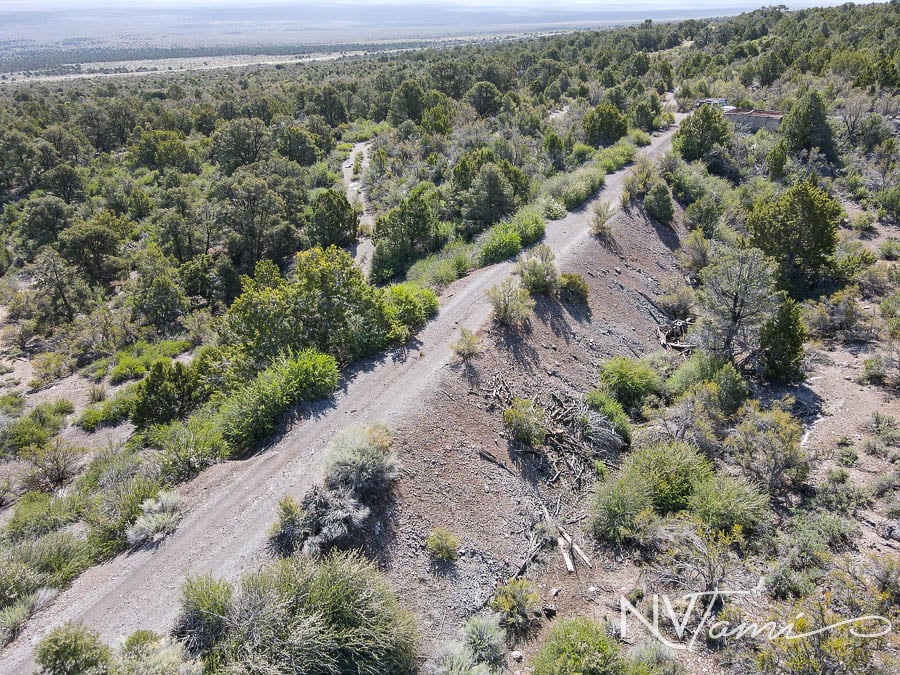
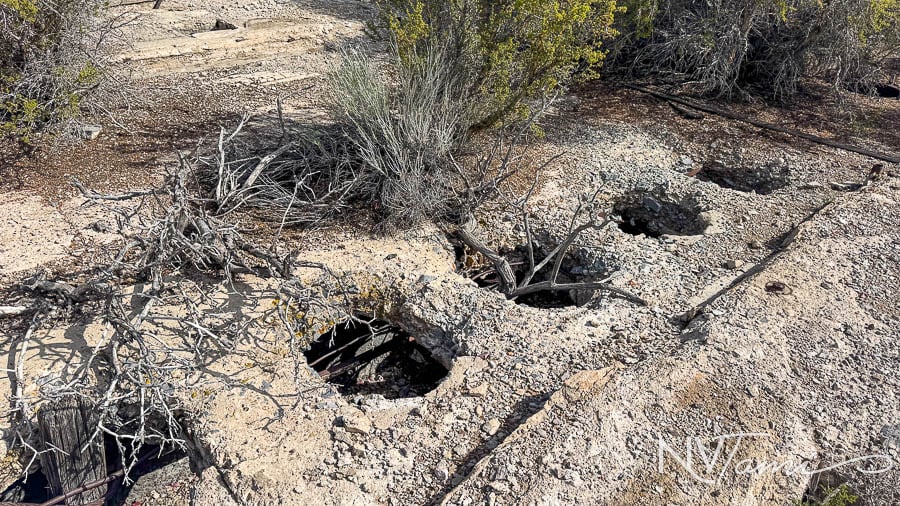
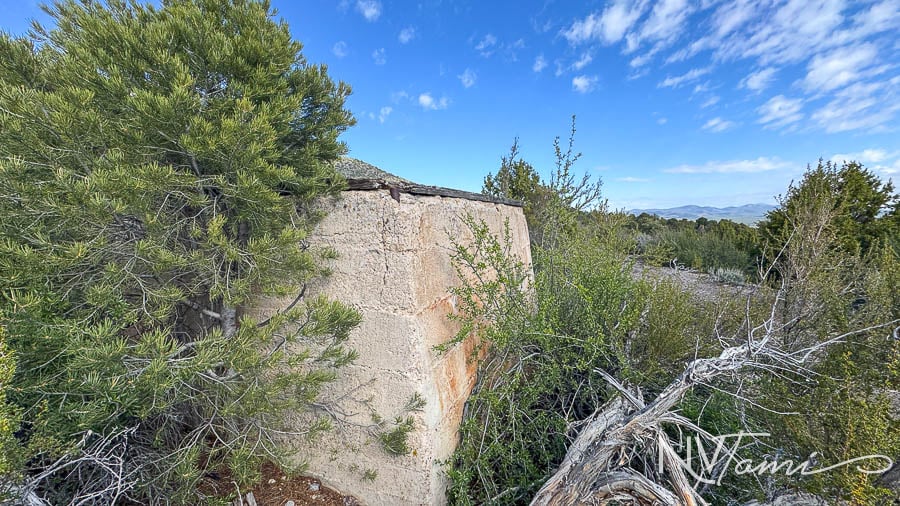
Ida may mine

Originally the E&F mine, it was a copper, zinc, silver, and lead mine. Although production was small, it was a prominent producer in the Bristol-Jackrabbit Mining District. The ED& Mine closed in 1907. The mine reopened as the Ida May in 1918 and worked until 1924.
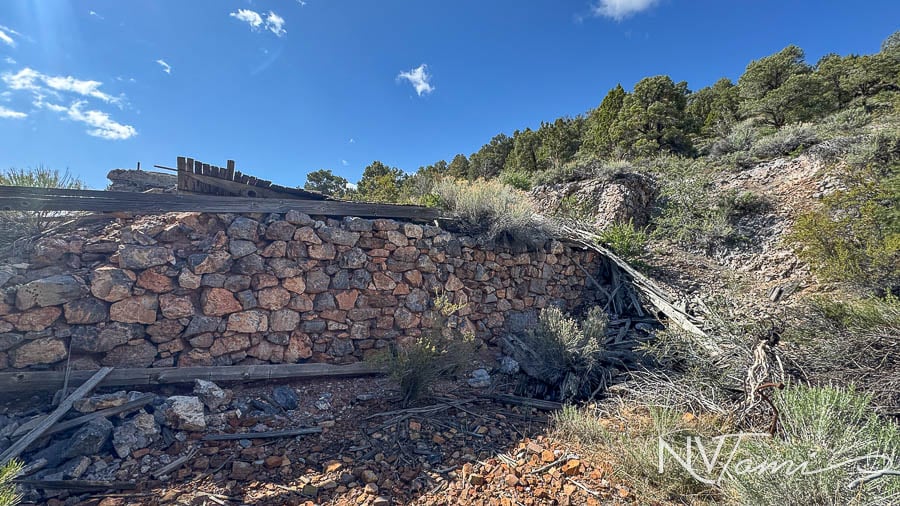
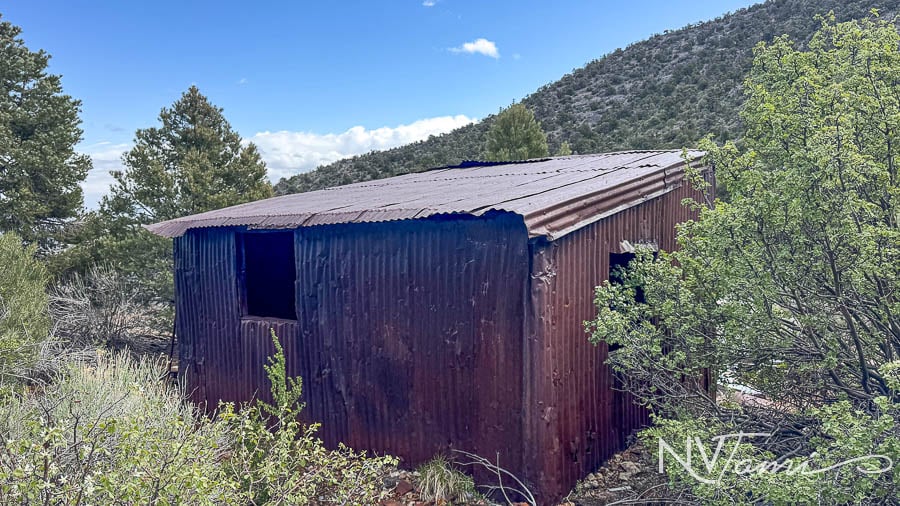

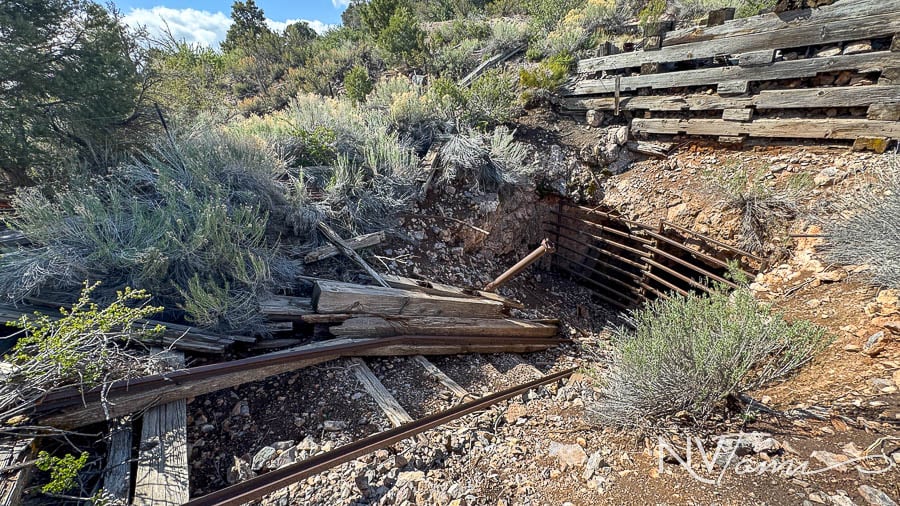
Lucky Star mine

Lucky Star was a Manganese mine in the Jackrabbit mining district. Discovered in 1923, production was minimal.
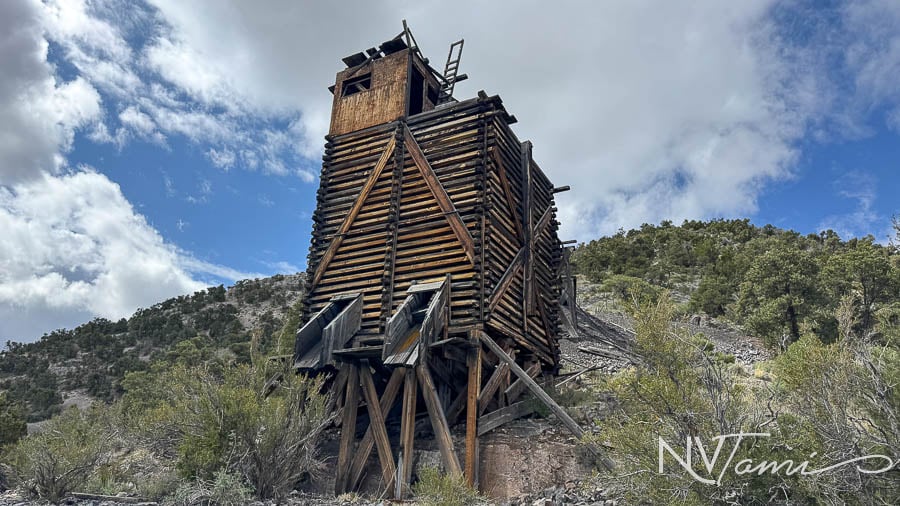
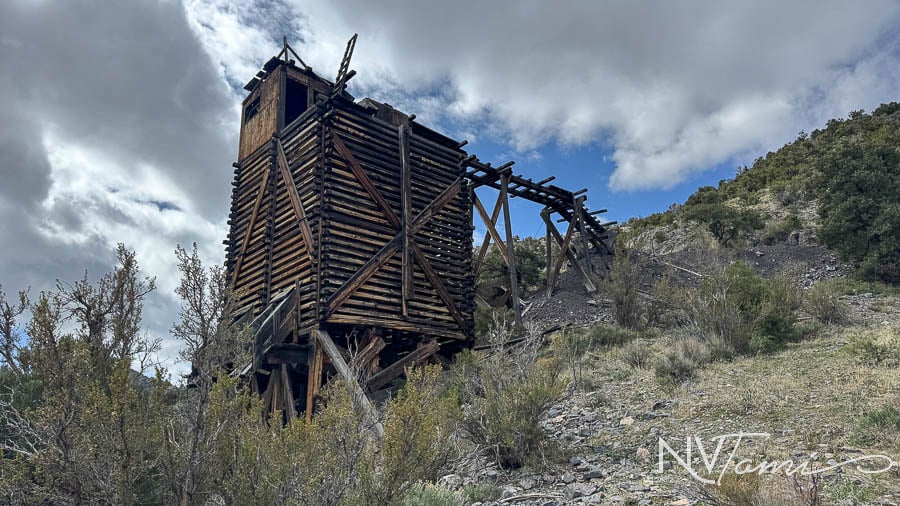
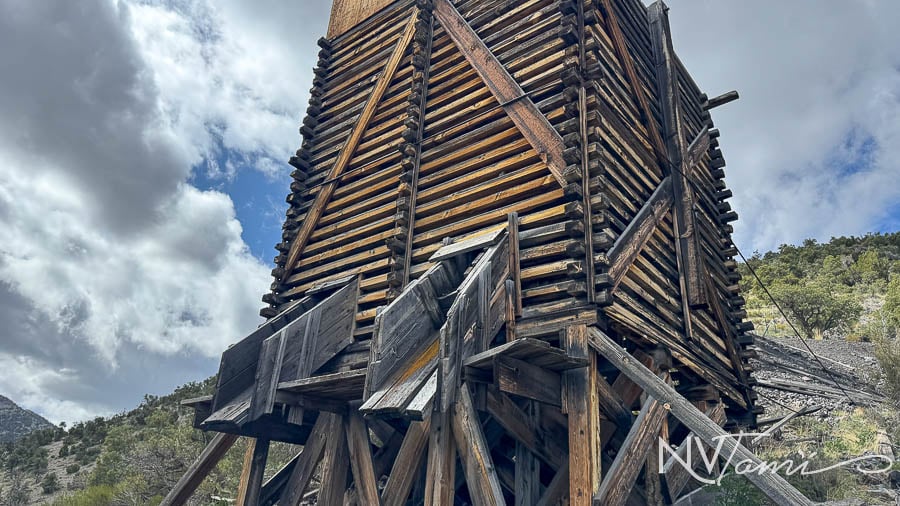
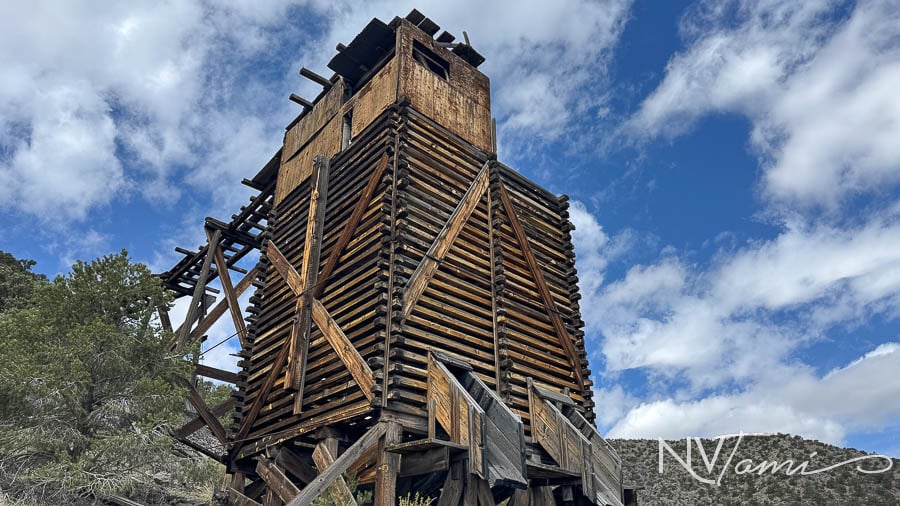
Bristol well
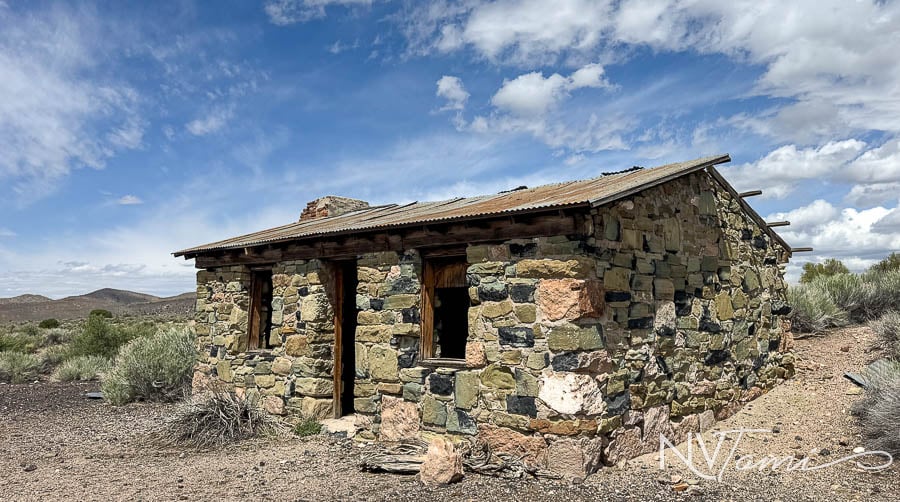
To process silver-lead ore from the Bristol mine at National City, a furnace operated in the flat below from 1872. A five-stamp mill, smelter and charcoal ovens were built in 1880. A decade later, a copper smelter began operations. The town of Bristol Well had a population of 400. The mill only functioned for three years before it became inactive.

By 1900, a copper-leaching mill was operational, but it only lasted for two years. Operations ended with the arrival of the railroad in 1905.
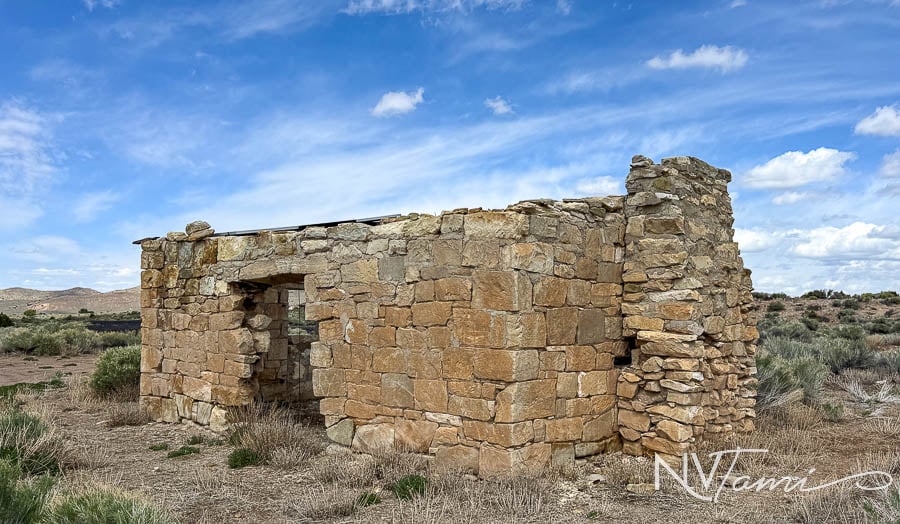
Charcoal kilns once dotted Nevada. Converting wood into charcoal was a more efficient way of powering smelters. It burns slowly and hot and is lighter to transport.

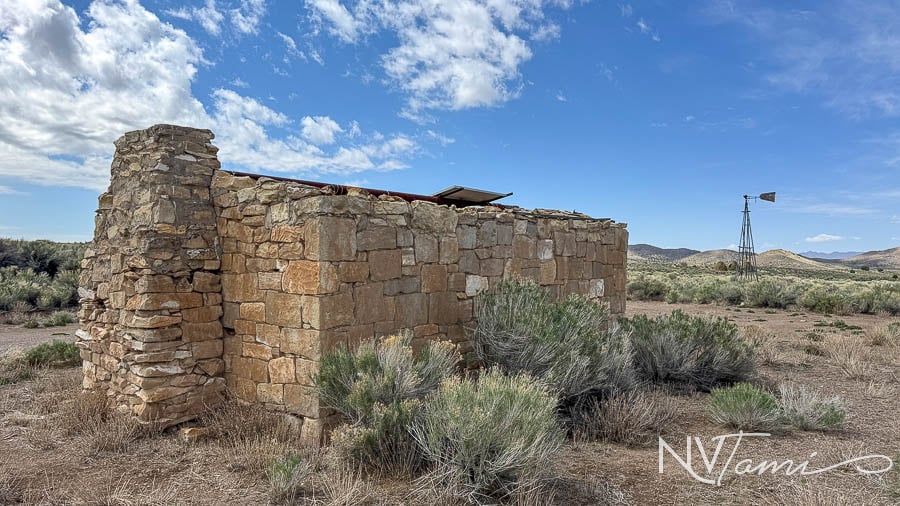
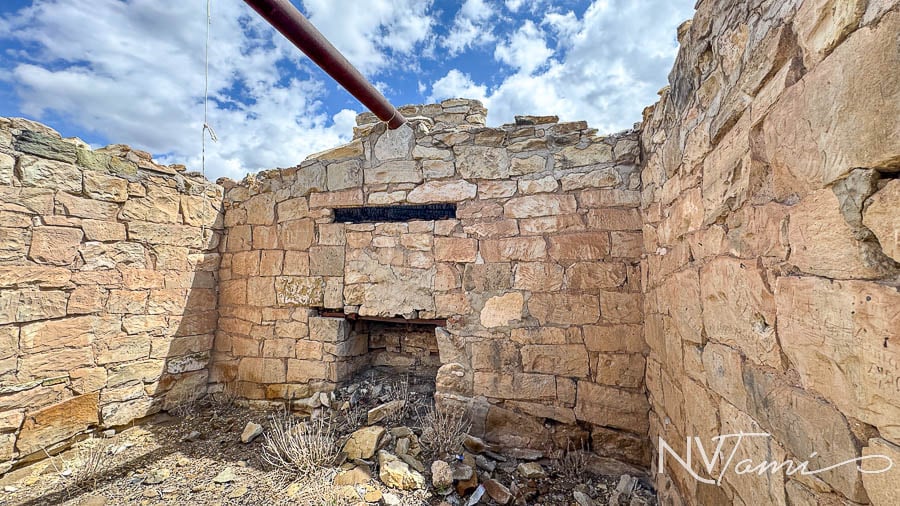
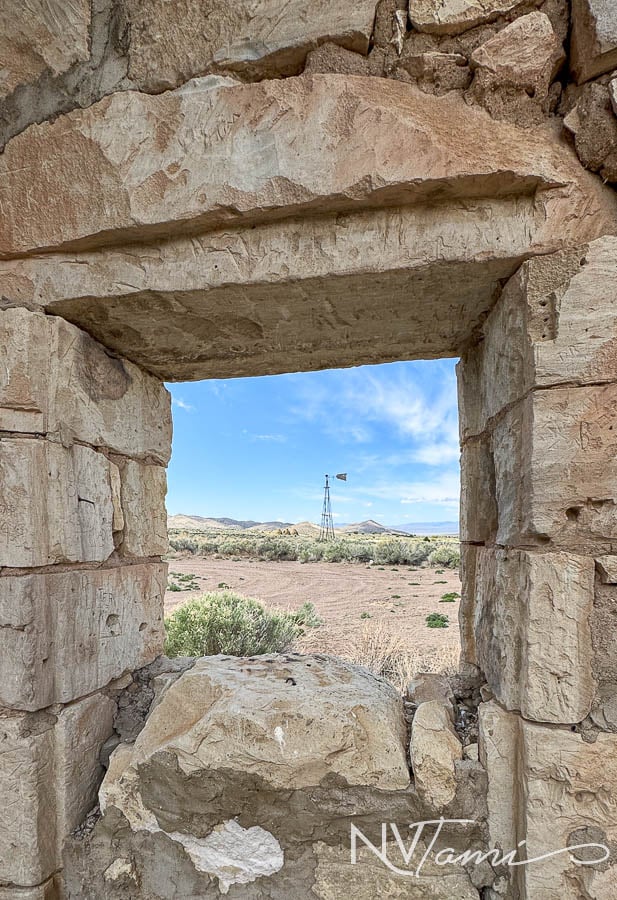
Spring Valley
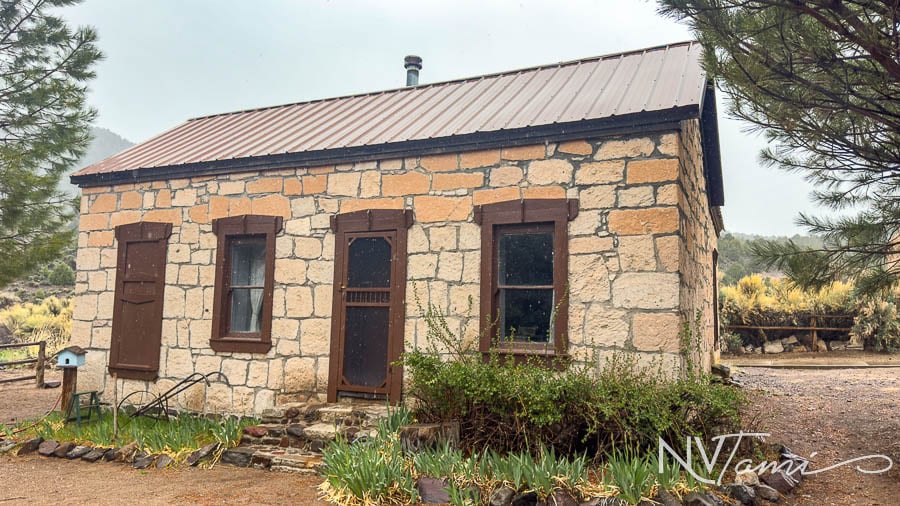
Native Americans used this area as early as 5,500 B.C.E. for seasonal hunting and gathering. In 1864, Mormon pioneers settled, living in wagons as they built homes. The area is now Spring Valley State Park. The park offers a variety of recreational activities, including camping, fishing, boating, and exploring historic ranches.
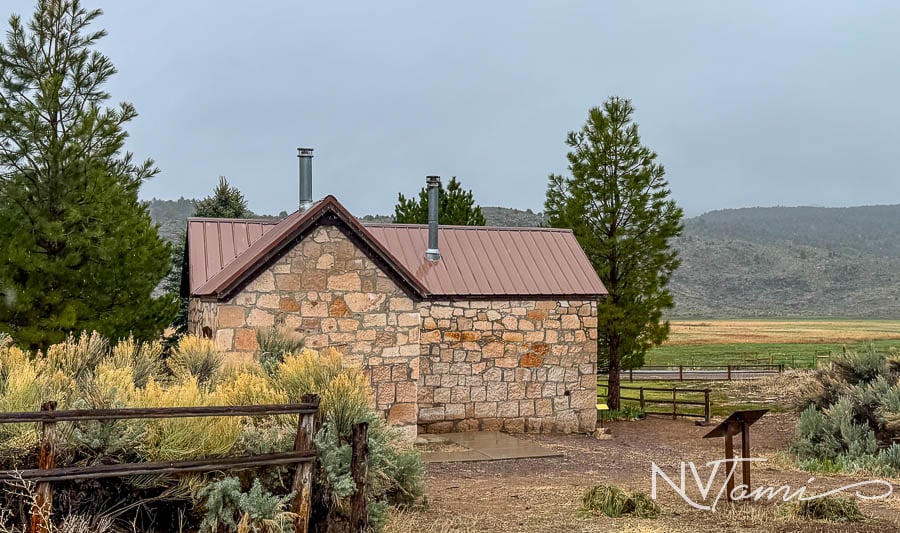
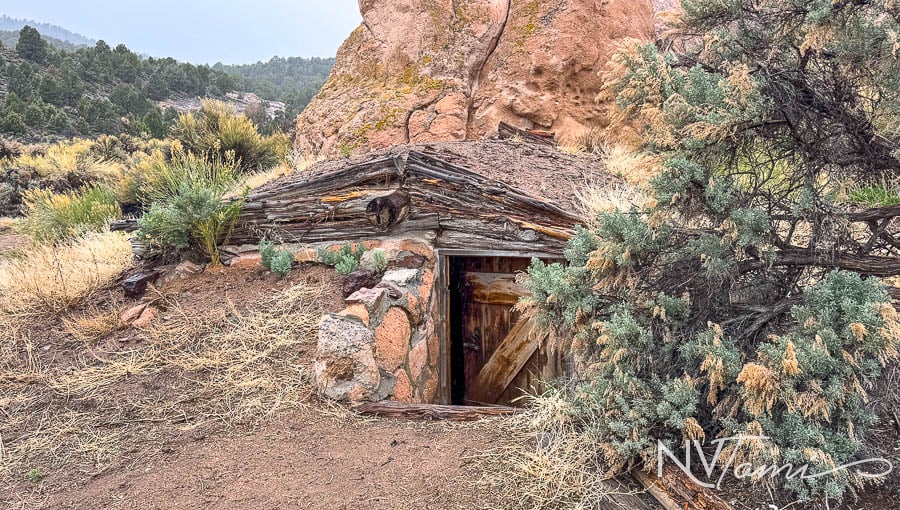
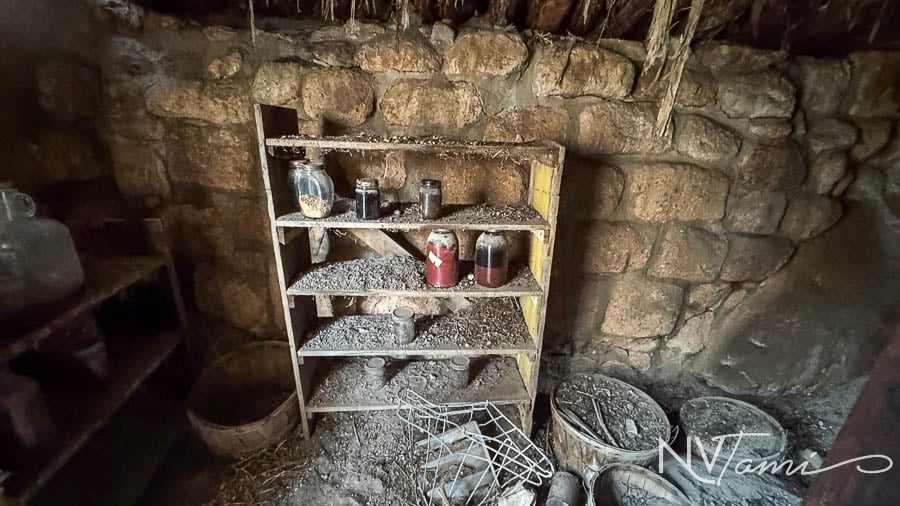
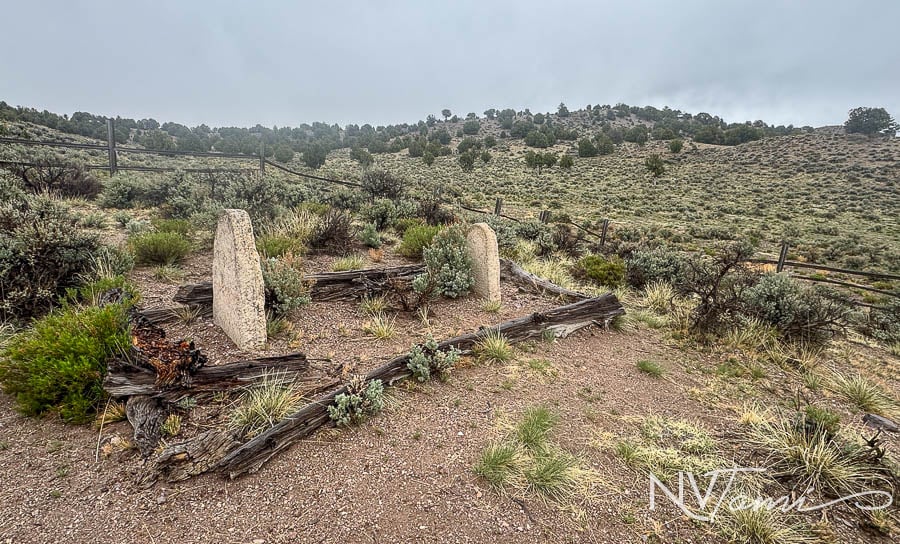
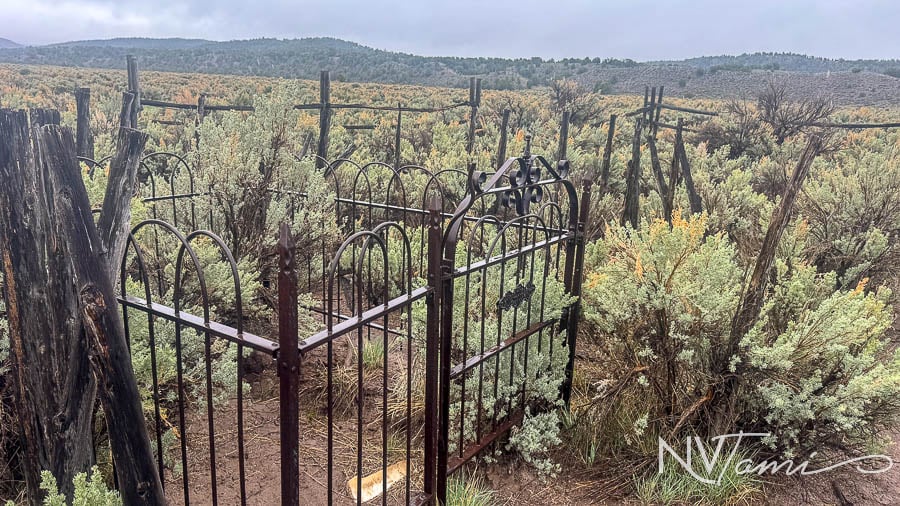
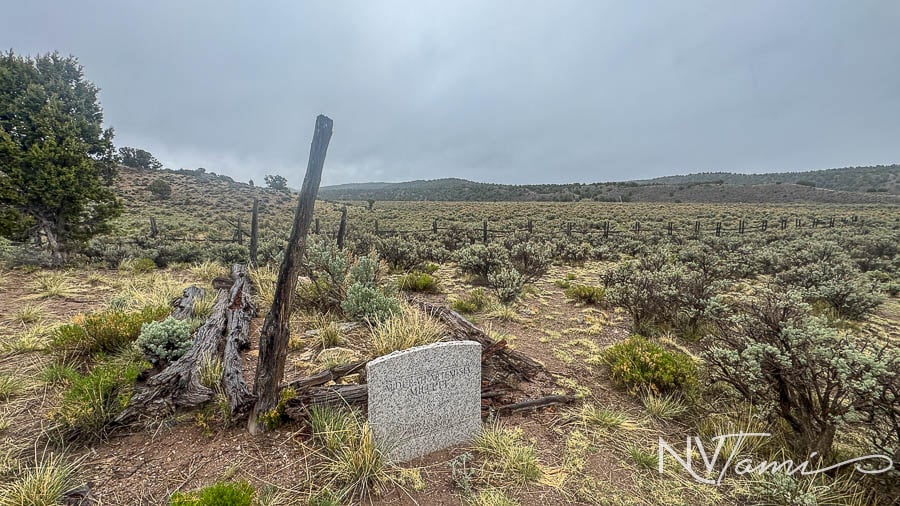
Hammond Ranch Stone Cabin

You would think it is part of the state park, but it is on BLM property.

Mormons first settled in this area. Their ranches and farms provided food for prospectors in Pioche.
I had quite a scare at the cabin.

Walking around, I looked into a back window. Staring back at me were 2 black cloak-capped figures! I’m pretty sure I said a bad word when I jumped back, only to realize someone had placed mannequins in the room, staring right at people. I wonder if they have a hidden camera nearby to capture people’s reactions.


Newland

Another early settlement in Eagle Valley was Newland. A post office opened in 1896. The town was named after Francis Griffith Newlands. He was a Nevada State Senator and framed the Newlands Reclamation Act of 1902, which raised funds by selling semi-arid public lands to pay for irrigation projects. The post office operated until 1912.
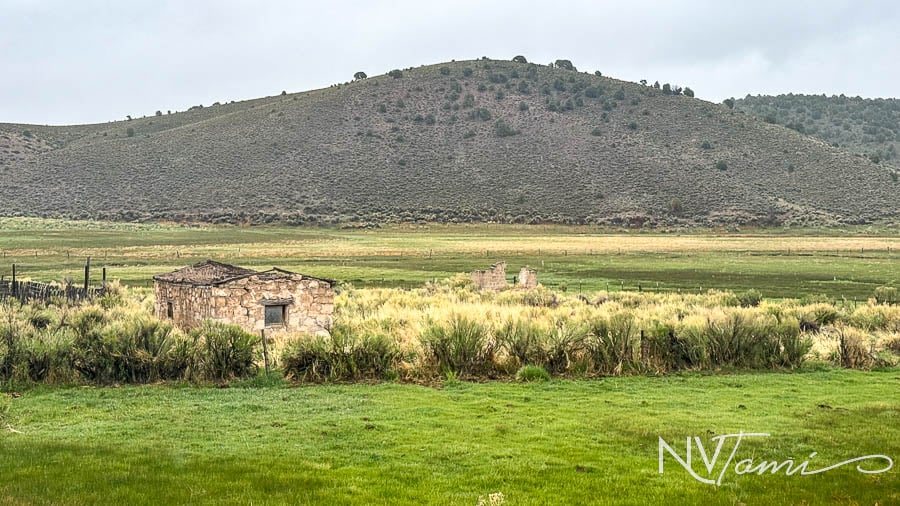

Ursine
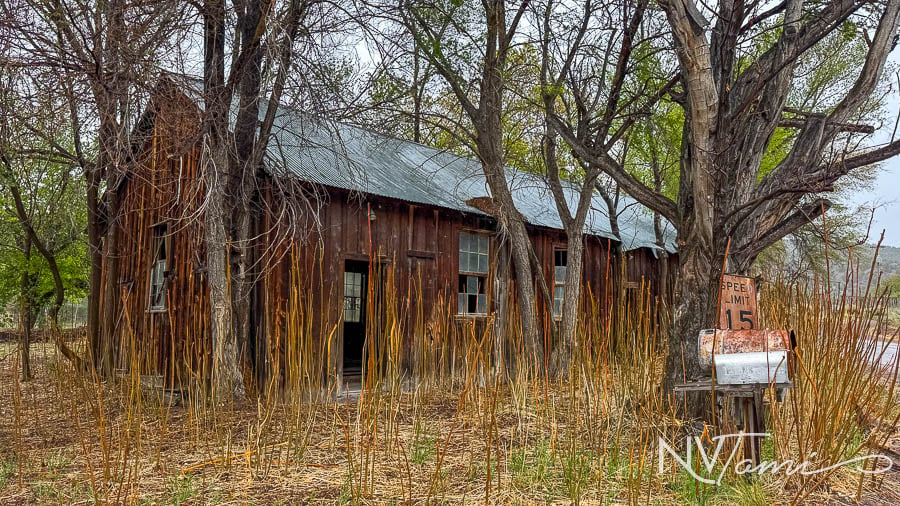
Ursin is in Eagle Valley, two miles below the Eagle Valley Reservoir. Mormon farmers settled in Ursine in 1863. A post office opened in 1895. The town wanted to use the name Eagle Valley but chose Ursine to avoid confusion with other Eagle Valleys, including Eagle Valley, the location of the state capital, Carson City.
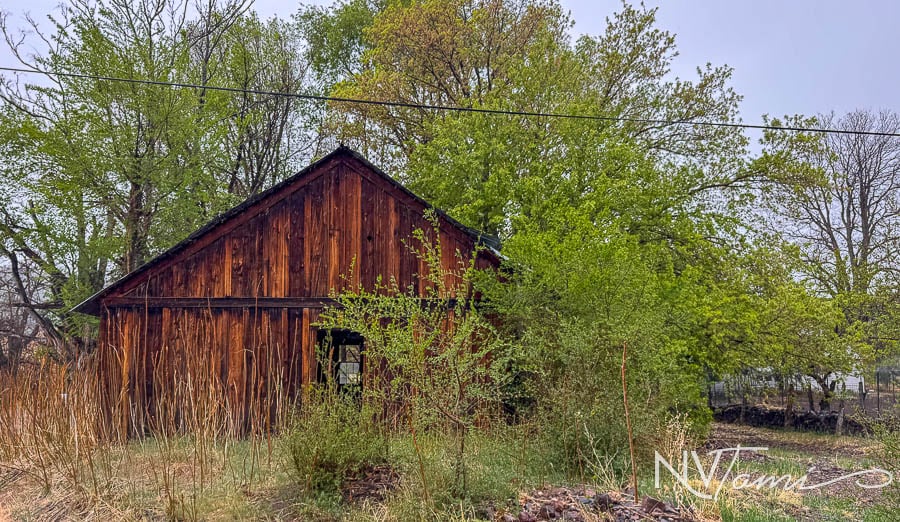
The post office closed in 1959. In 2020, Ursin had a population of sixty-two. Eagle Valley Resort offers a resort and bar.
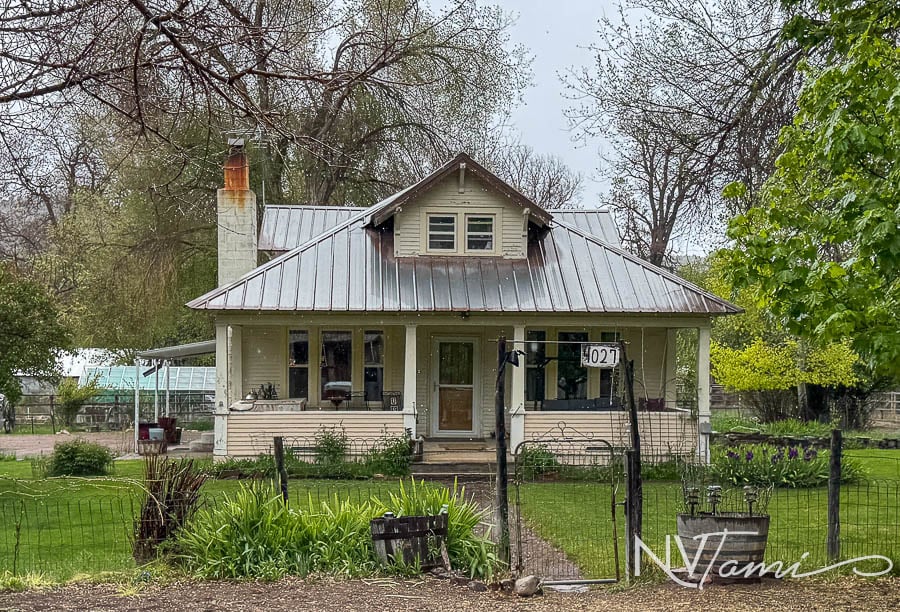
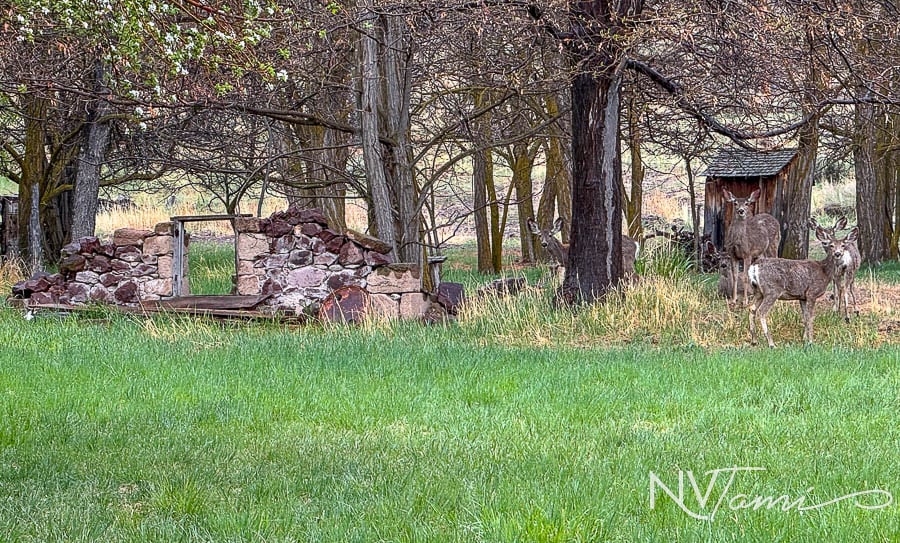
Rose Valley/Lyonsville
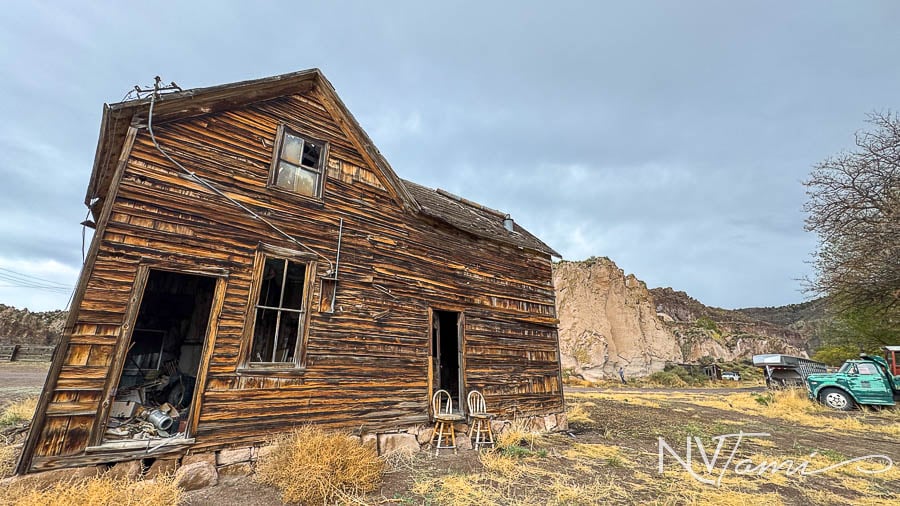
Lyonsville was an early settlement in Rose Valley. It was never large enough for a post office.
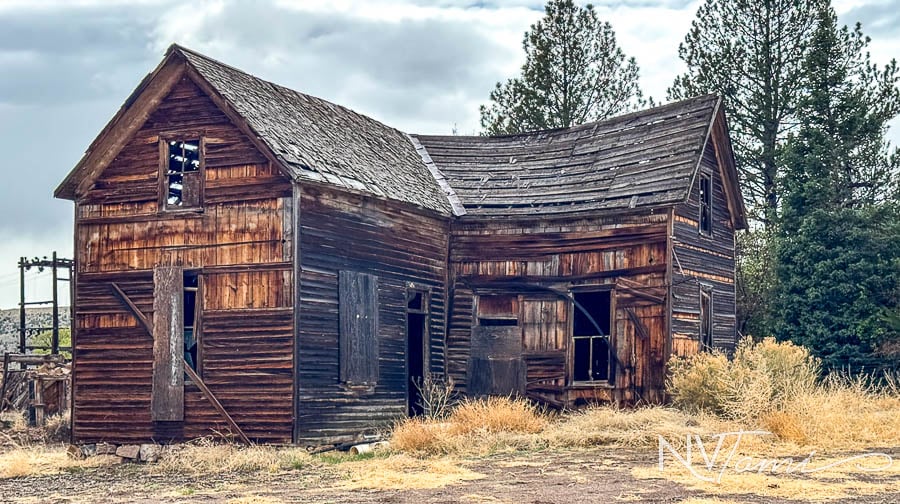
Early settler and visitors left their names and dates carved on the large rock. The earliest date I found was 1872.
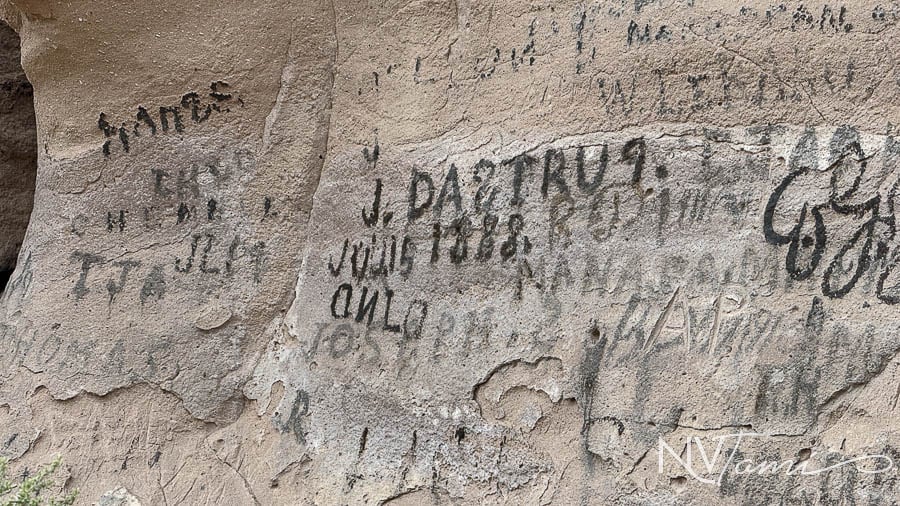
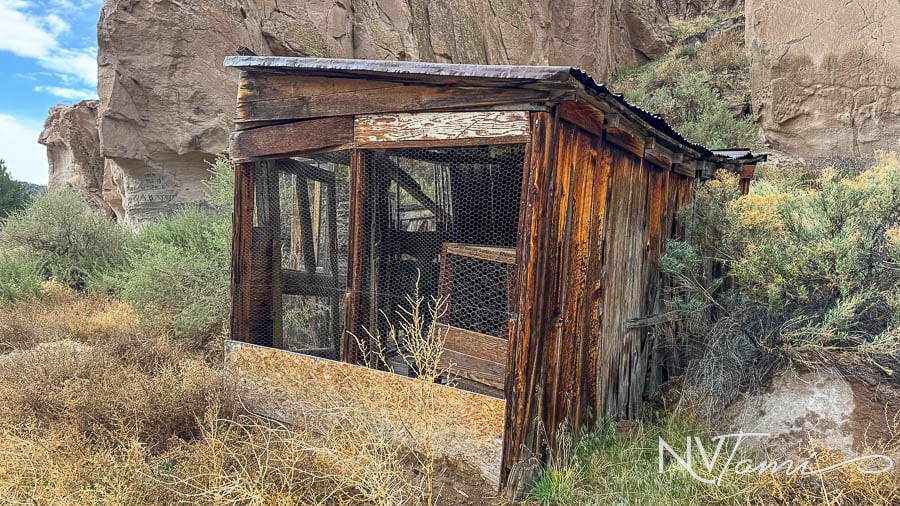
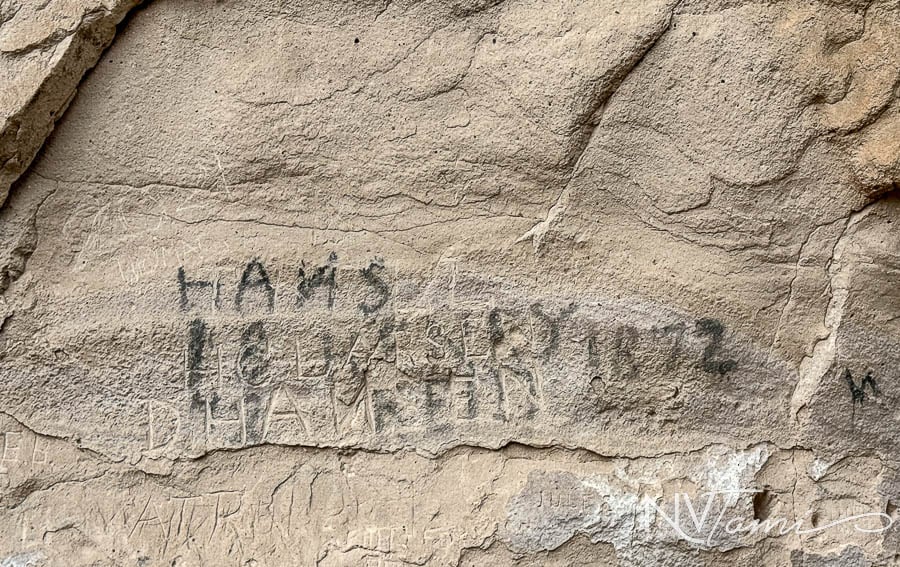
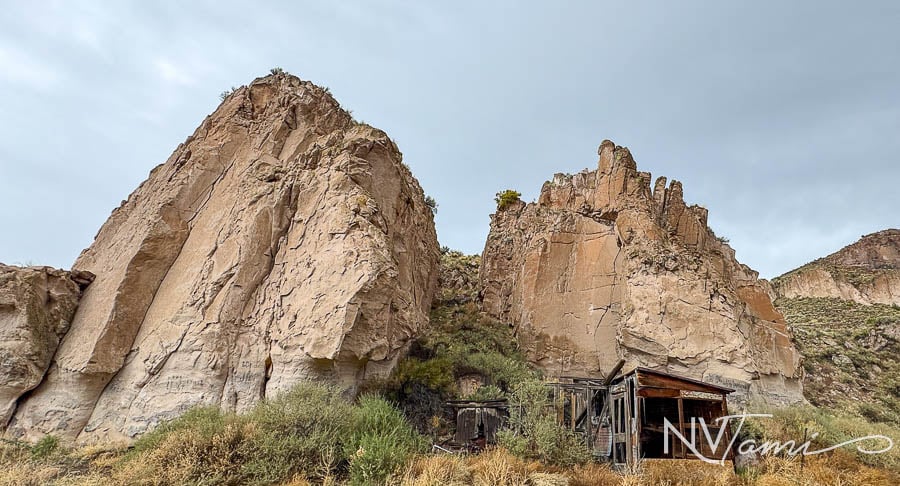
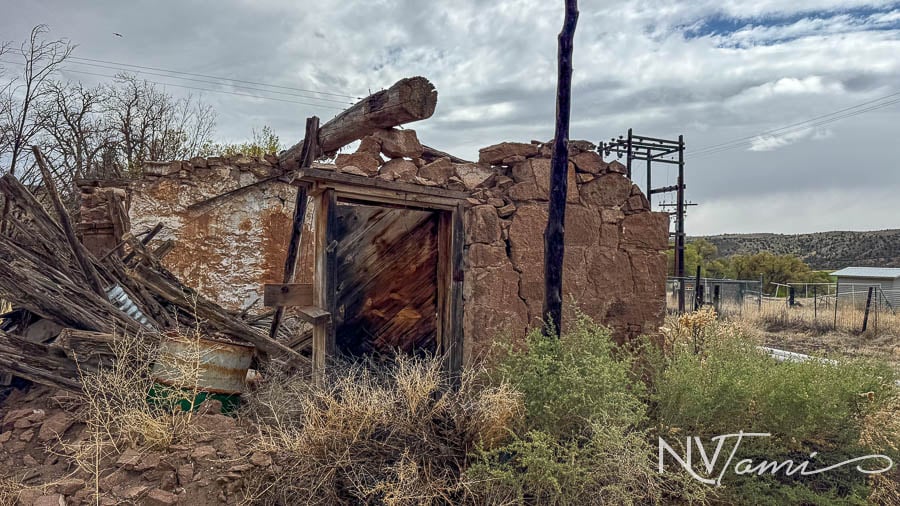
Deer Lodge
Deerlodge was one of my favorite stops. (The official post office book used Deerlodge, while other accounts use Deer Lodge)

It reminded me a little of a shooting location for the X-Files. Maybe it was the gloomy weather and snow that set in after a beautiful morning.

Deerlodge was a mining camp in the late 1800s, with a post office from 1898-1900. It never grew beyond a store, boarding house and saloon.

After the mines dried up the Hackett family shifted to ranching and an orchard. As the Hacketts had five children, they had an official school at the remote Deerlodge. Other children stayed at the ranch to attend school.

Fay
A prospector discovered the Horseshoe Mine in 1900. A sufficient number of miners relocated to Fay, and a post office was established on September 13, 1900. The town also included stores, saloons, and a stage line. Fay Mercantile Company did a steady trade to miners and loggers. Businesses, including a butcher, began to relocate from Deer Lodge to Lay.

A.W. McEwan, from Montana, purchased the claim in 1902. McEwan profited $300,000 over the next decade before deciding to mine in Peru and leased the claim to C. Pray Smith. Smith experimented with the milling process, which proved to be a costly mistake. In 1904, Smith was arrested for grand larceny for stealing forty-seven pounds of amalgam from the mill along with other goods.
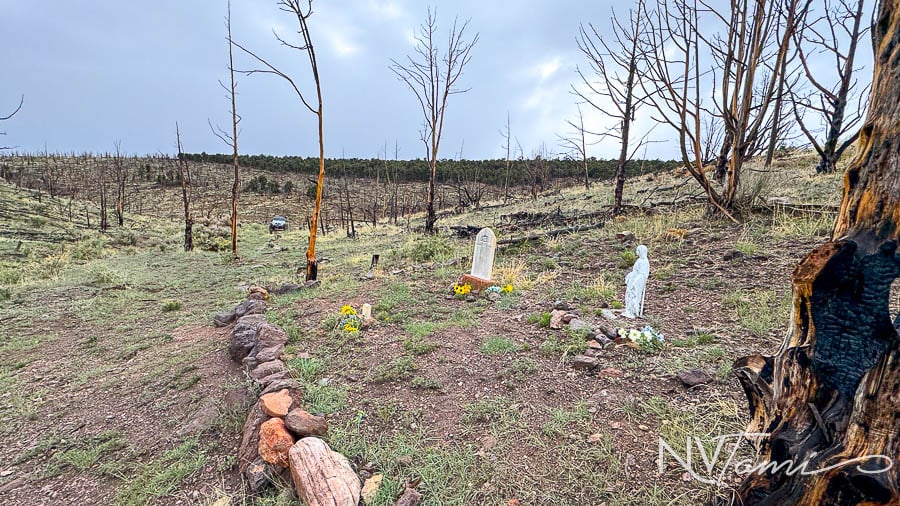
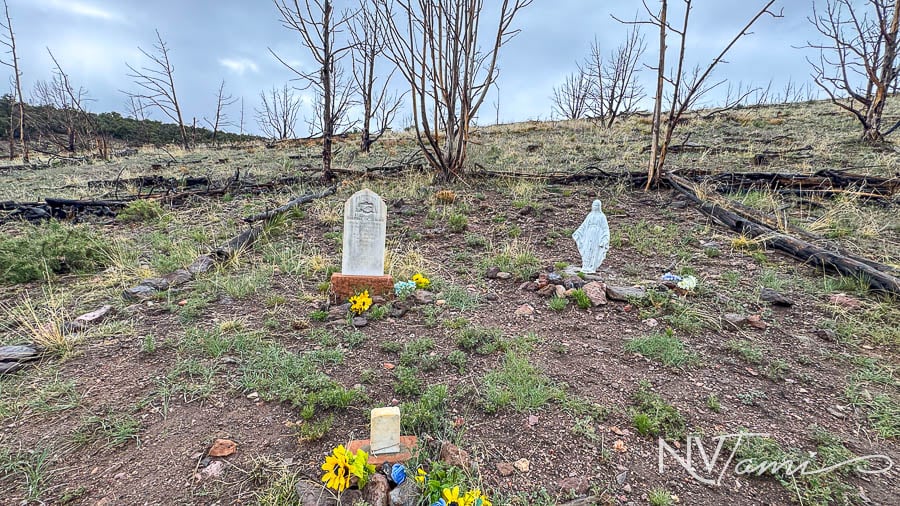
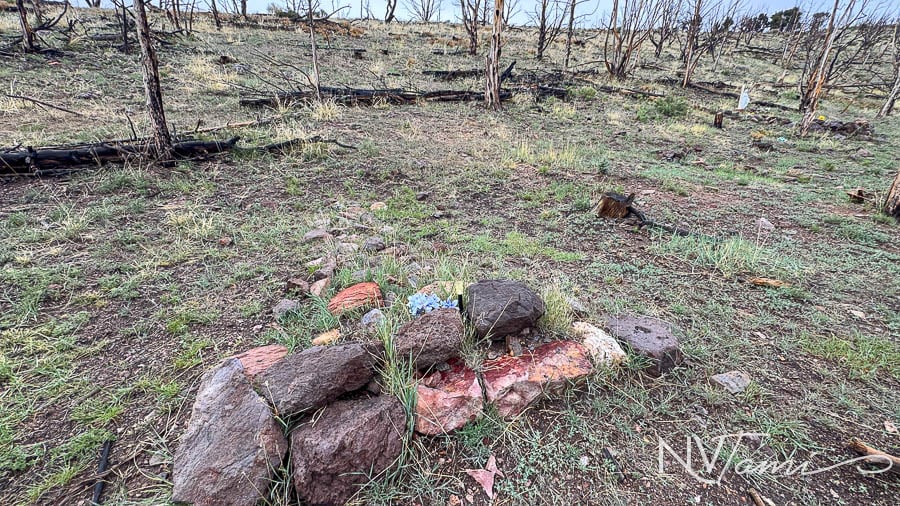
In 1911, J. H. Brown shot and killed J.R. Sams. Brown operated a Saloon at Fay and had issues with Sams paying his tab. Sams was buried in the Fay Cemetery.
Mining declined in 1915, but several miner strikes kept the town alive until 1924. Sadly, aside from a few headstones at the cemetery, wildfire destroyed Fay.
Gold Springs district mine
We came across a miner’s cabin along our route.
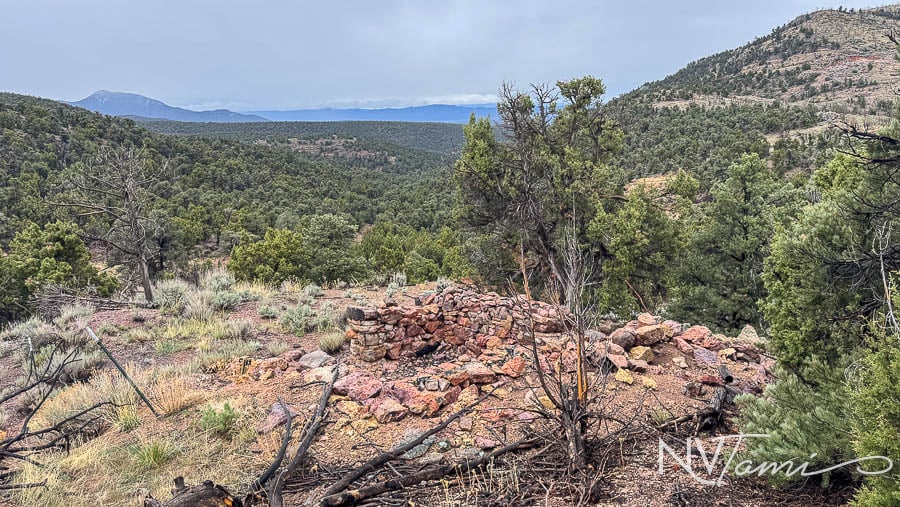
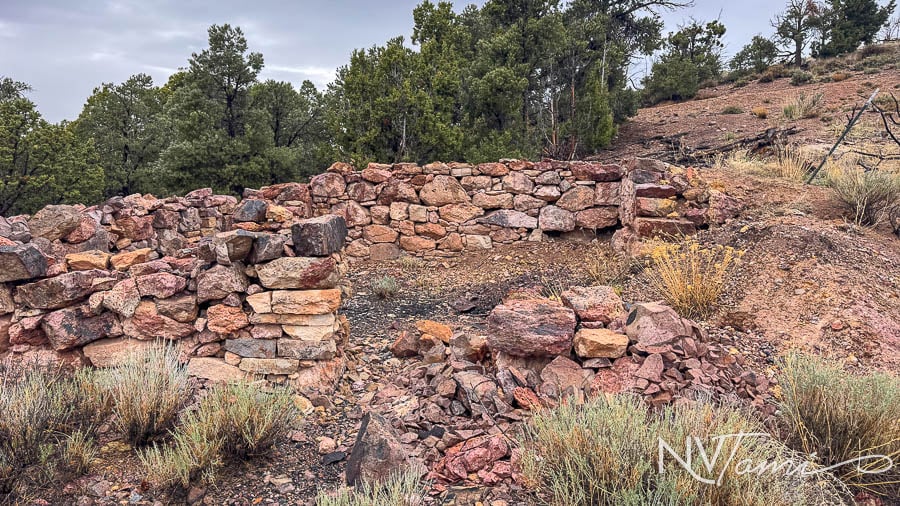

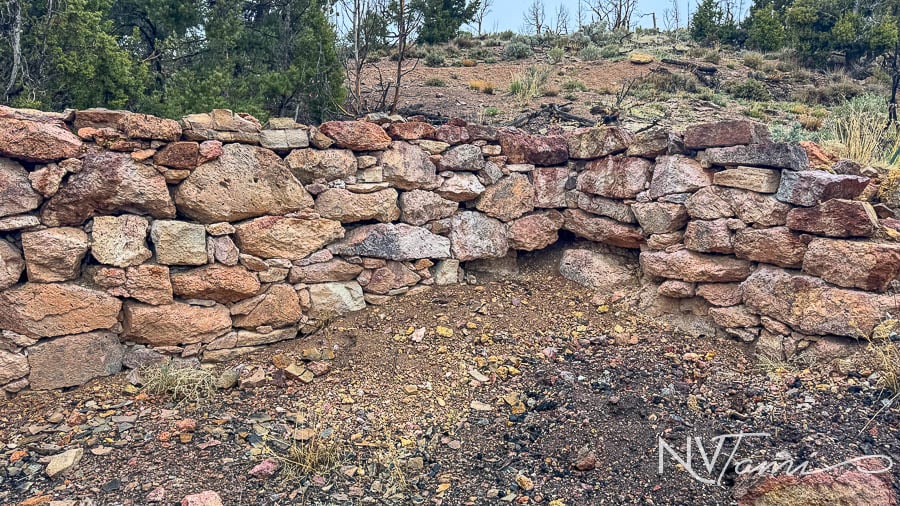
Jennie Mine

The Jennie Mine was the largest producer in the area. The mill had a 100-ton-per-day capacity. Sadly, the mill was destroyed, reportedly by the government.
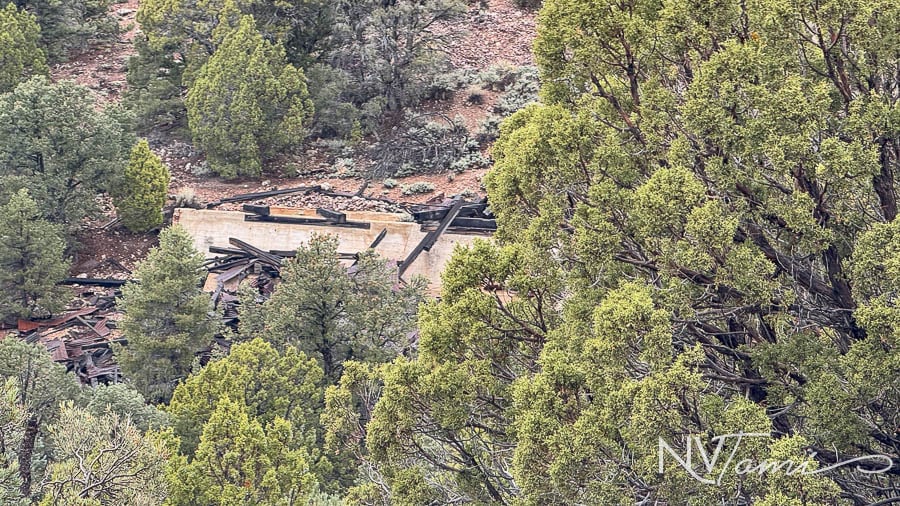
Gold Springs Utah

Prospectors discovered gold in 1896, and the camp of Gold Springs grew. Gold Springs was modern, with electricity, water and phone lines. The town declined with the financial crisis of 1907. Mining companies couldn’t pay the employees and businesses boarded up. The town was abandoned by 1910, but had revivals from 1917 through the 1940s.
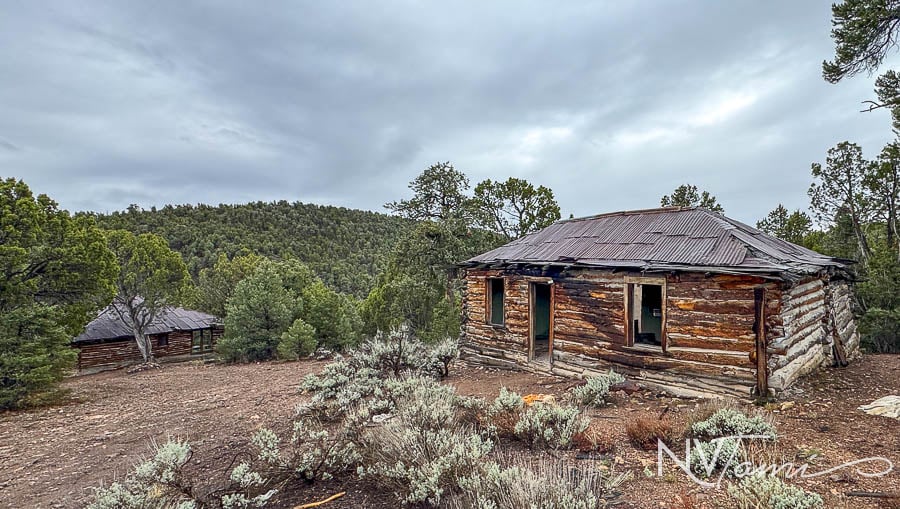
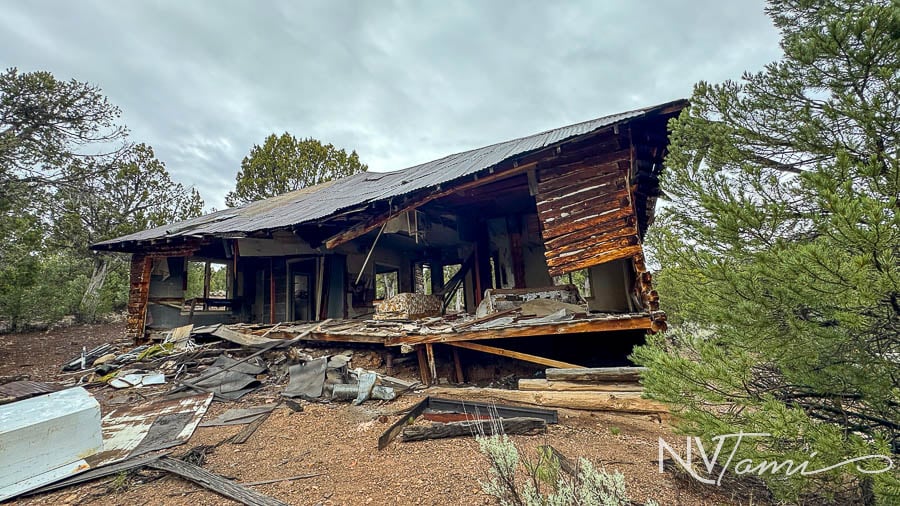
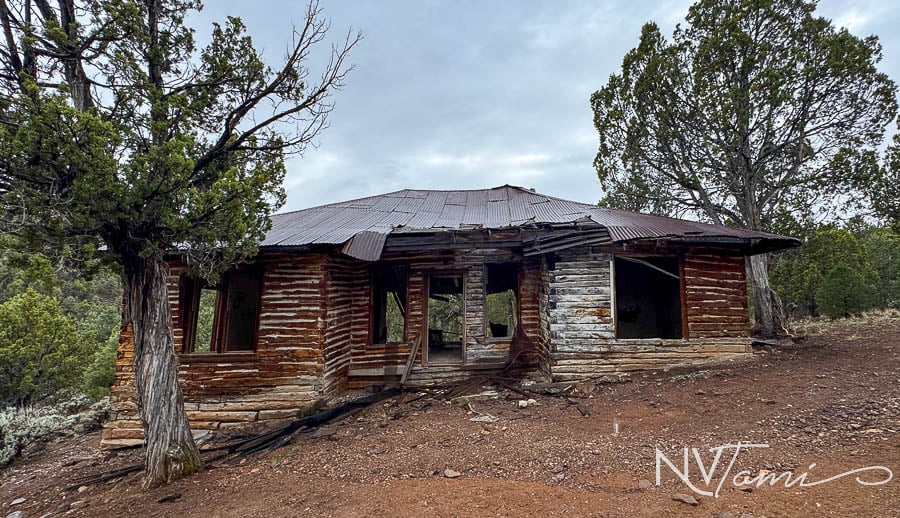
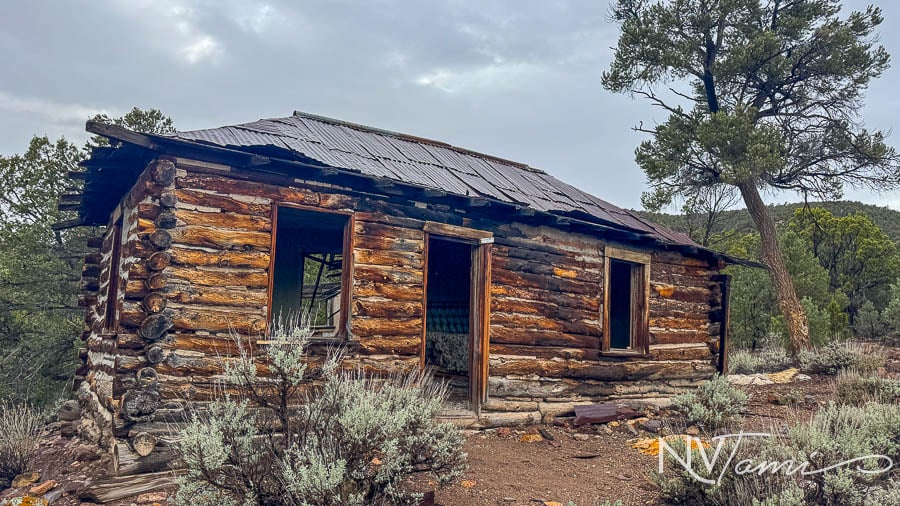
Aetna Silver Mine

Aetna was worked in the early 1900s. The mine includes a shaft and two levels.
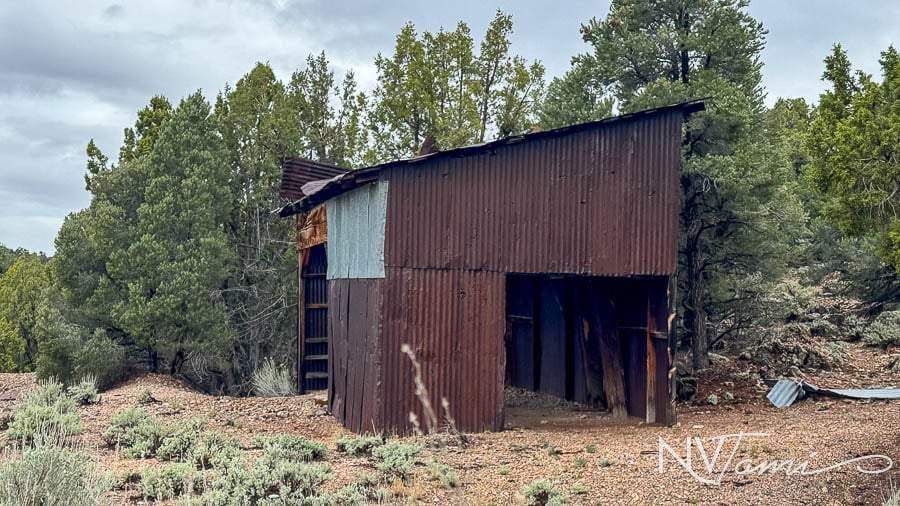

Modena Utah
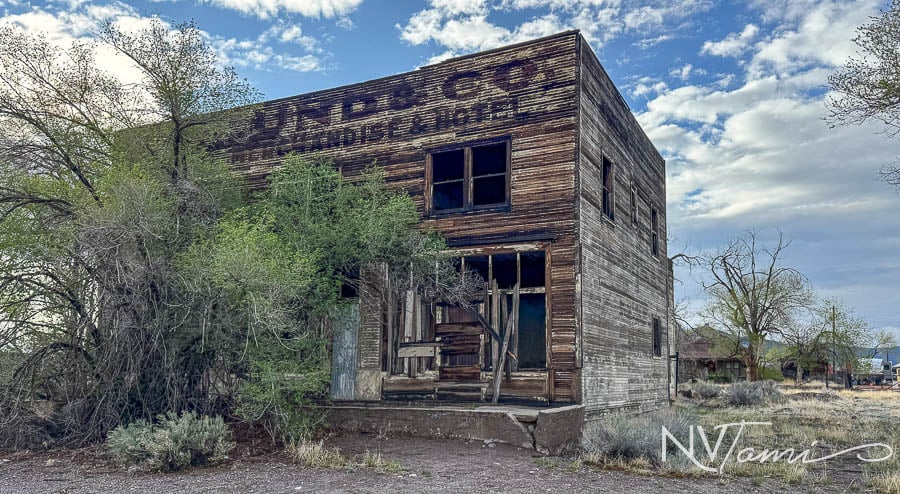
With the arrival of the Utah and Nevada Railway, Modena became a water stop fed by Desert Spring. The San Pedro, Los Angeles and Salt Lake Railroad assumed the line, and later the Union Pacific. Modena was the closest railroad to towns such as St. George and Pioche, as well as local mining operations. Investors seized the opportunity to establish supply businesses.
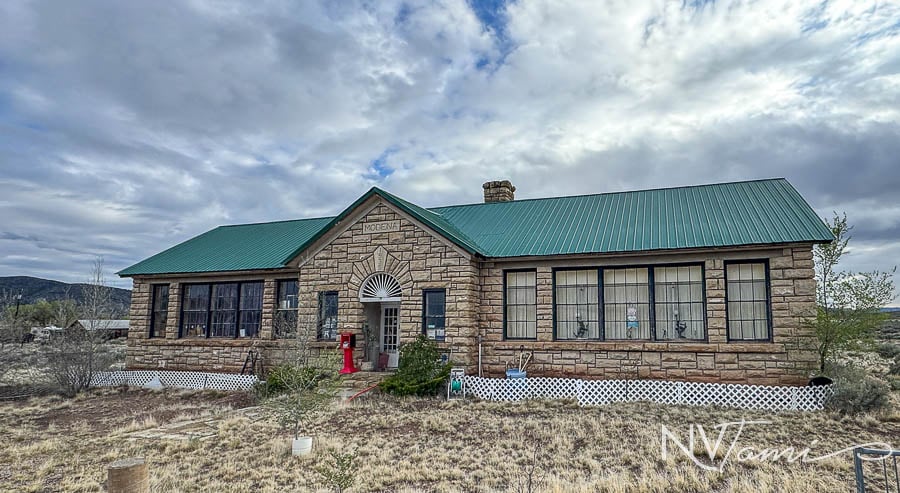
As water stops became unnecessary for trains, Modena declined.
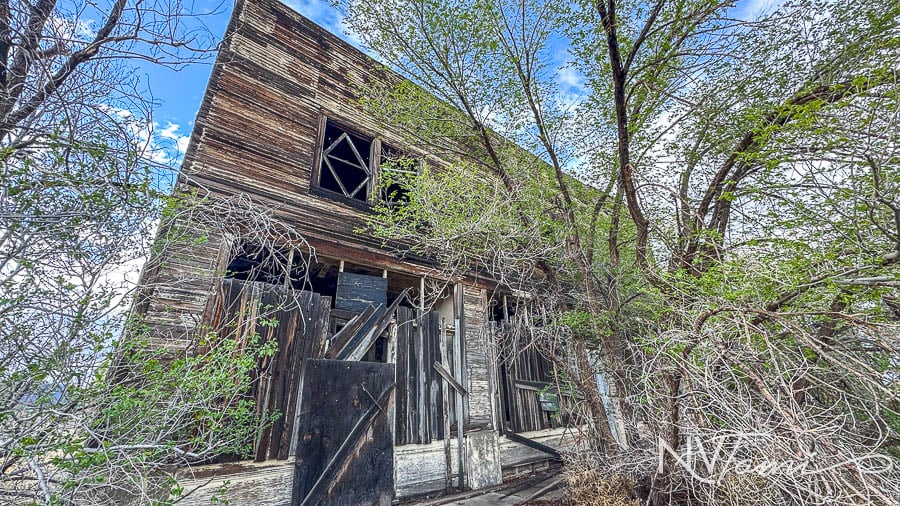
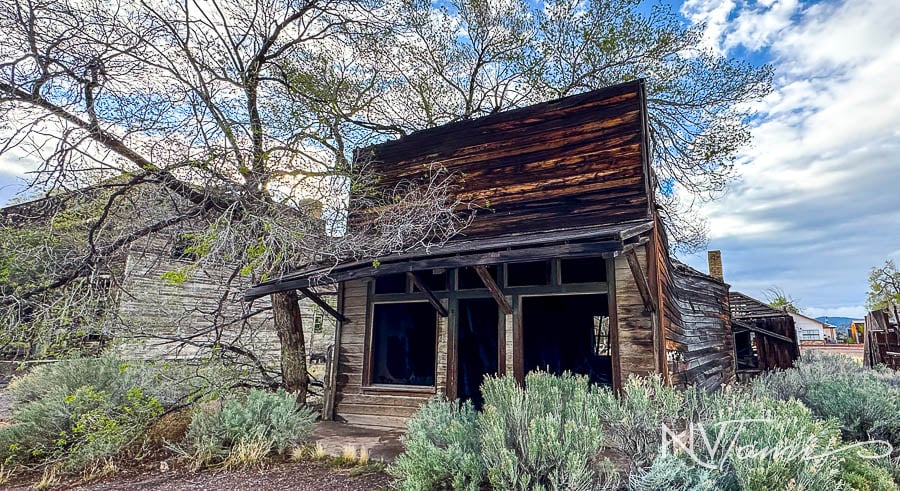
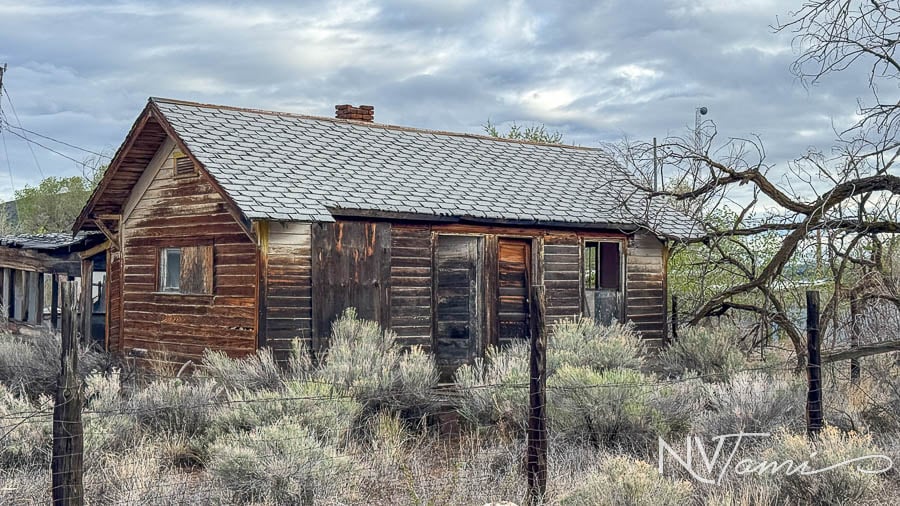
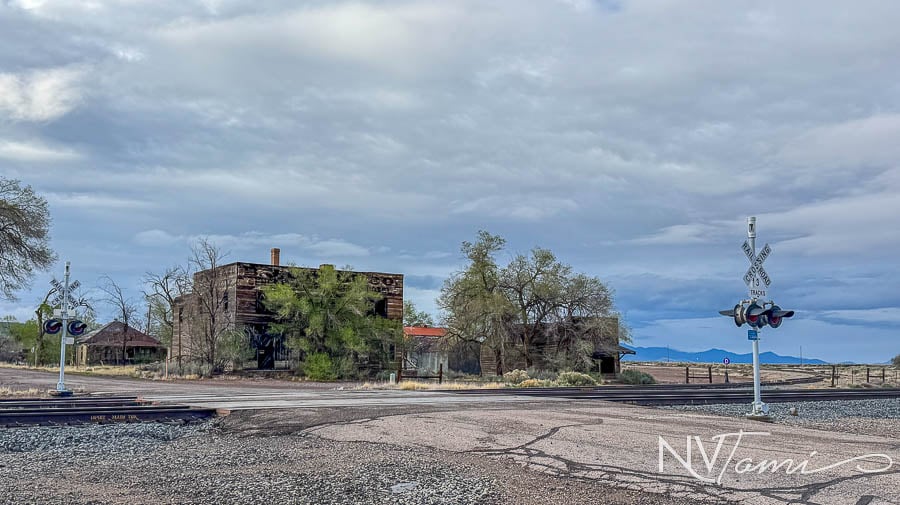
Caliente
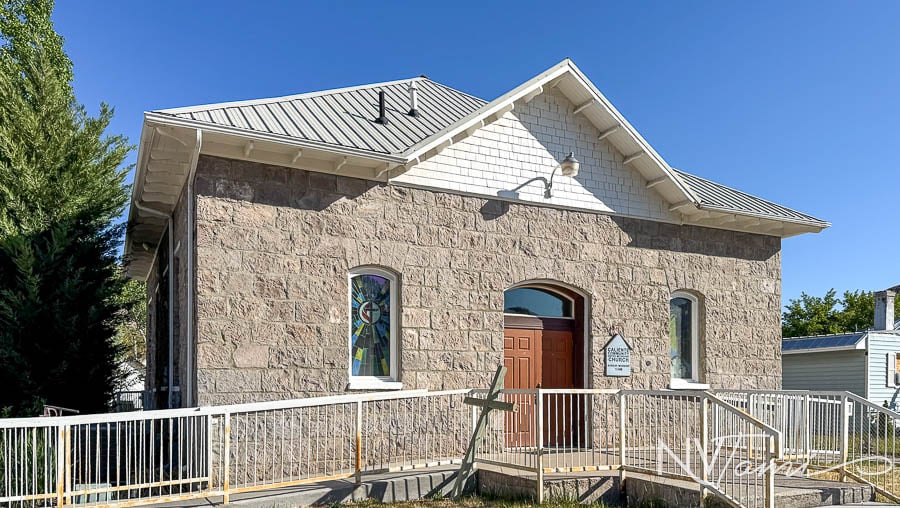
Caliente started as Culverwell or Culverwell Ranch. It was renamed Calientes due to the local hot springs. The “s” was dropped in 1901 when the Caliente post office opened. The town grew to a population of 1755 in 1910 and over 5,000 by the 1920s; it was the largest town in Lincoln County.
Today, it serves as a great base for exploration and is most notable for the iconic Caliente Station, which features multiple historical buildings dating back to the early days.
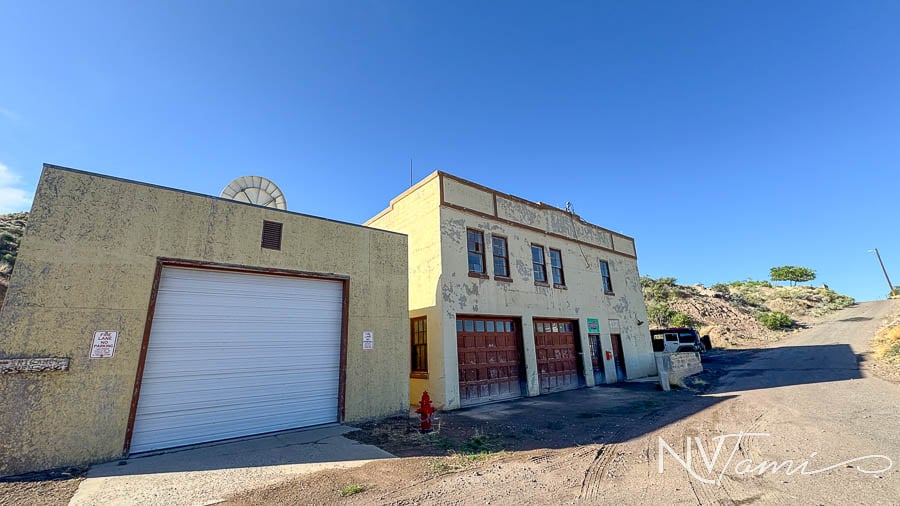
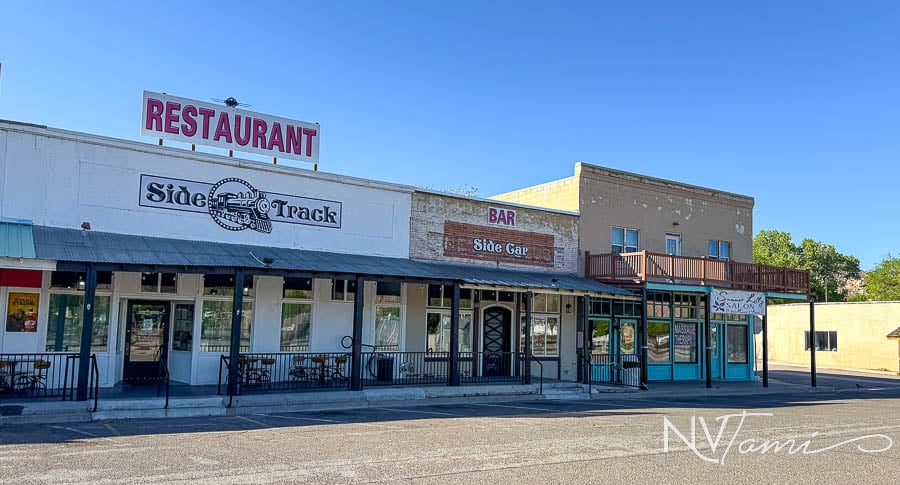
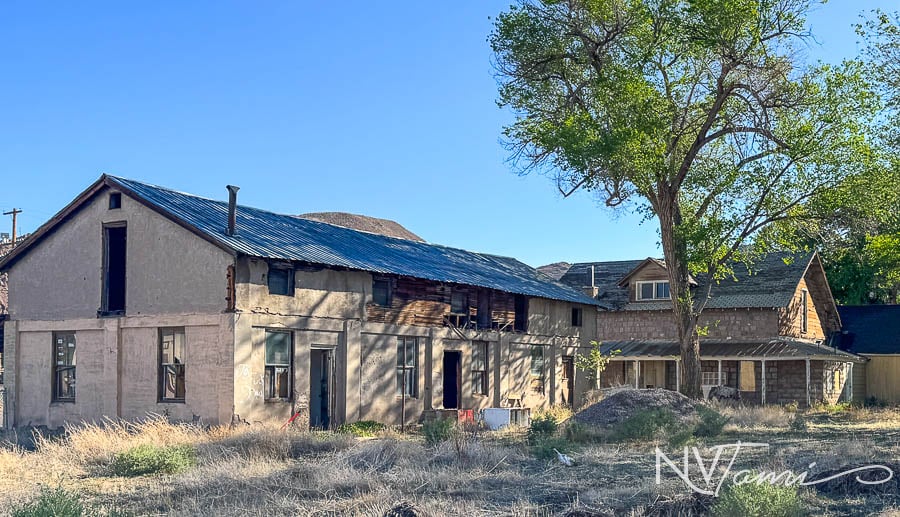
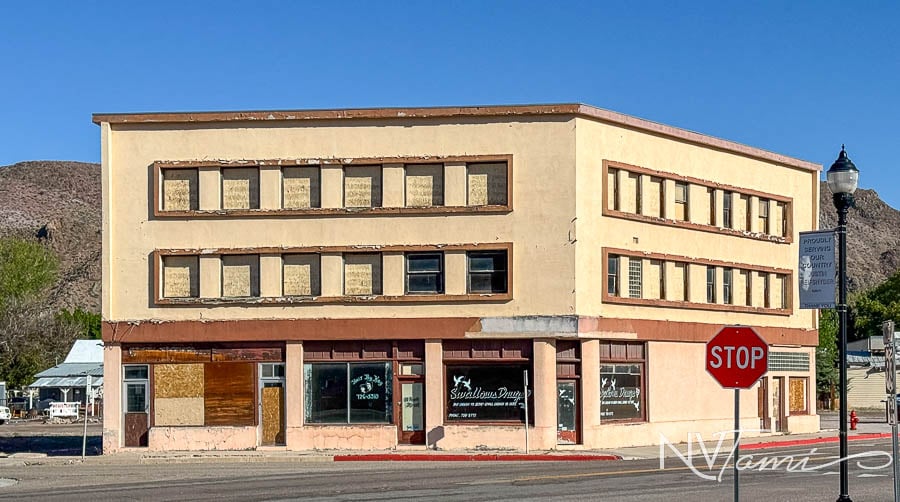
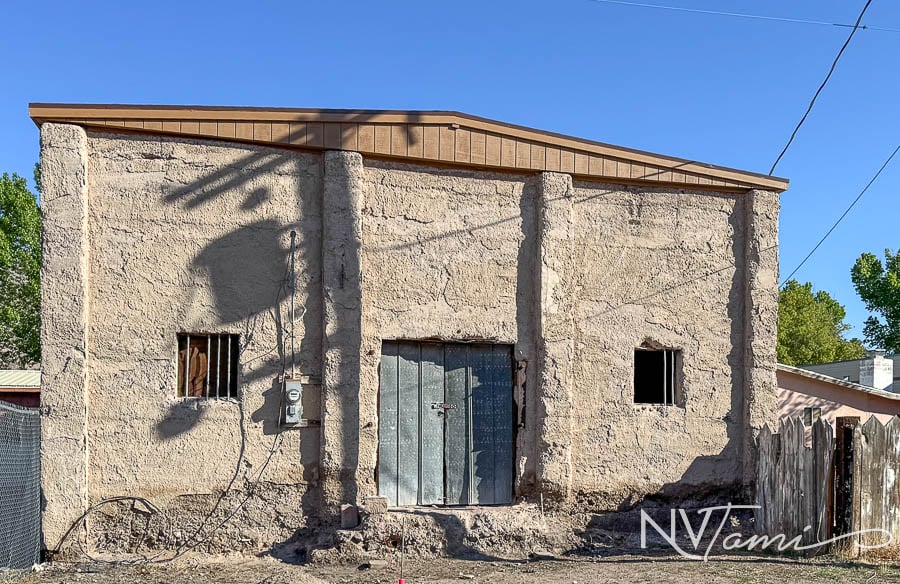
Caliente Station
When I heard they were painting the 1923 station yellow, I was more than a little concerned. The few pictures I saw online made me even more dubious about the color choice.

The Los Angeles & Salt Lake Railroad built the station in 1923. Later purchased by Union Pacific, the line runs between Los Angeles and Salt Lake City. Downstairs were the passenger waiting rooms and offices, and upstairs was the 50-room hotel.
Our hotel was across from the station, so I was able to see it under various lighting conditions. The color is pleasant and fits the mission style. Caliente has done an amazing job restoring this piece of Nevada history.
I look forward to my next visit and hope to tour the inside. (This photo was at sunset and I did not edit the color of the station.)
Panaca Summit Charcoal kilns

Charcoal kilns once dotted Nevada. Converting wood into charcoal was a more efficient way of powering smelters. It burns slowly and hot and is lighter to transport. These kilns were constructed in the 1870s and fueled mills at Pioche and Bullionville.
Delmues/Engadine
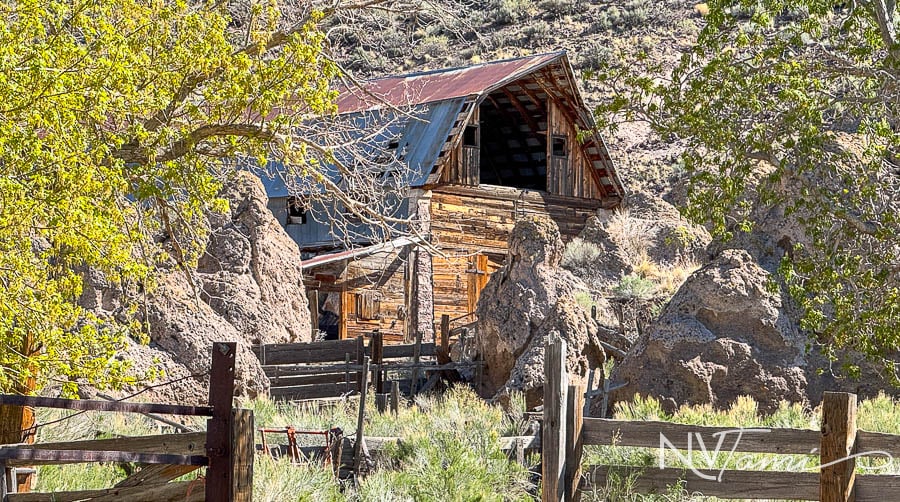
Delmues was a non-agency station on the Union Pacific Railroad. The site had been the Joseph Delmuesp in the 1870s. A post office opened under the name Engadine in 1097 but closed in 1914. The Civilian Conservation Corps was based at the Delmue Ranch in the 1930s.

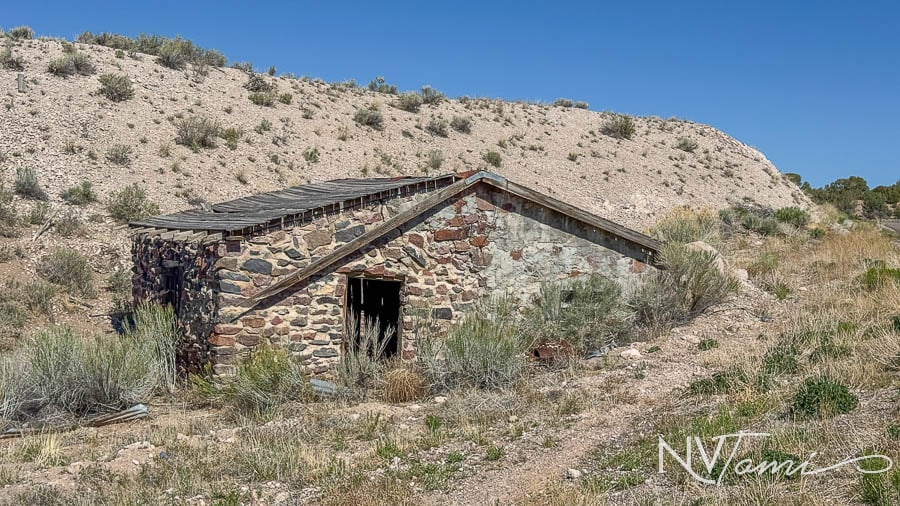

Pioche Godby Mill
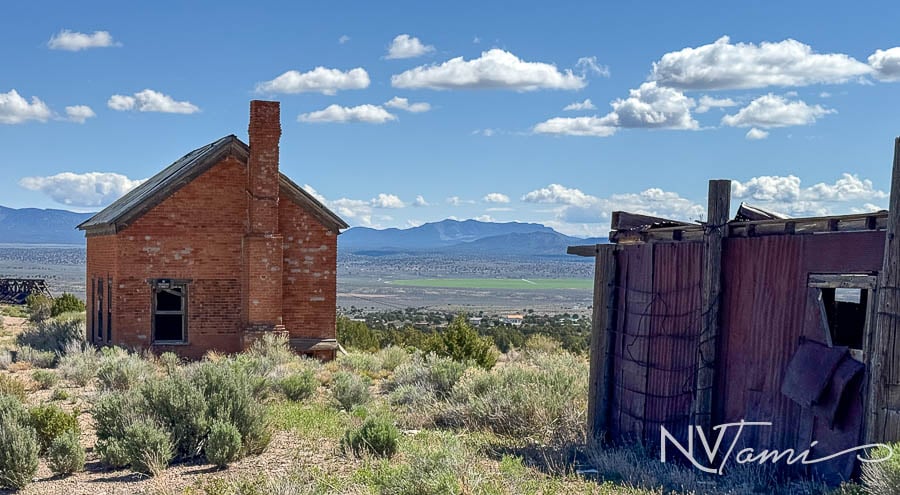
I tried to gain access to the Godby Mill, including the grounds, to get better pictures of the buildings. No luck so far, but I’ll try again next time. The Godby Mill, also known as the Pioche Consolidated Mill, was built in 1891. It processed ore not only from Pioche but also from many of the surrounding mines we visited.
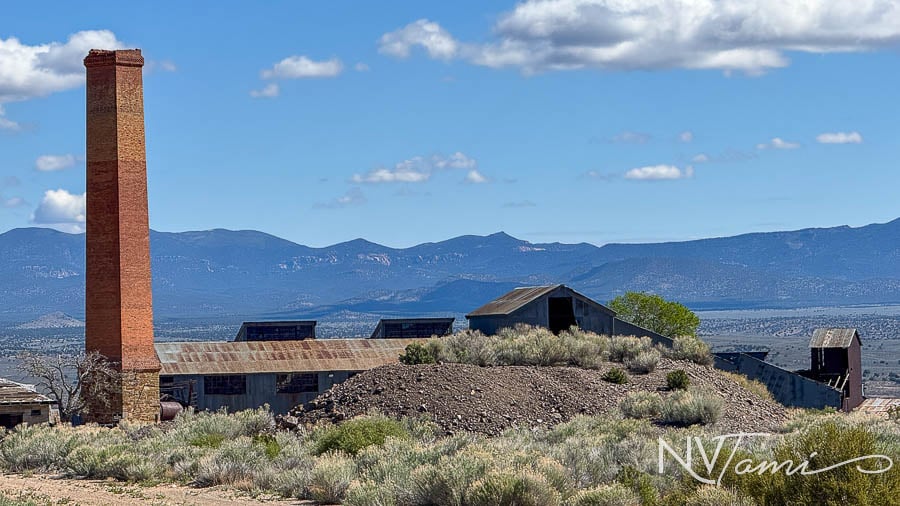
Ely Japanese cemetery
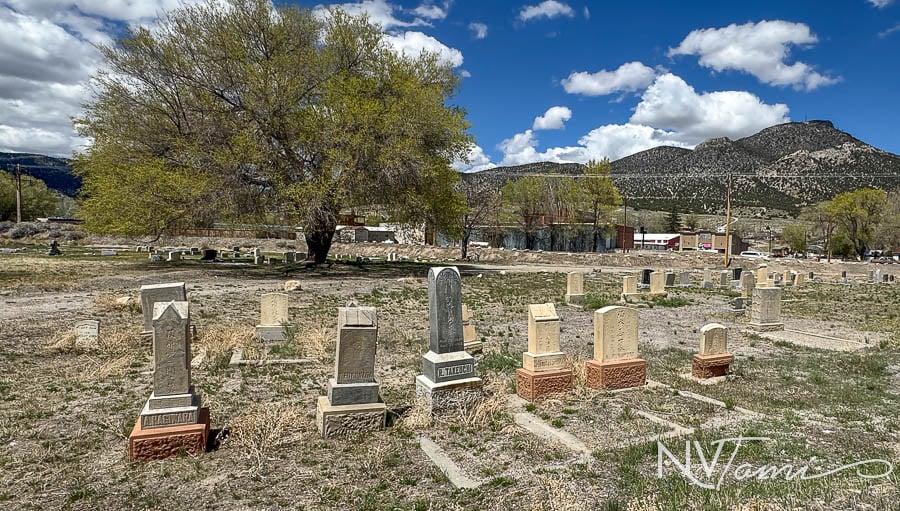
First-generation Japanese immigrants settled in White Pine County in the early 1900s. Many worked in Ruth and McGill, but lived in segregated housing. They did not work in the mines or mills but laid railroad tracks. Some opened businesses, including laundries and restaurants.
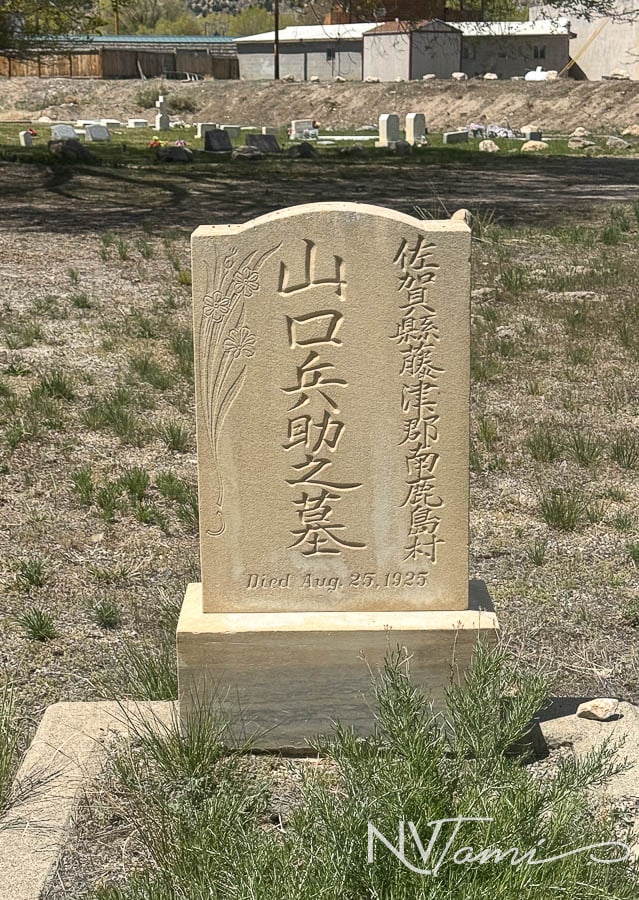
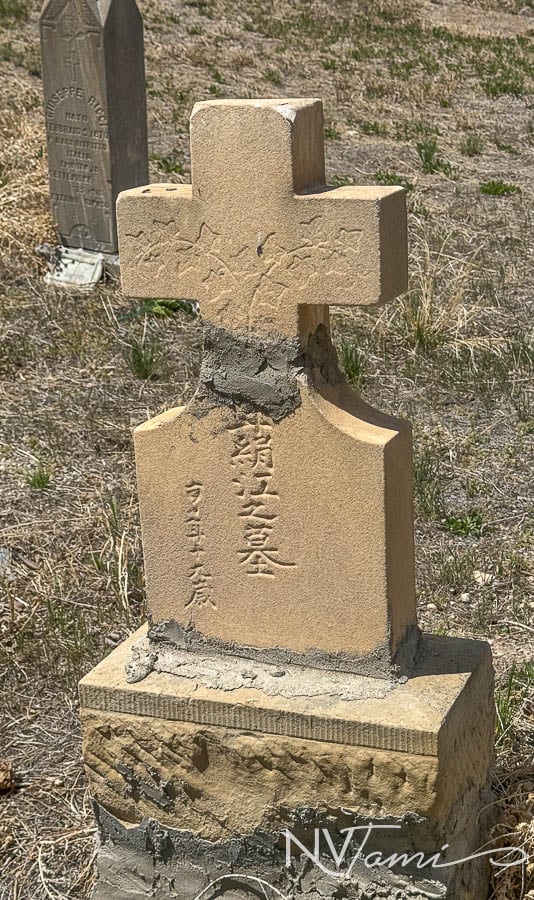
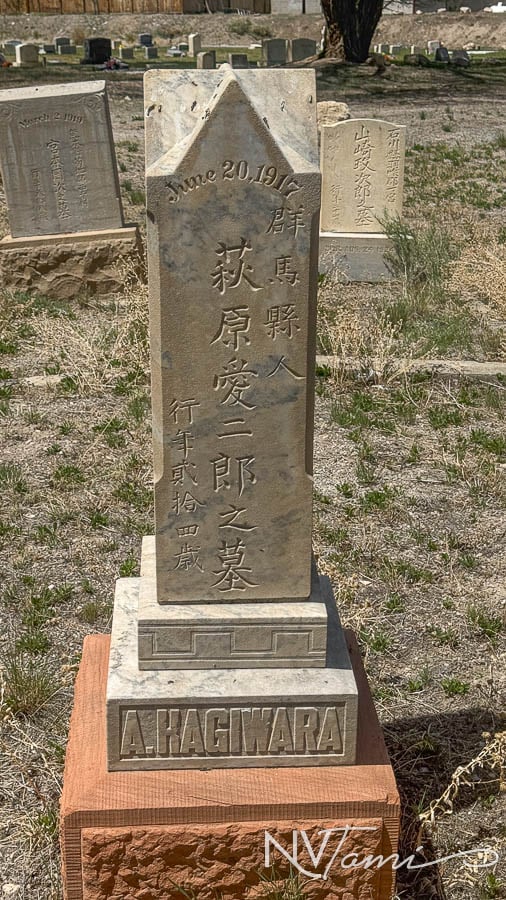
Nevada’s oldest brothel
I have been working on an article about prostitutes in the old days of Nevada. On the way out ot Ely, we drove past Nevada’s Oldest House of Ill Repute. No, I’m not starting an HBO mini-series.![]() I learned some interesting things in research, including that many prostitutes were married.
I learned some interesting things in research, including that many prostitutes were married.
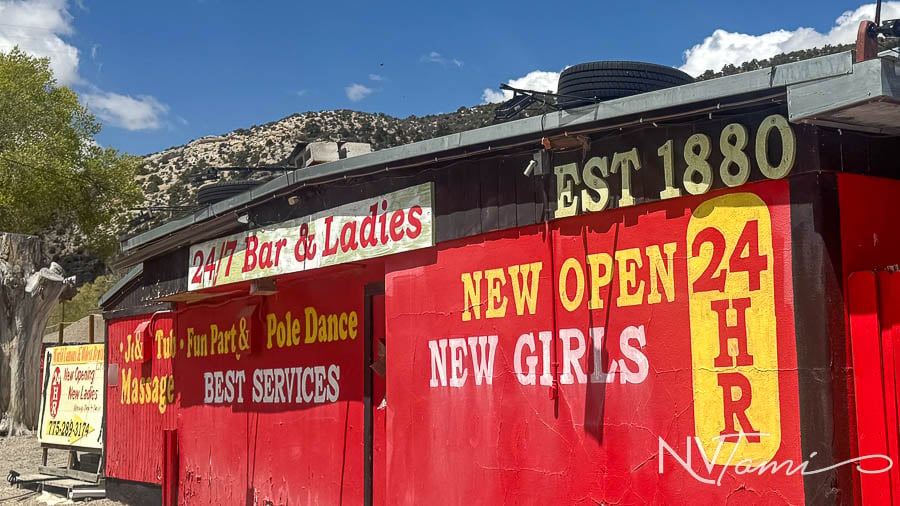
Big Four Ranch opened in 1880 and is said to be Nevada’s oldest brothel. Brothels had a madam who oversaw the prostitutes and collected payment. Prostitutes could see up to twenty-five men a night. Half of their earnings went to the house. Brothels issued tokens, which patrons could use to purchase services.
New Ruth
Ruth started in 1903 to house employees of the White Pine Copper. It is named after Ruth McDonald, whose father discovered the original copper claim. Production boomed with the arrival of the Nevada Northern Railway. By 1910, Ruth moved to allow for the expansion of the open-pit mine.
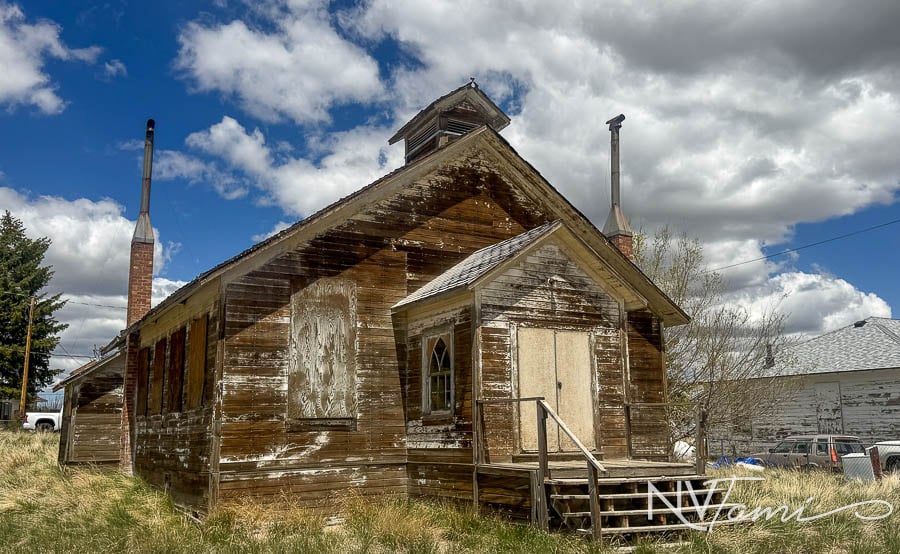
Ruth was a company town that included housing and a hospital, but they did not allow saloons or brothels. In the 1950s, the company sold houses, providing employees with an opportunity to own their own homes.
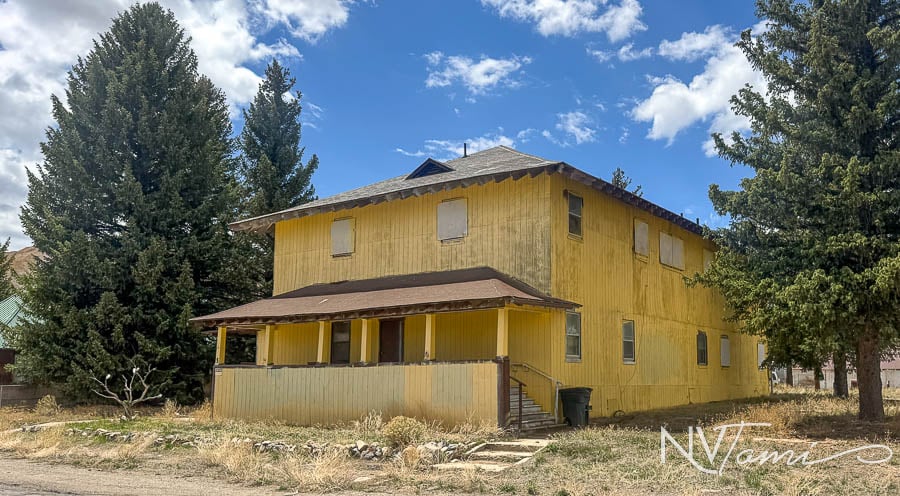
Ruth moved again to expand the Deep Ruth Mine. The mine closed in 1978 and the school in 1986. Several revivals of the mine occurred. New Ruth includes some of the buildings from the previous town sites.
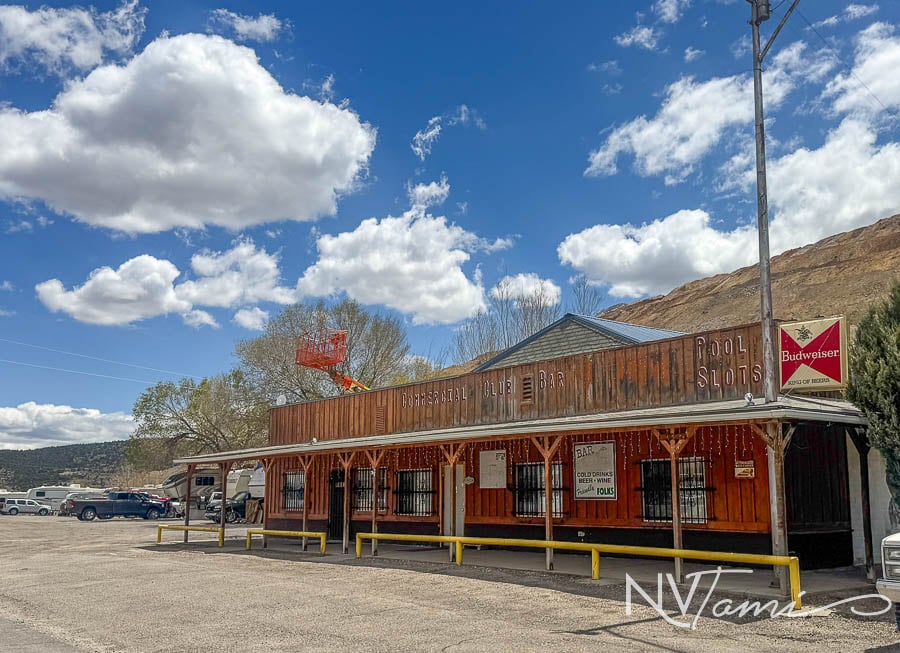

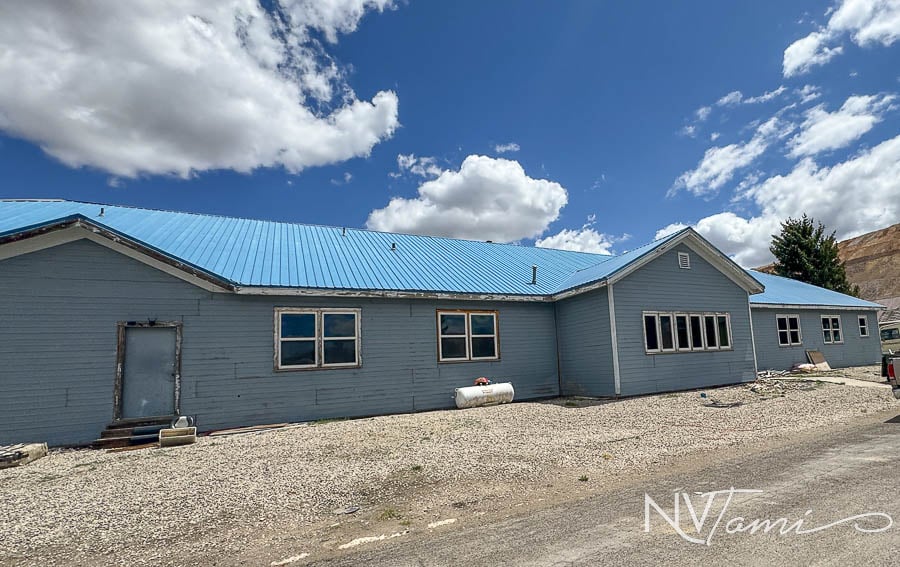
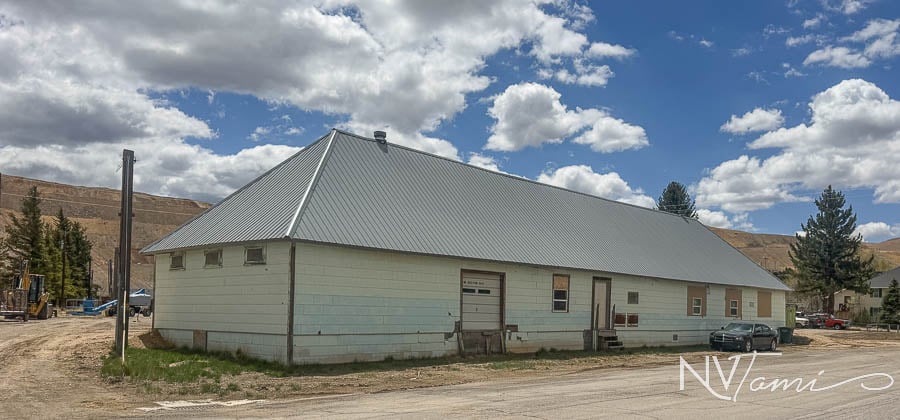
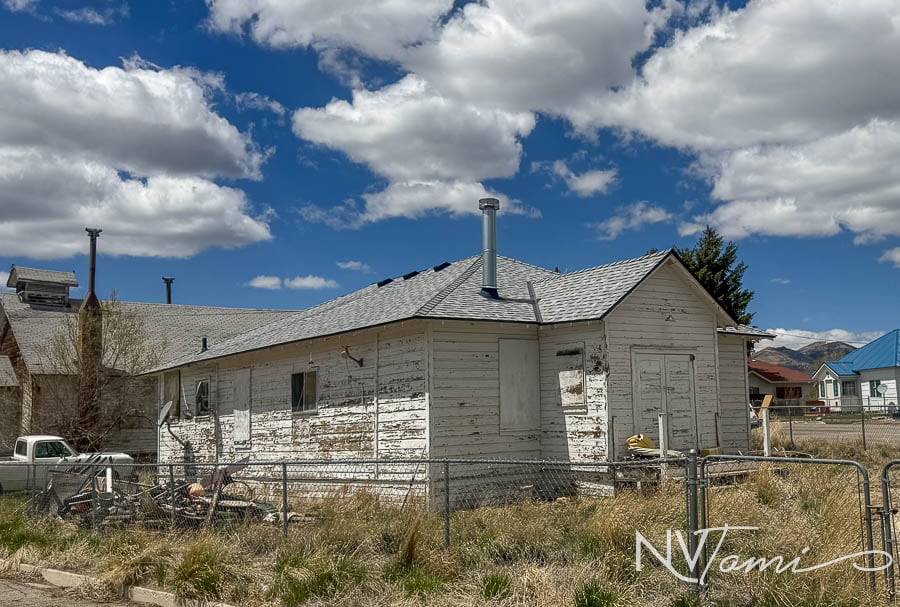
WANT MORE GHOST TOWNS?
For information on more than five hundred ghost towns in Nevada & California, visit the Nevada Ghost Towns Map or a list of Nevada ghost towns.
Learn about how to visit ghost towns safely.

References
Follow me on social media:
Anonymous says
Wonderful article! Loved the photos too! Thank you.
Tami says
Glad you enjoyed it!